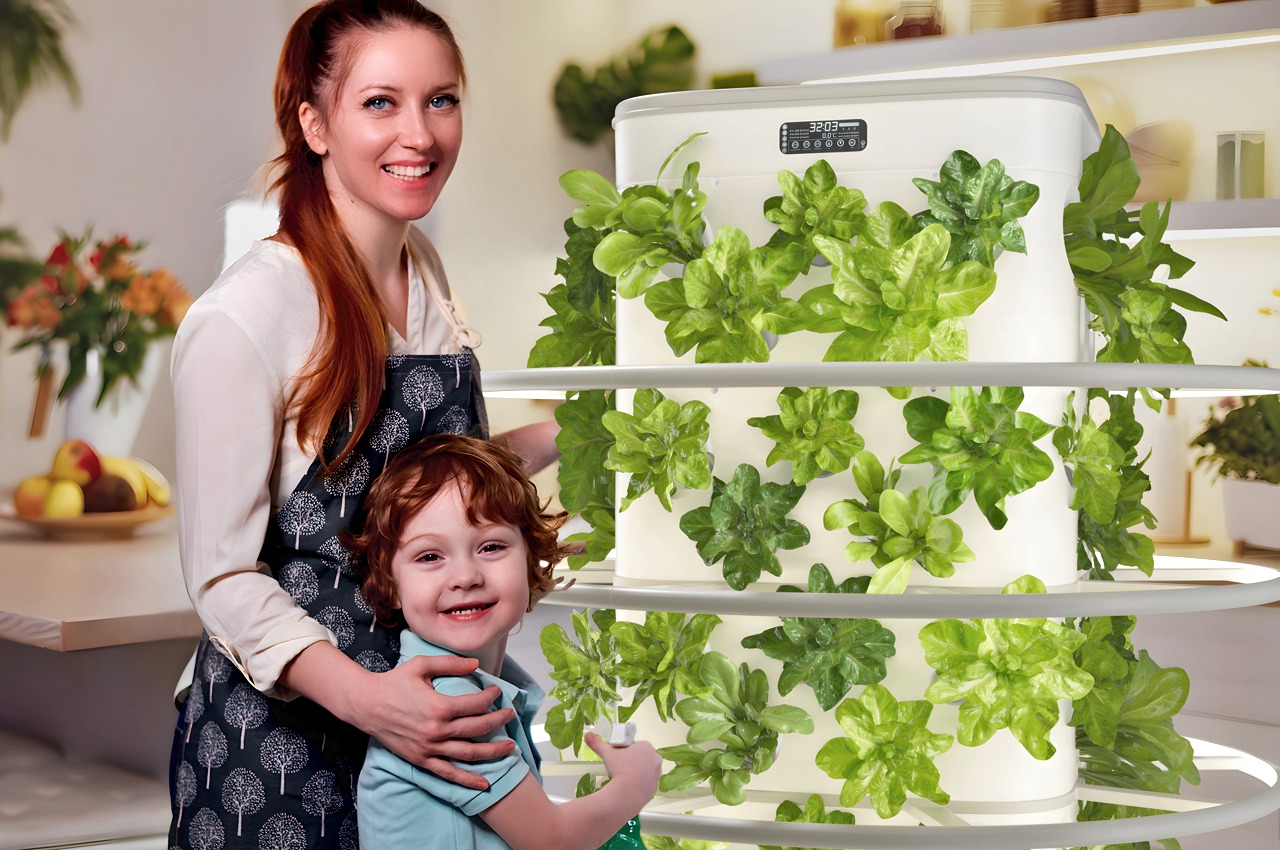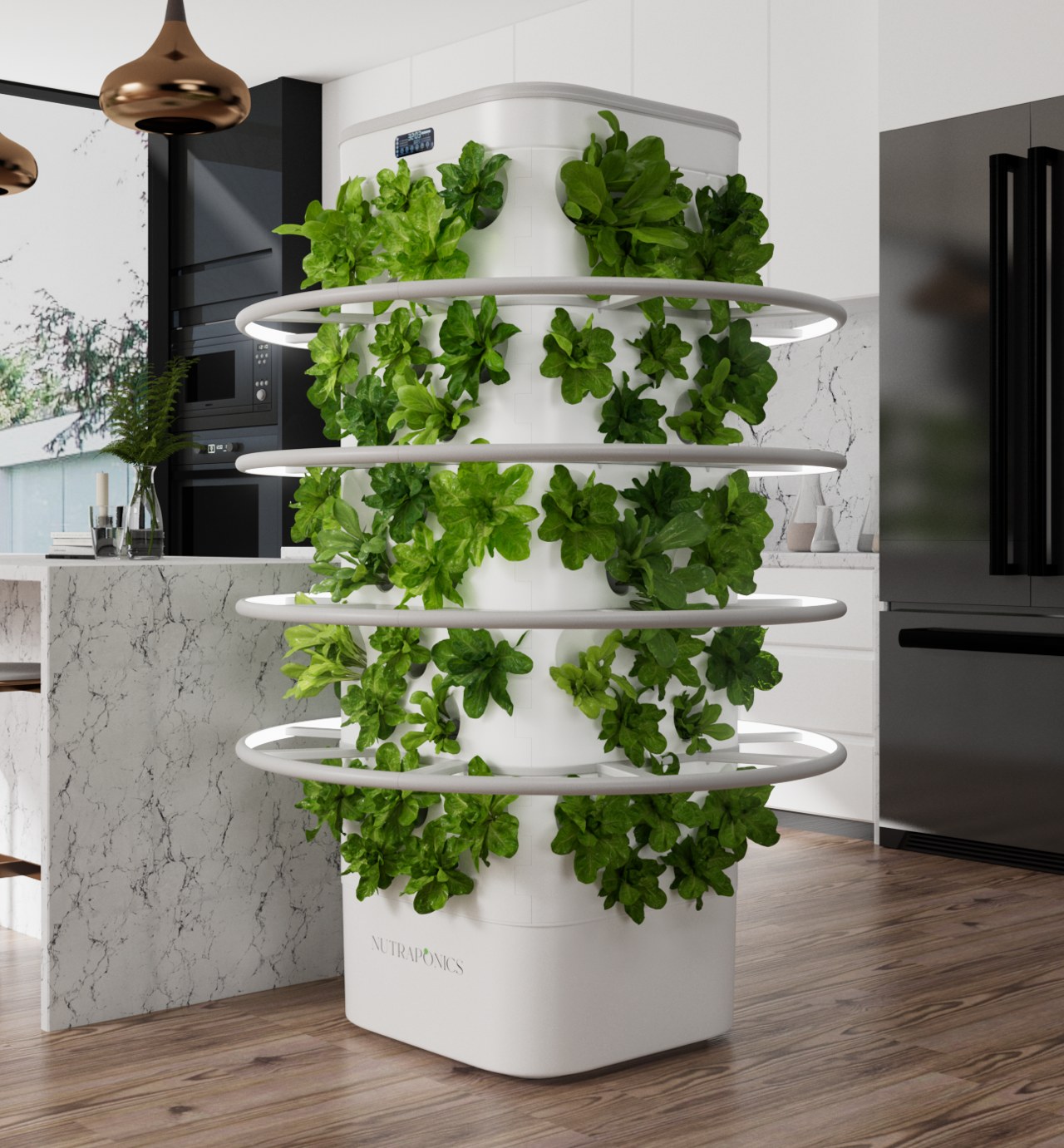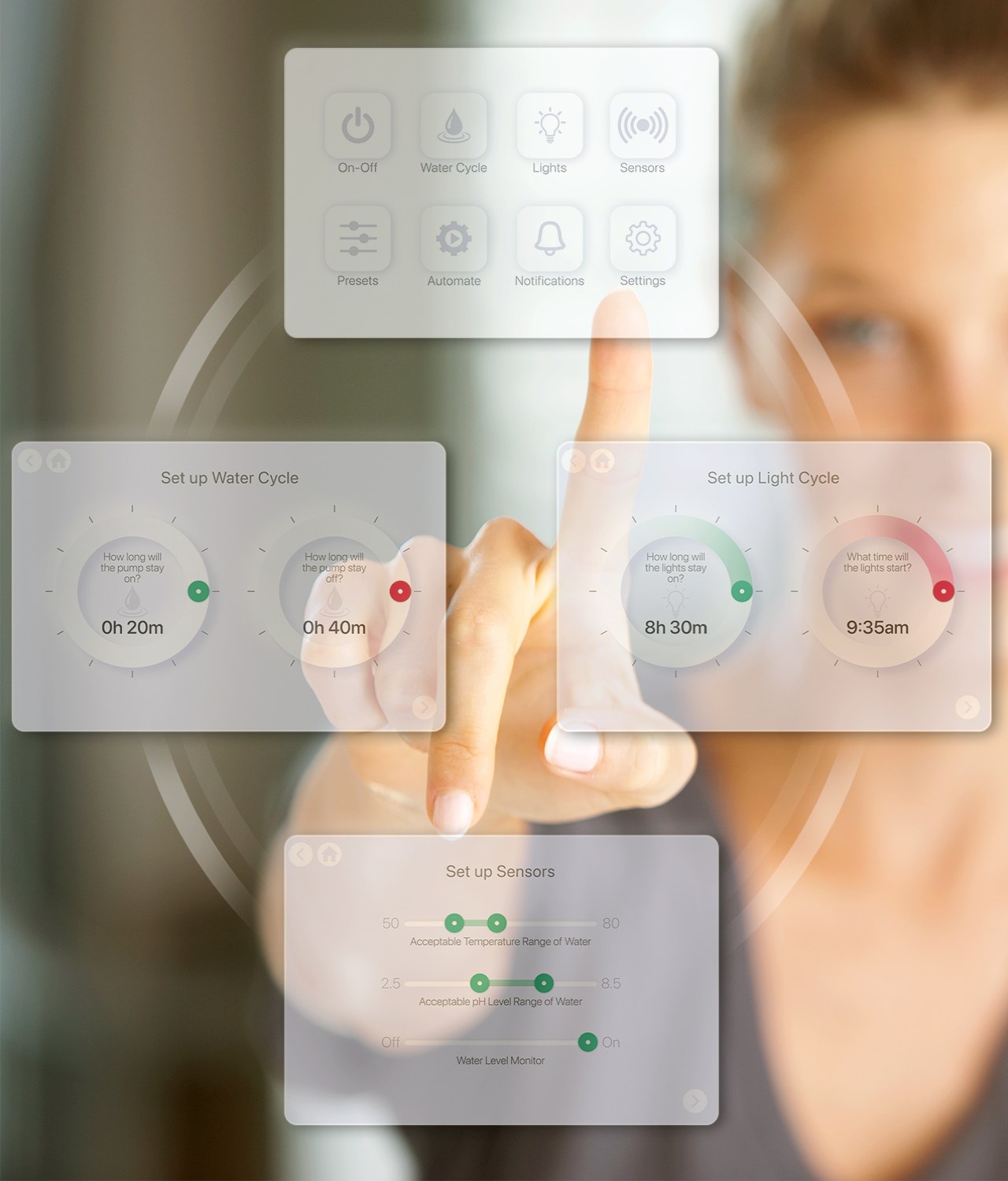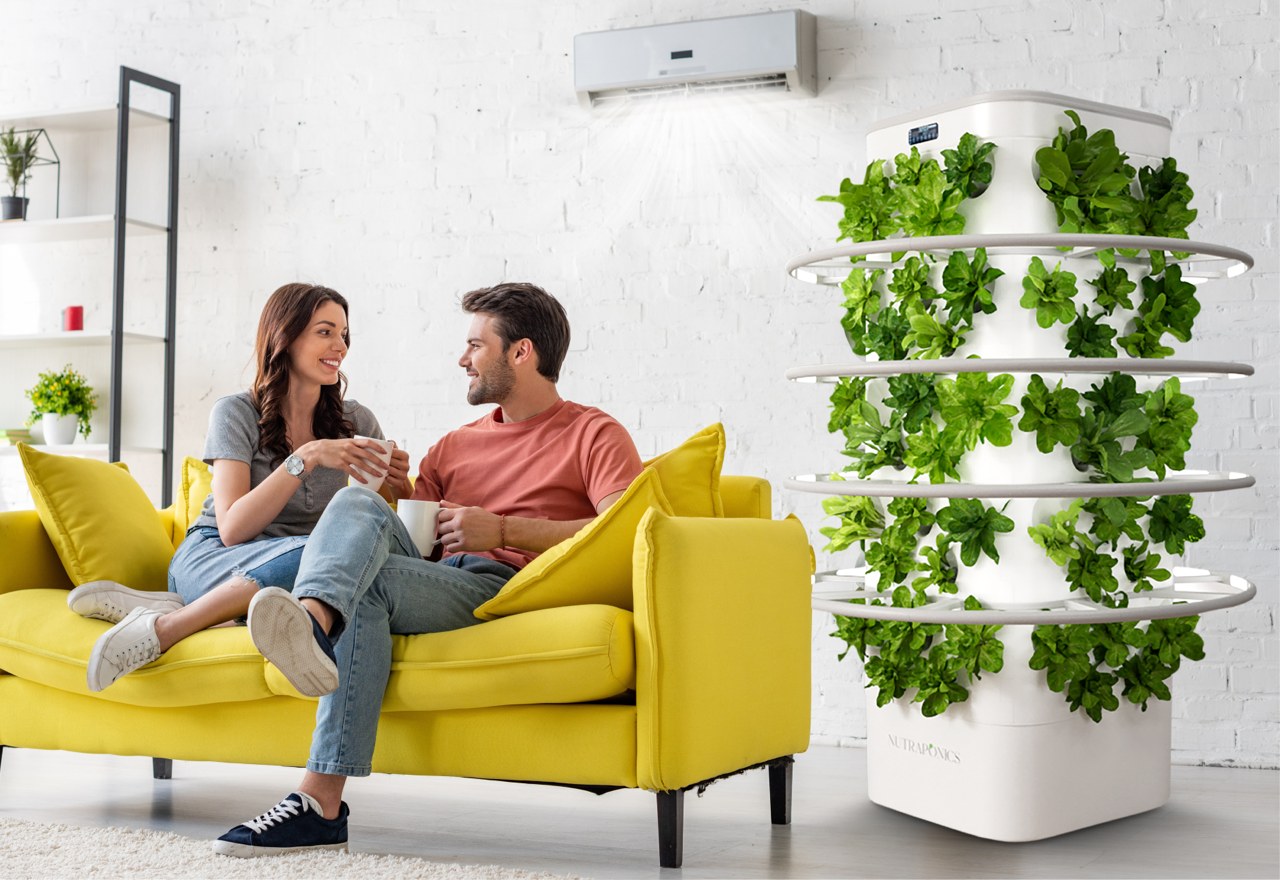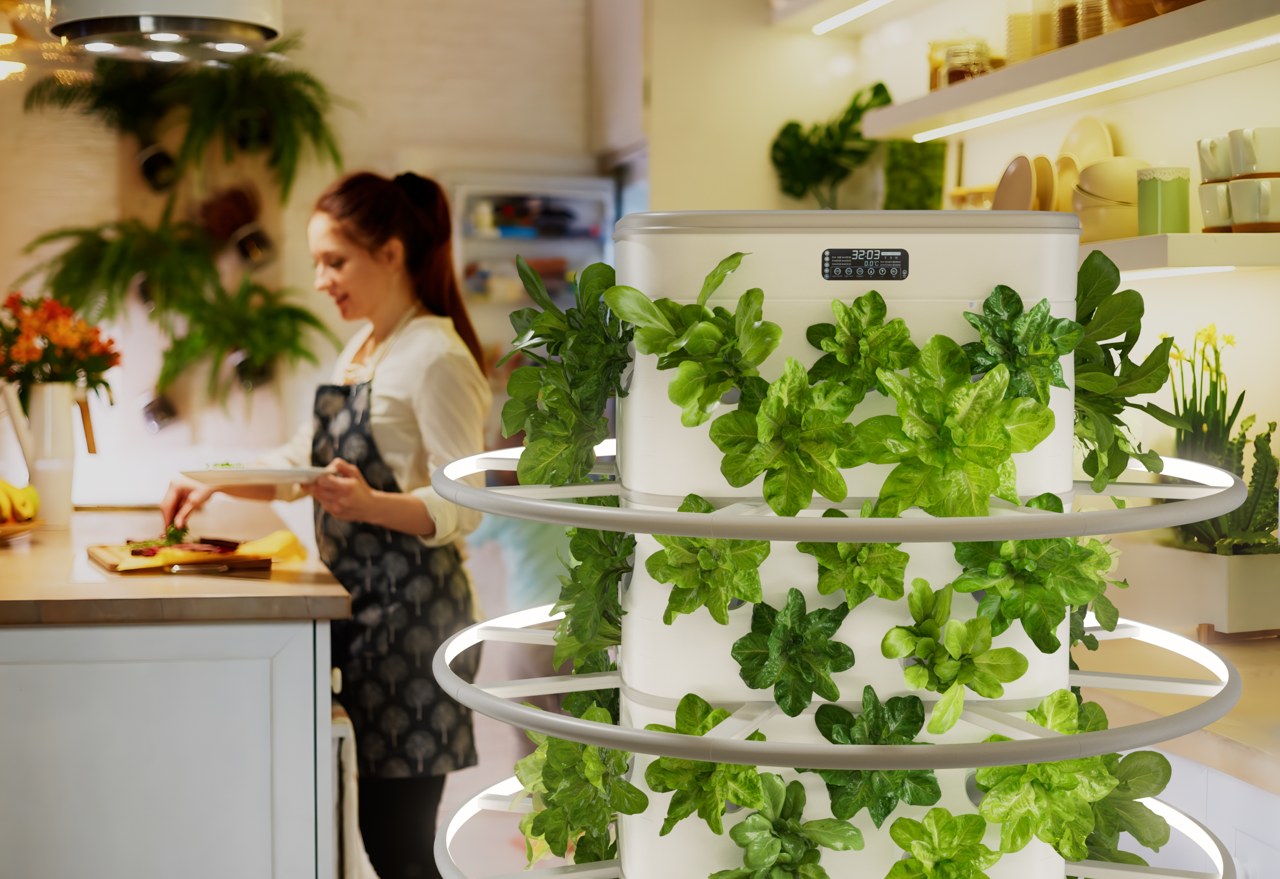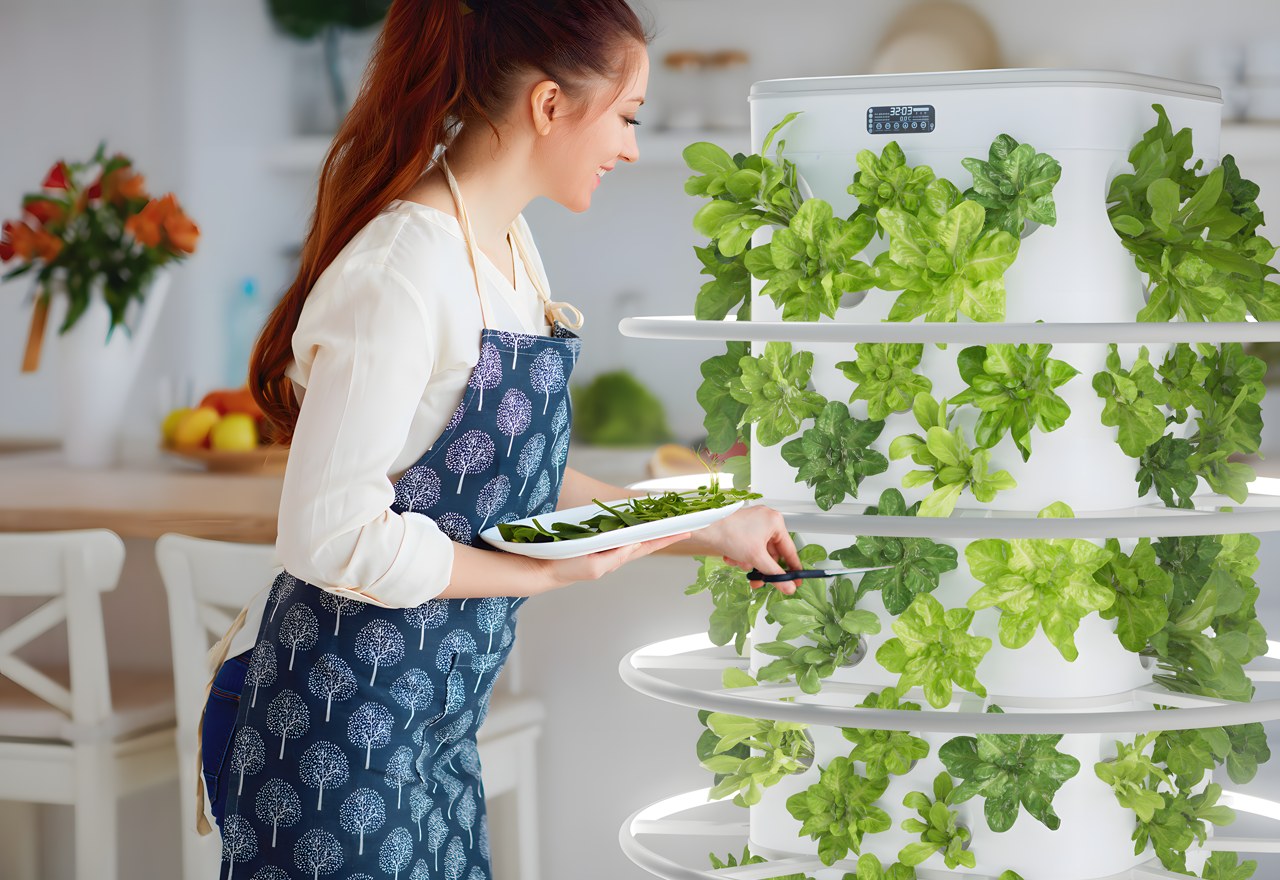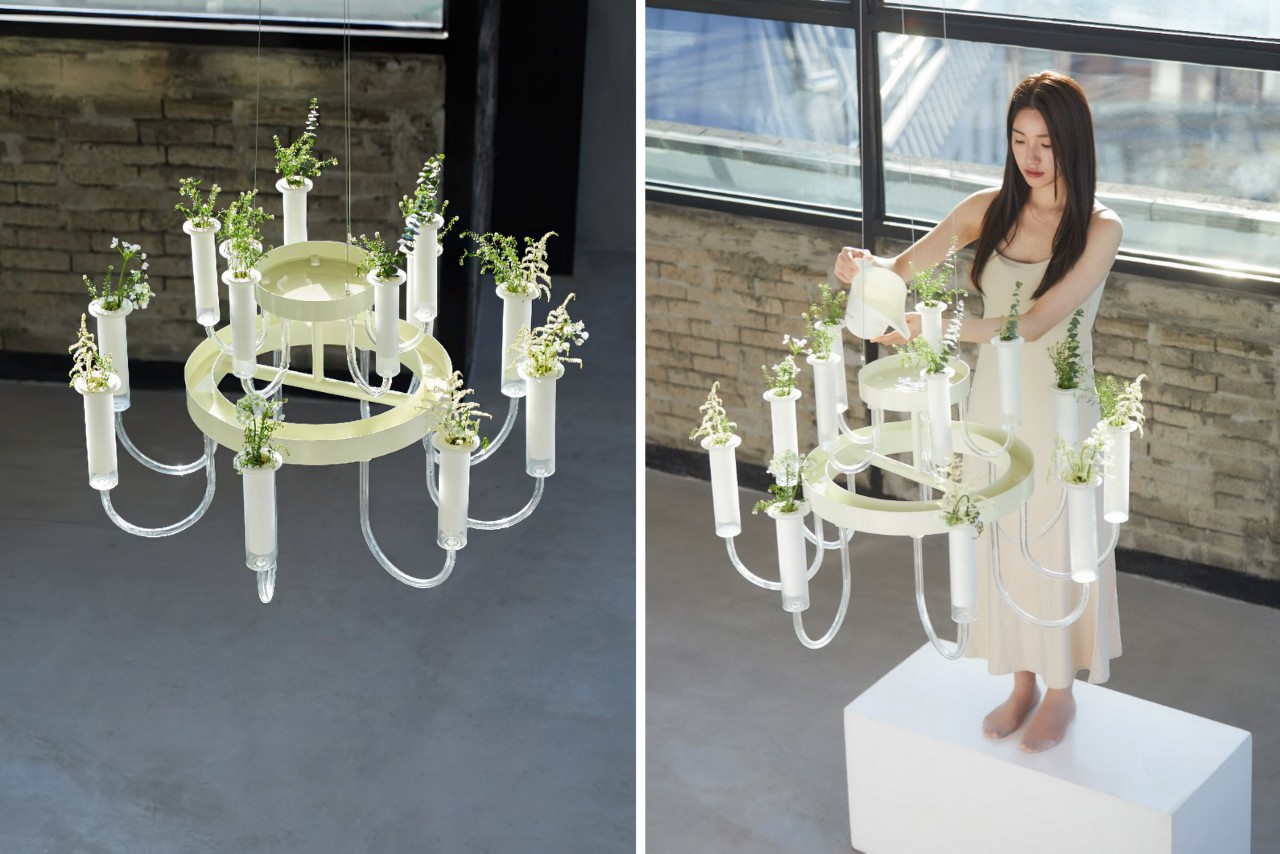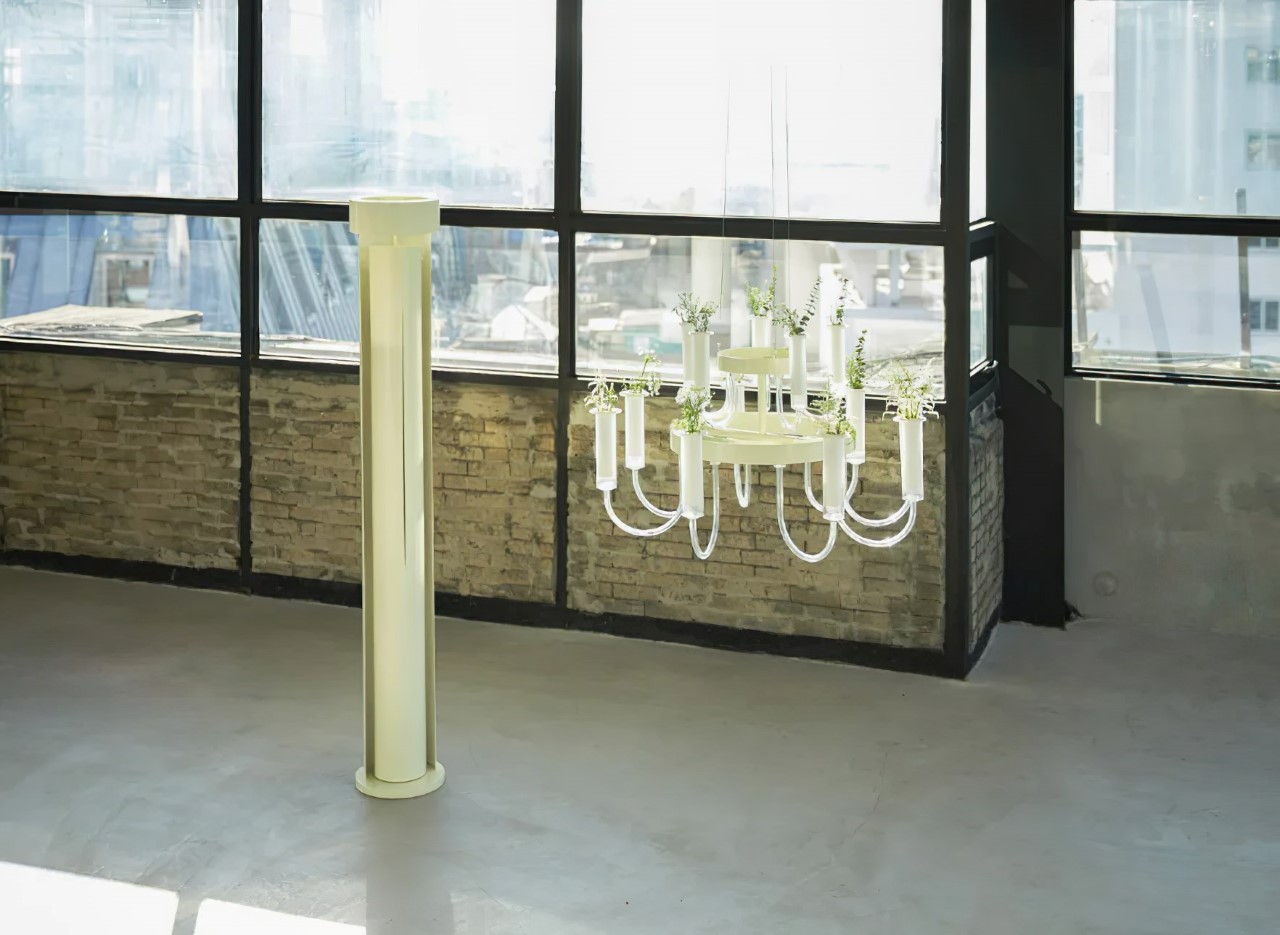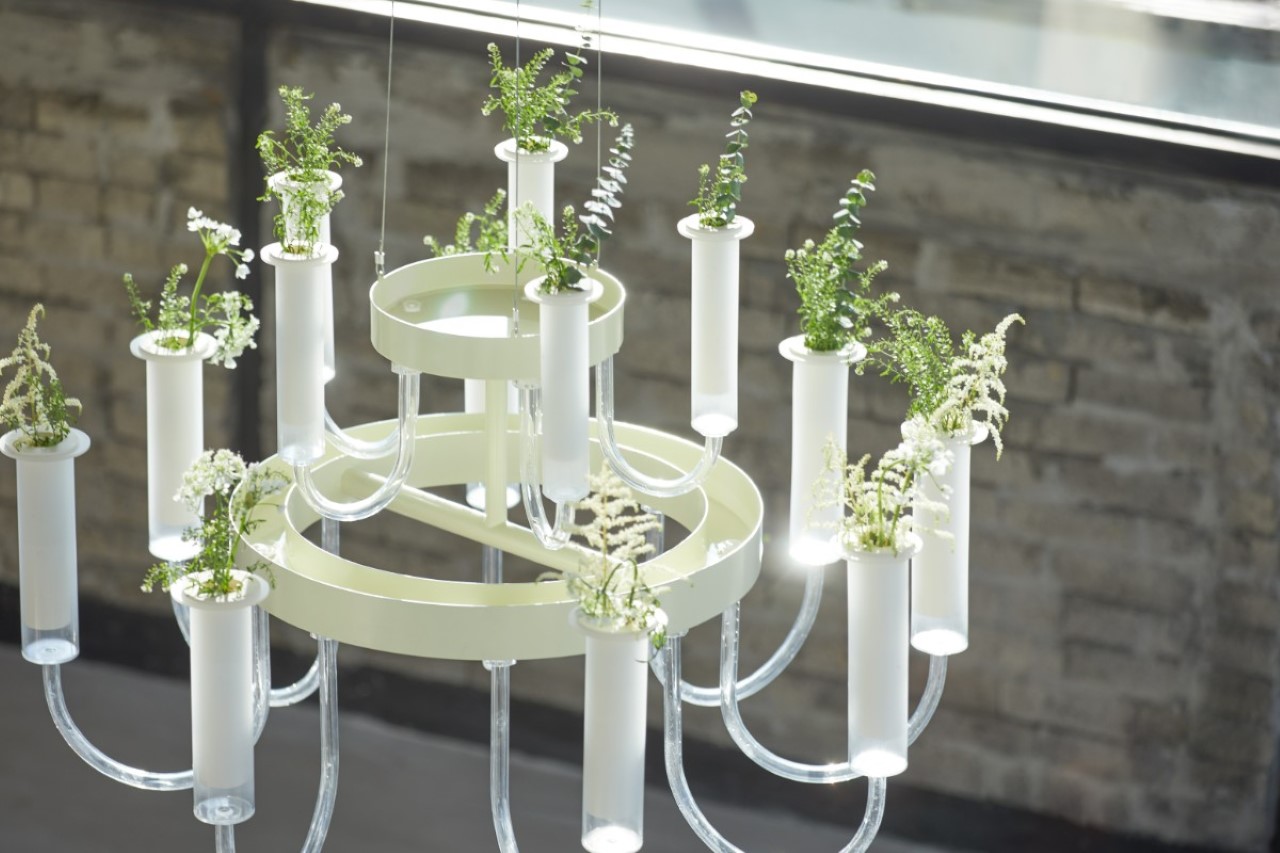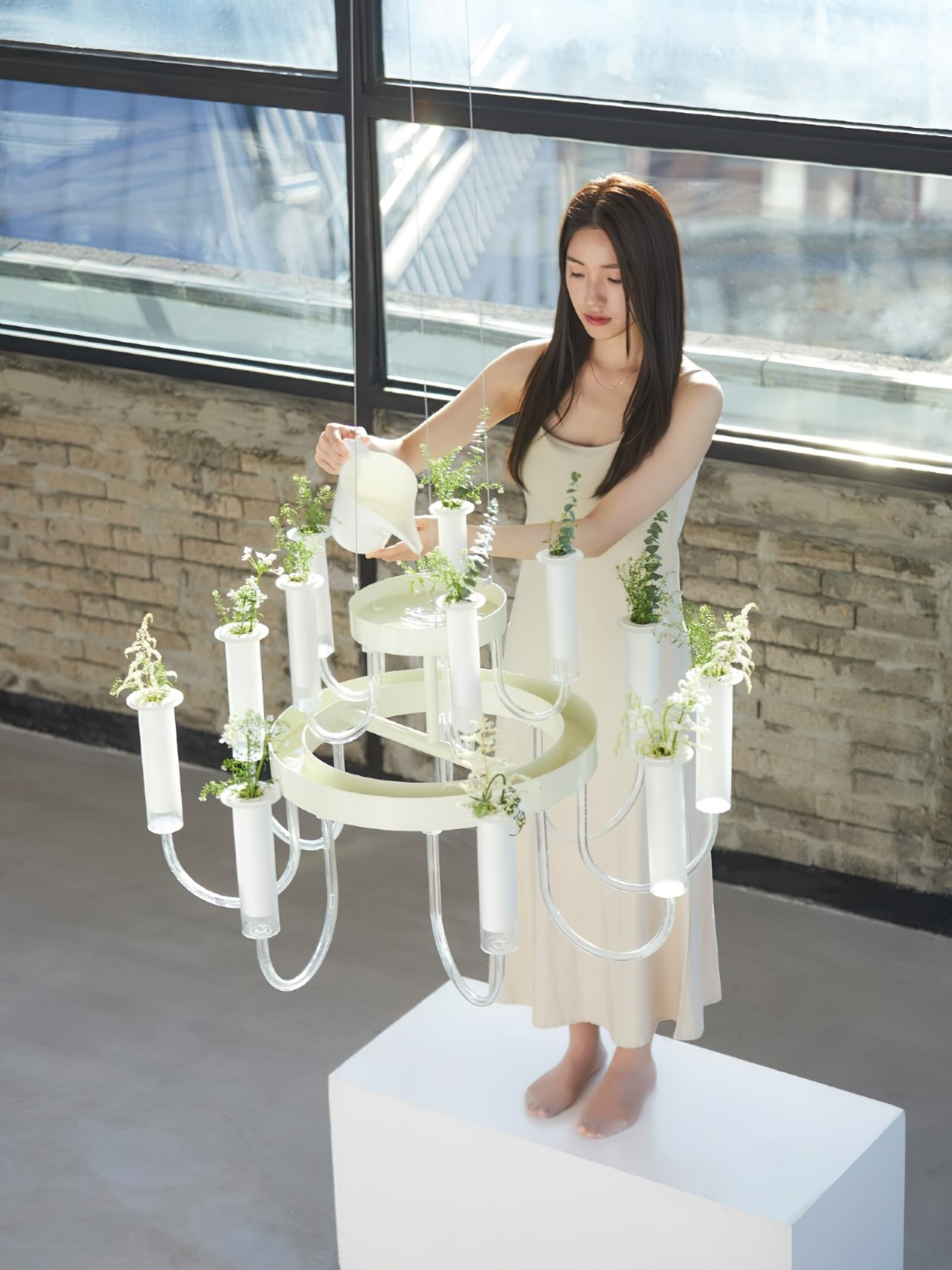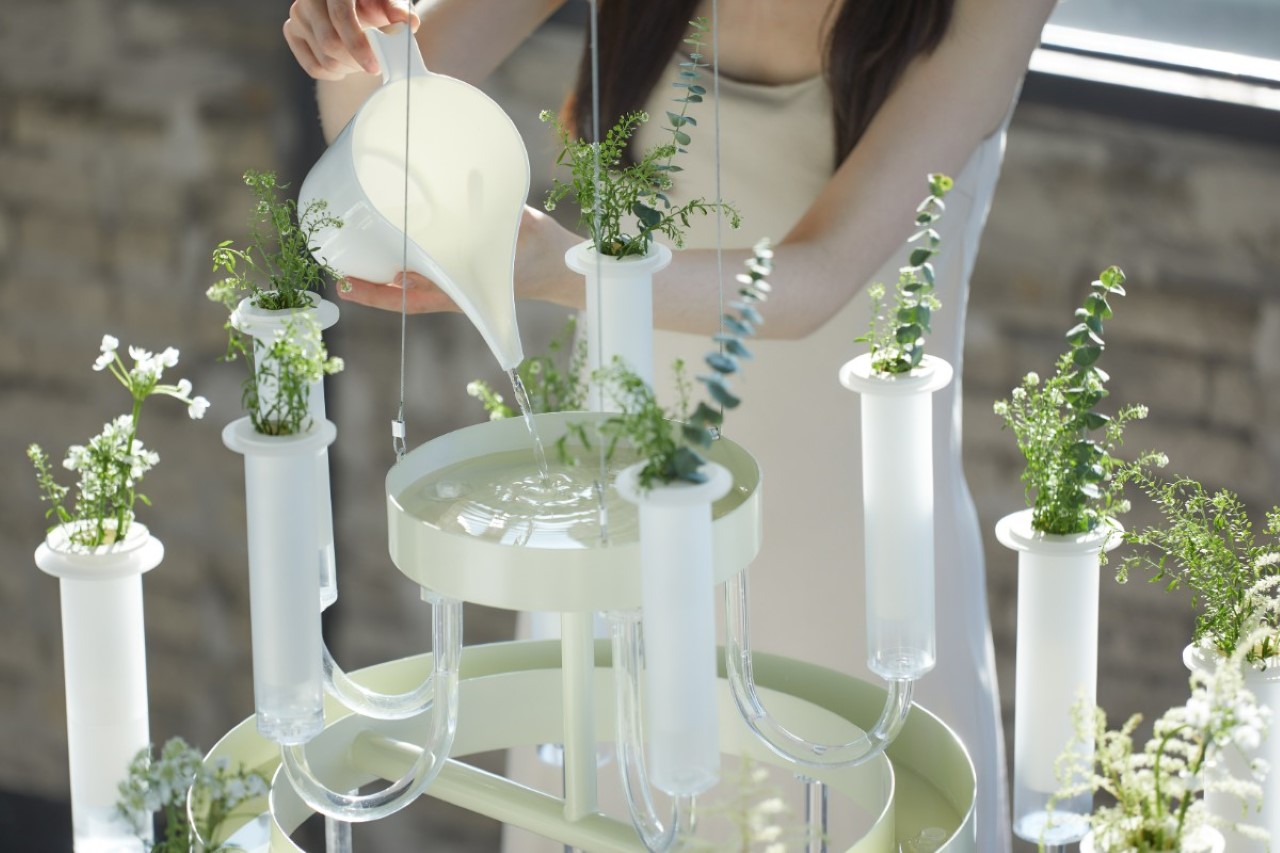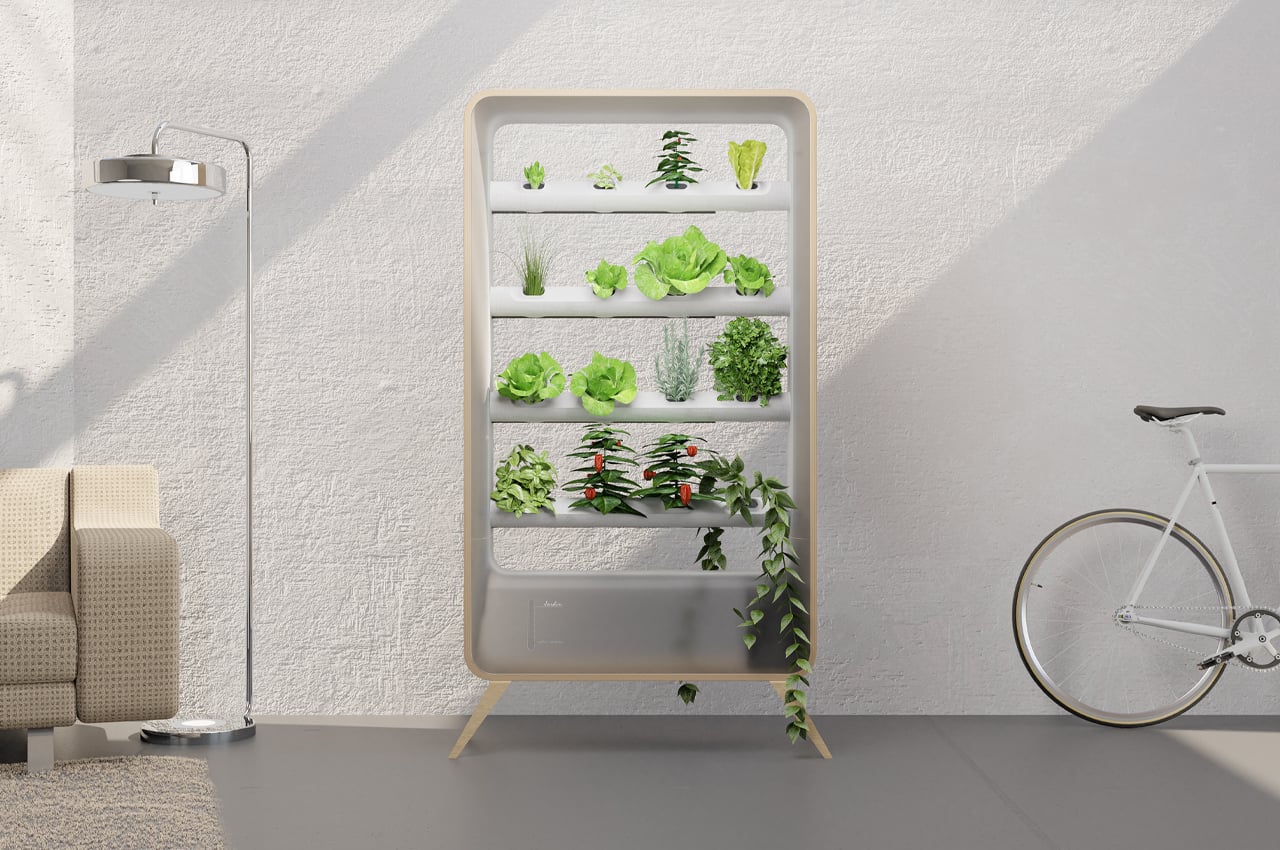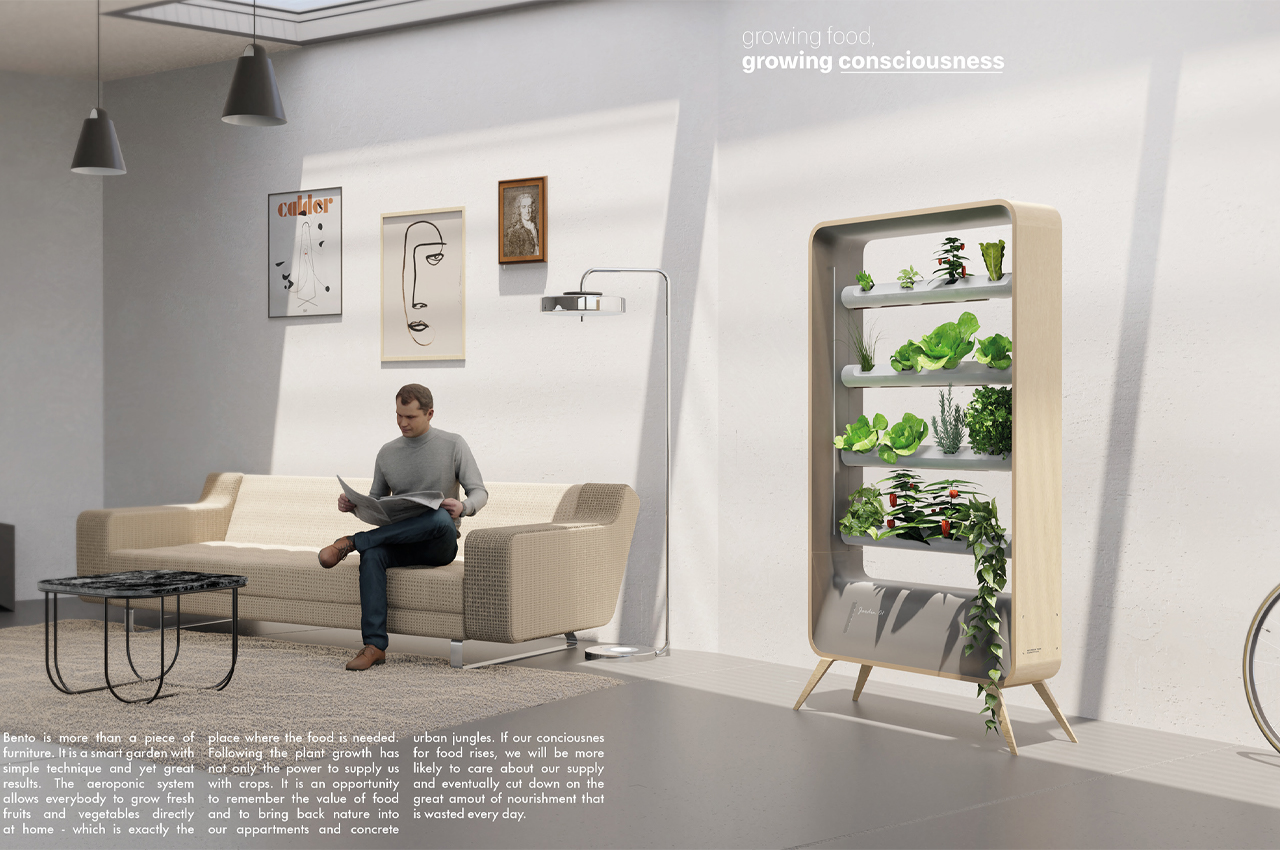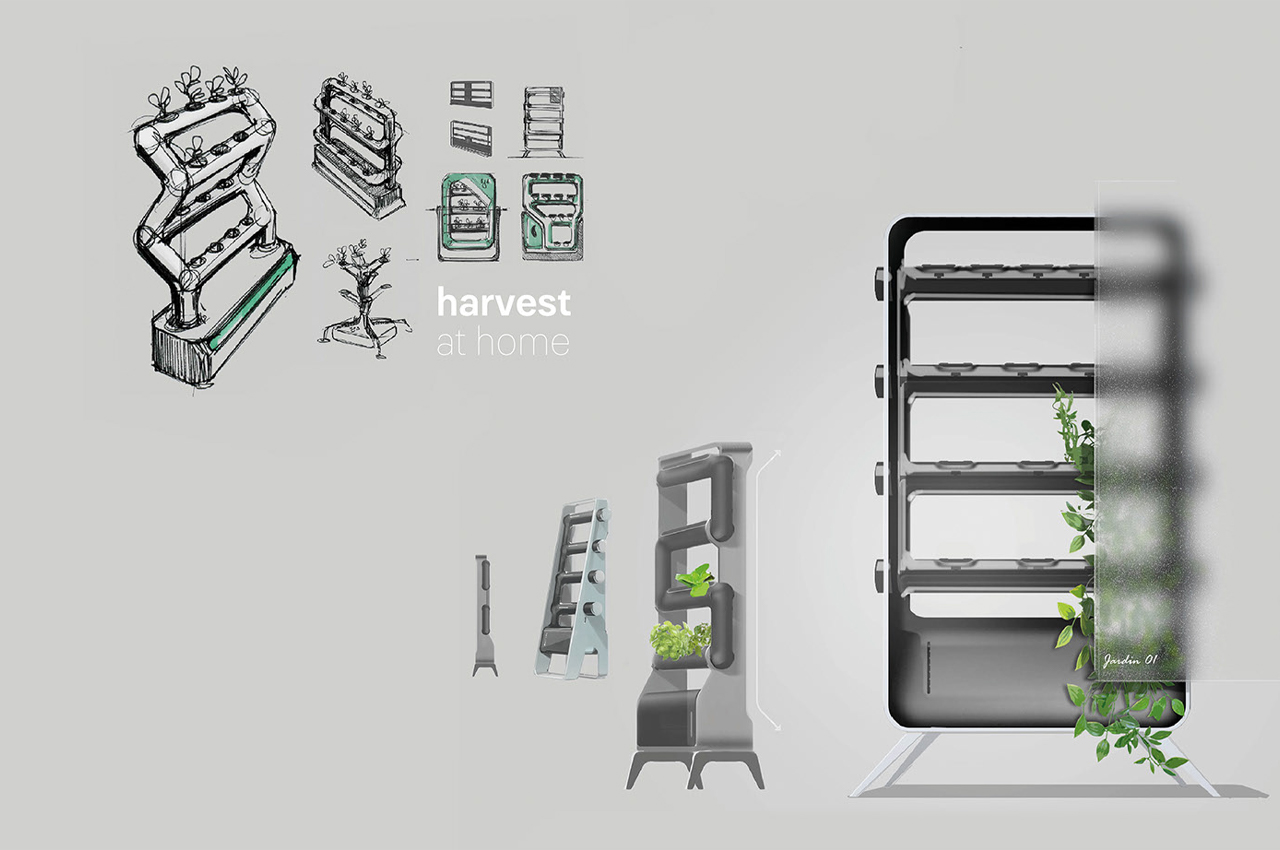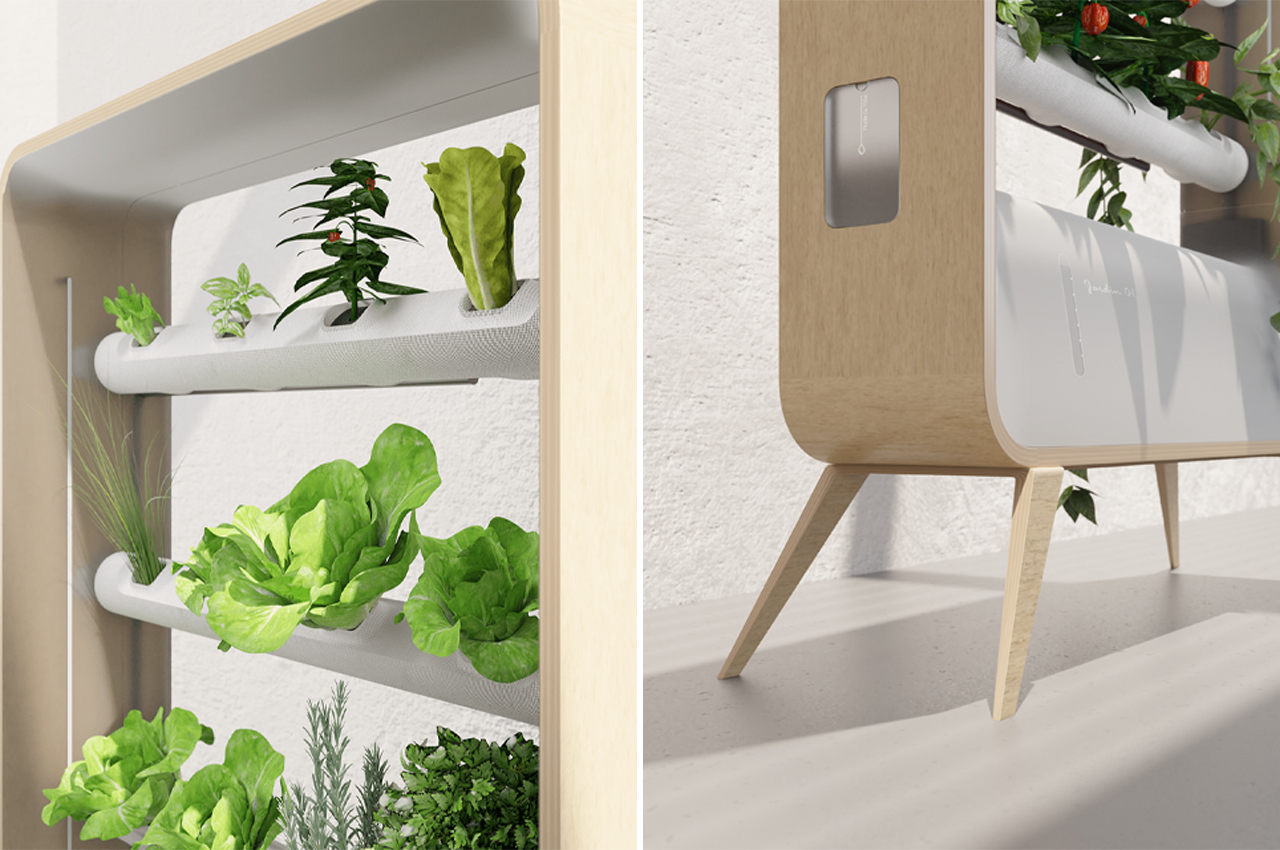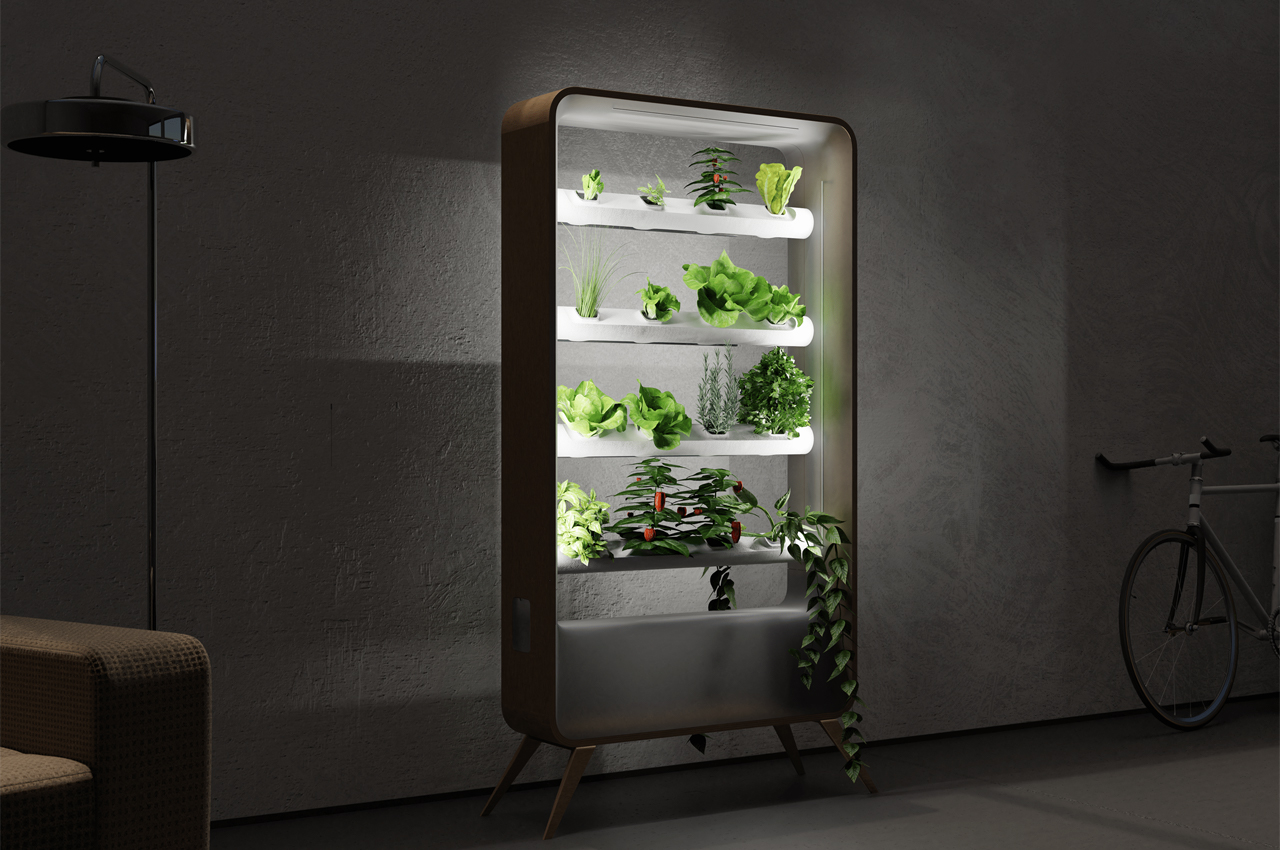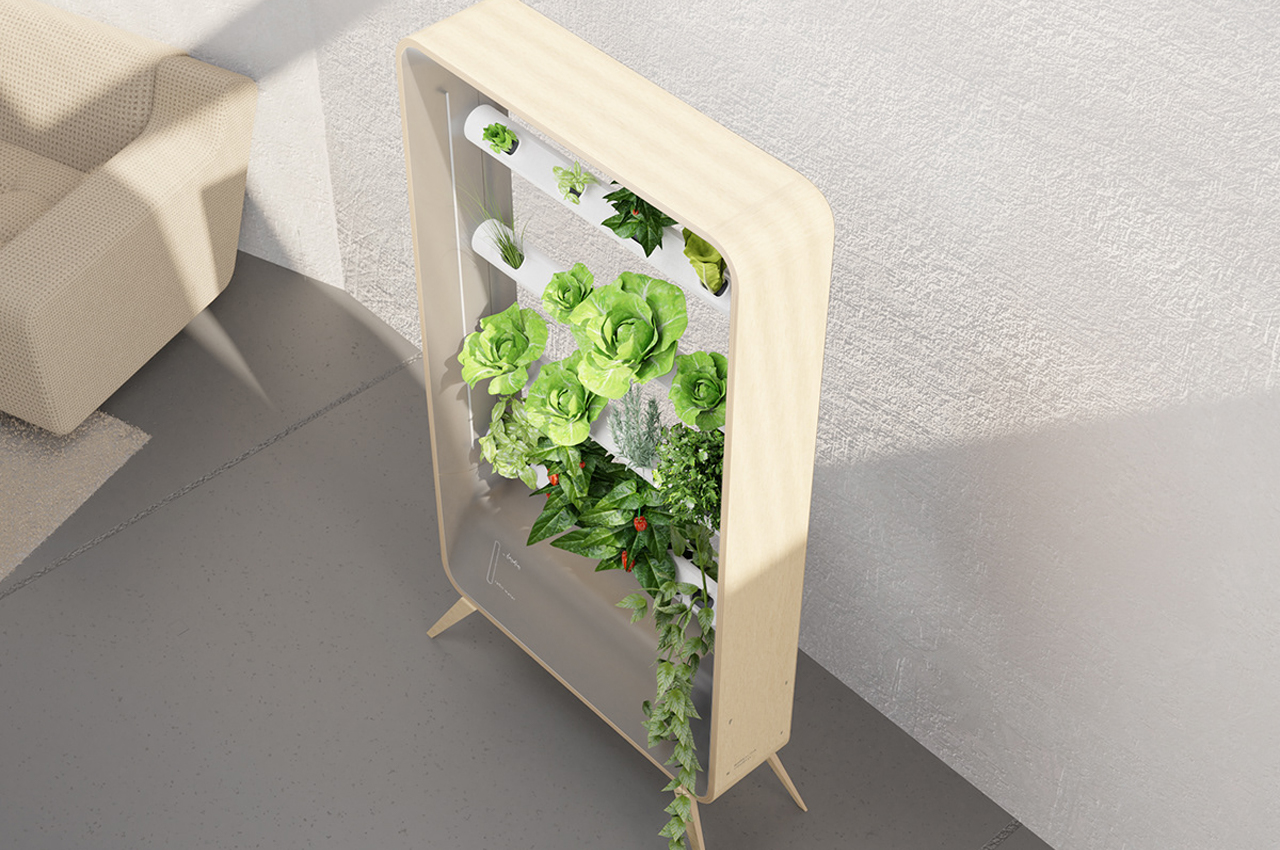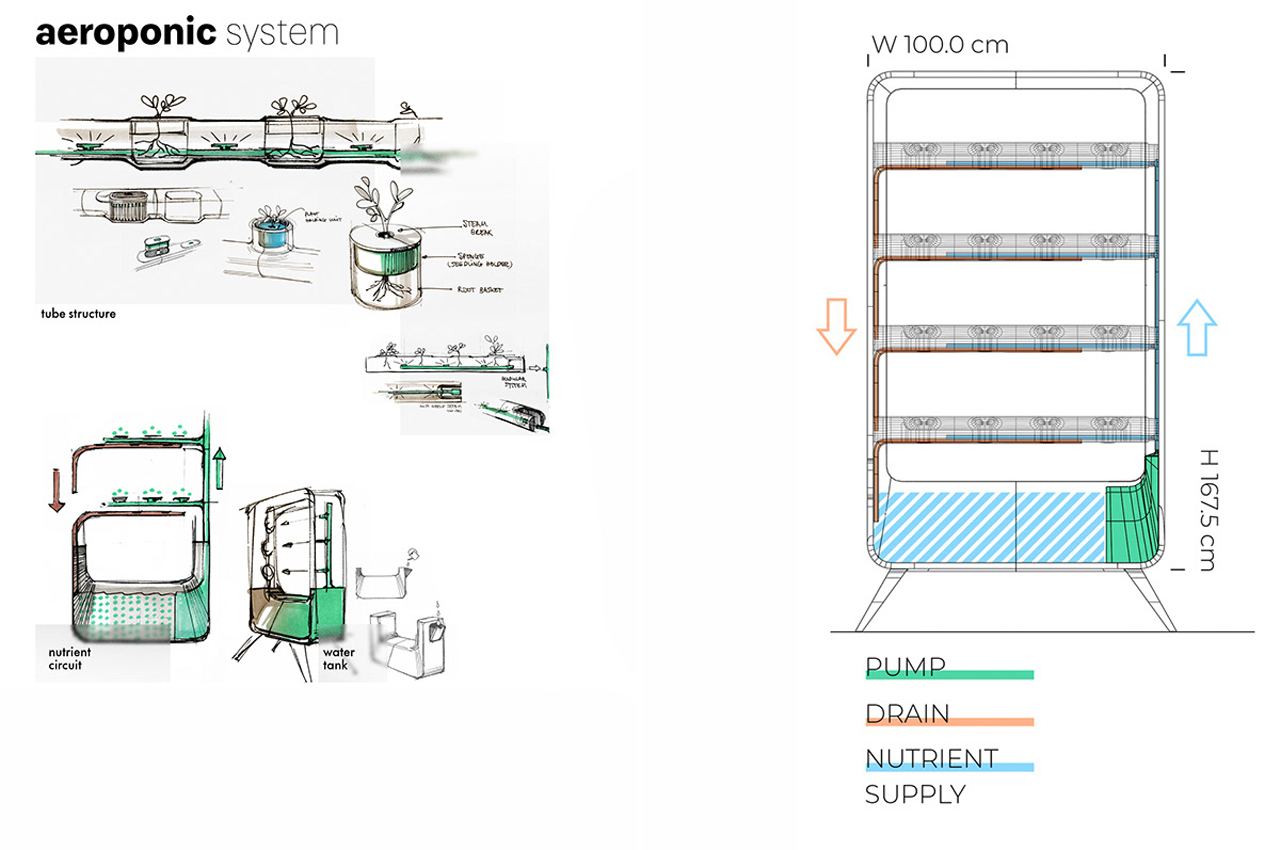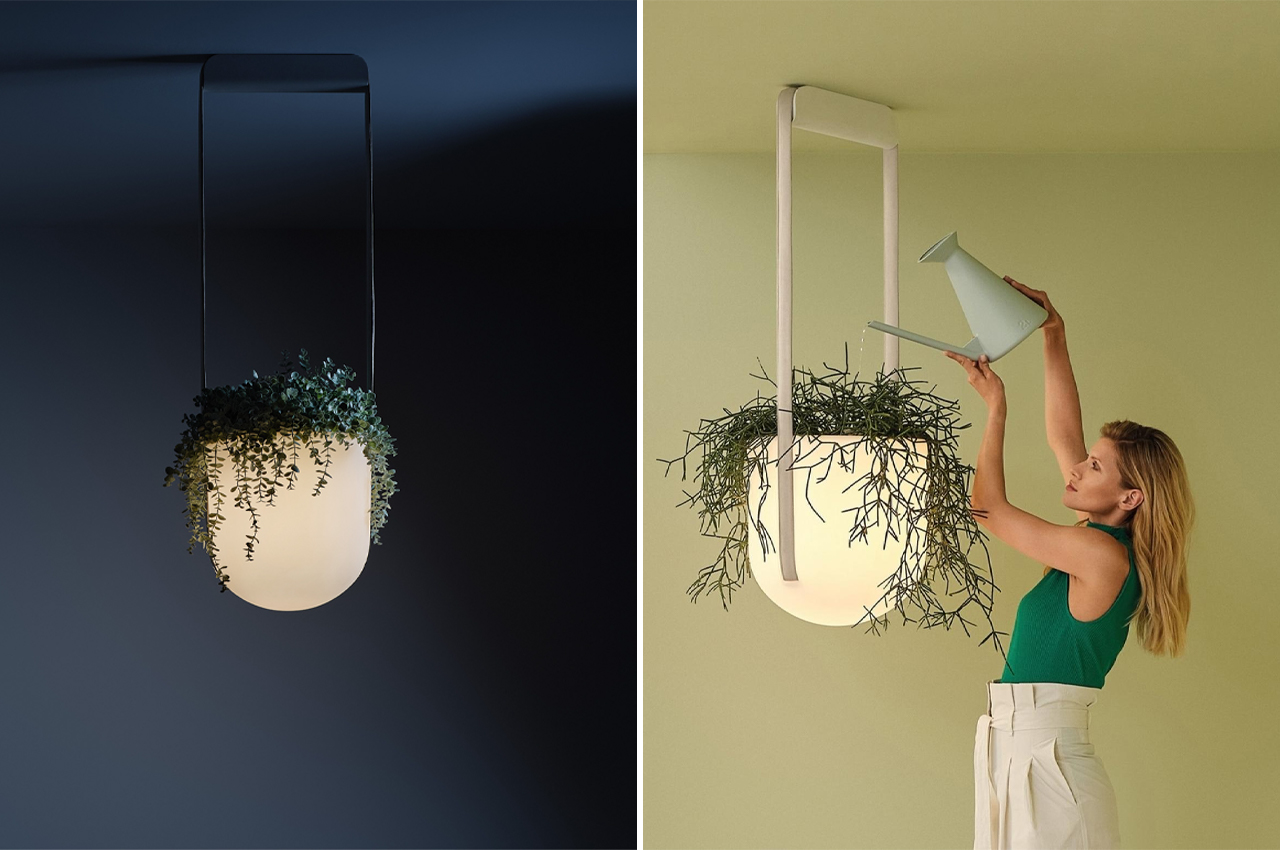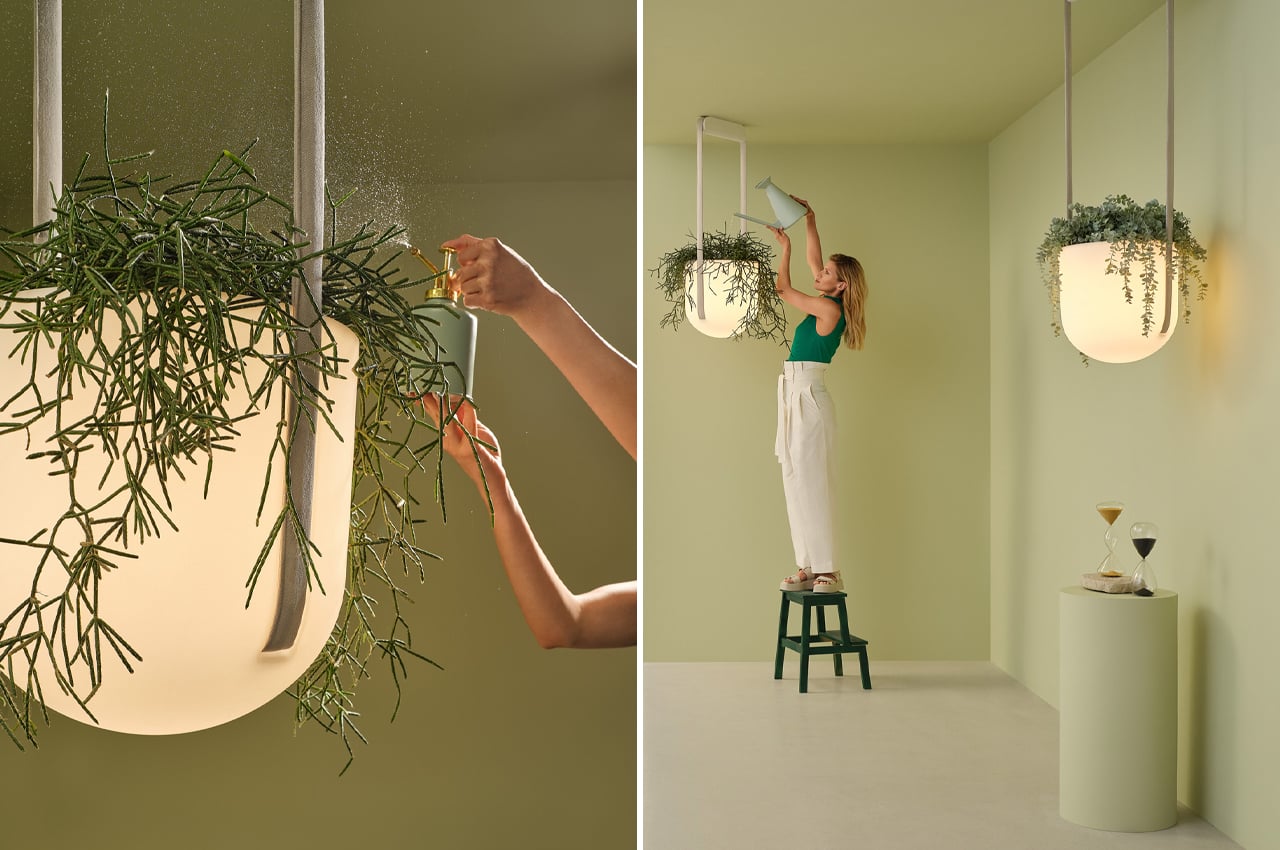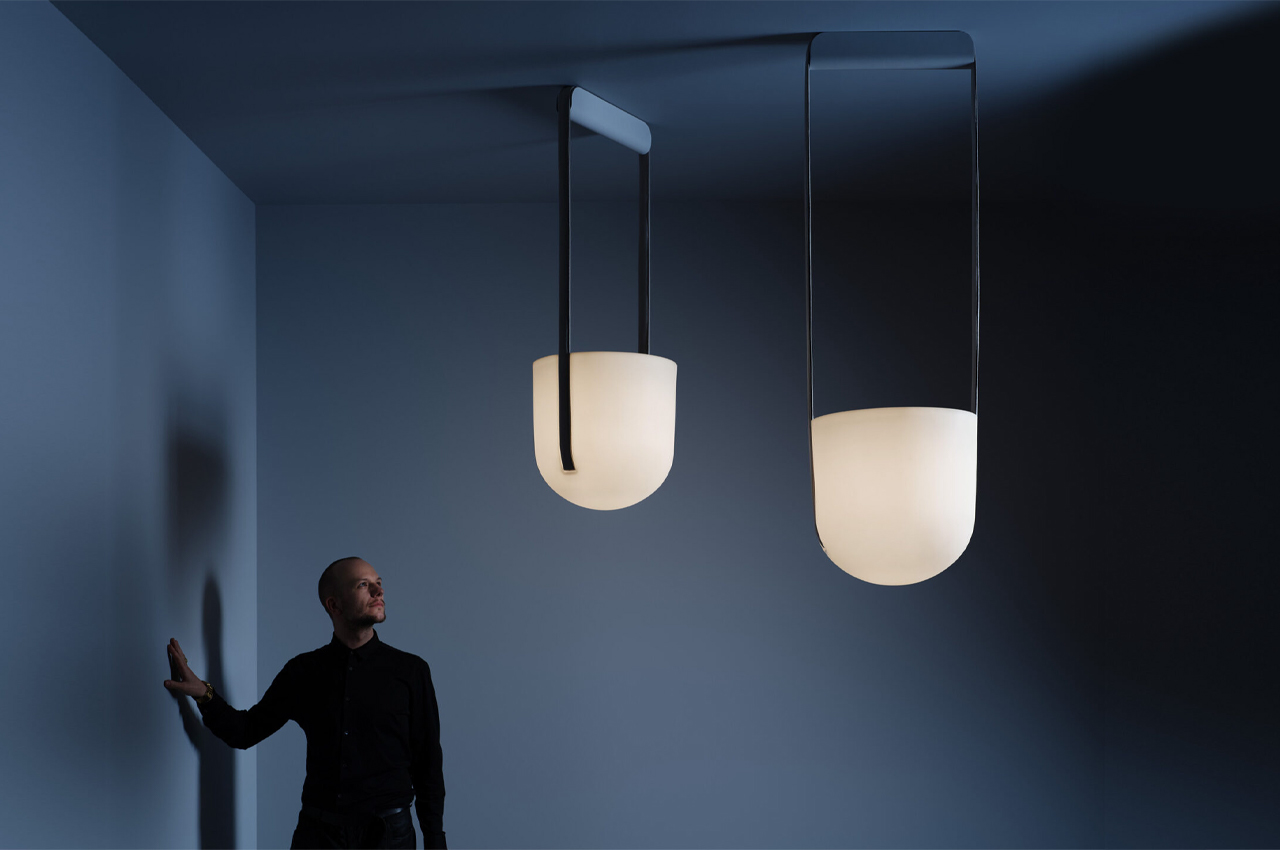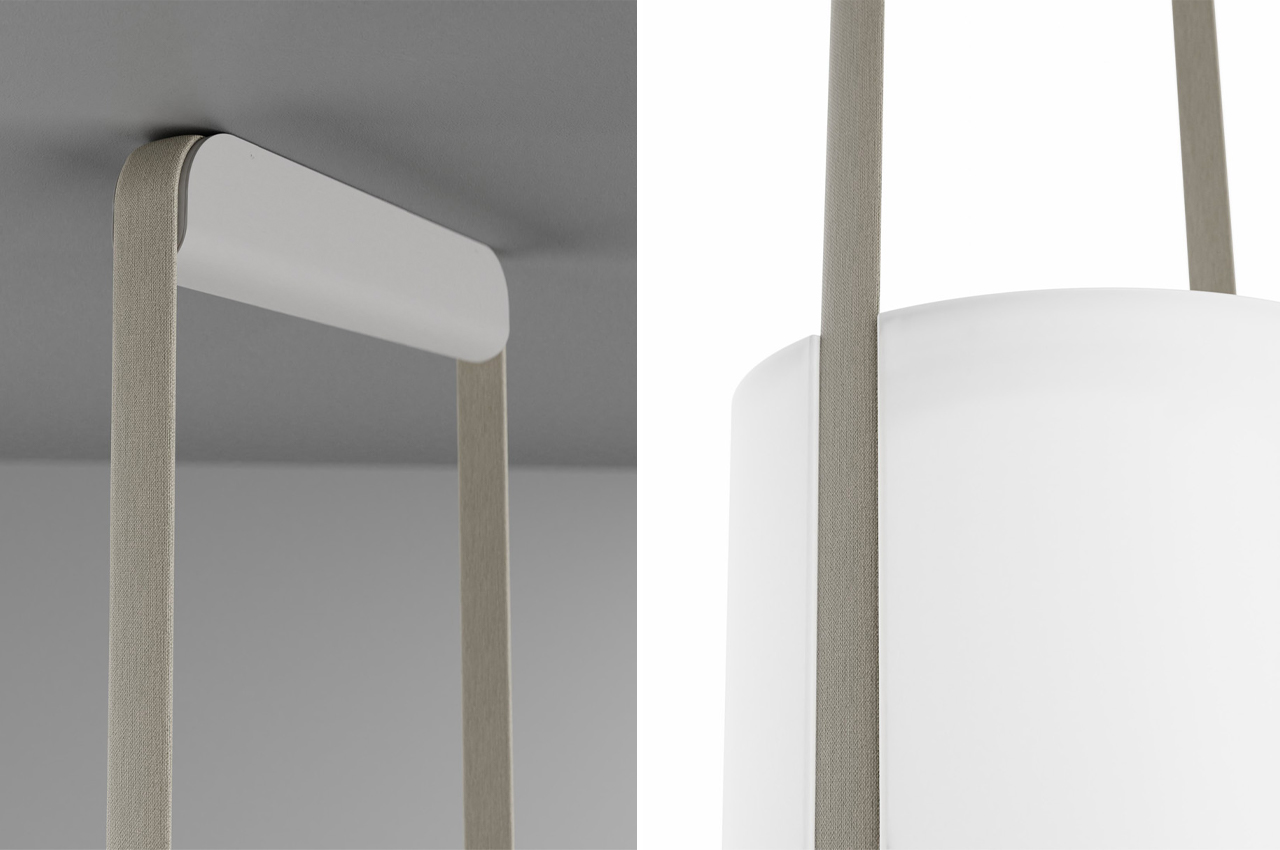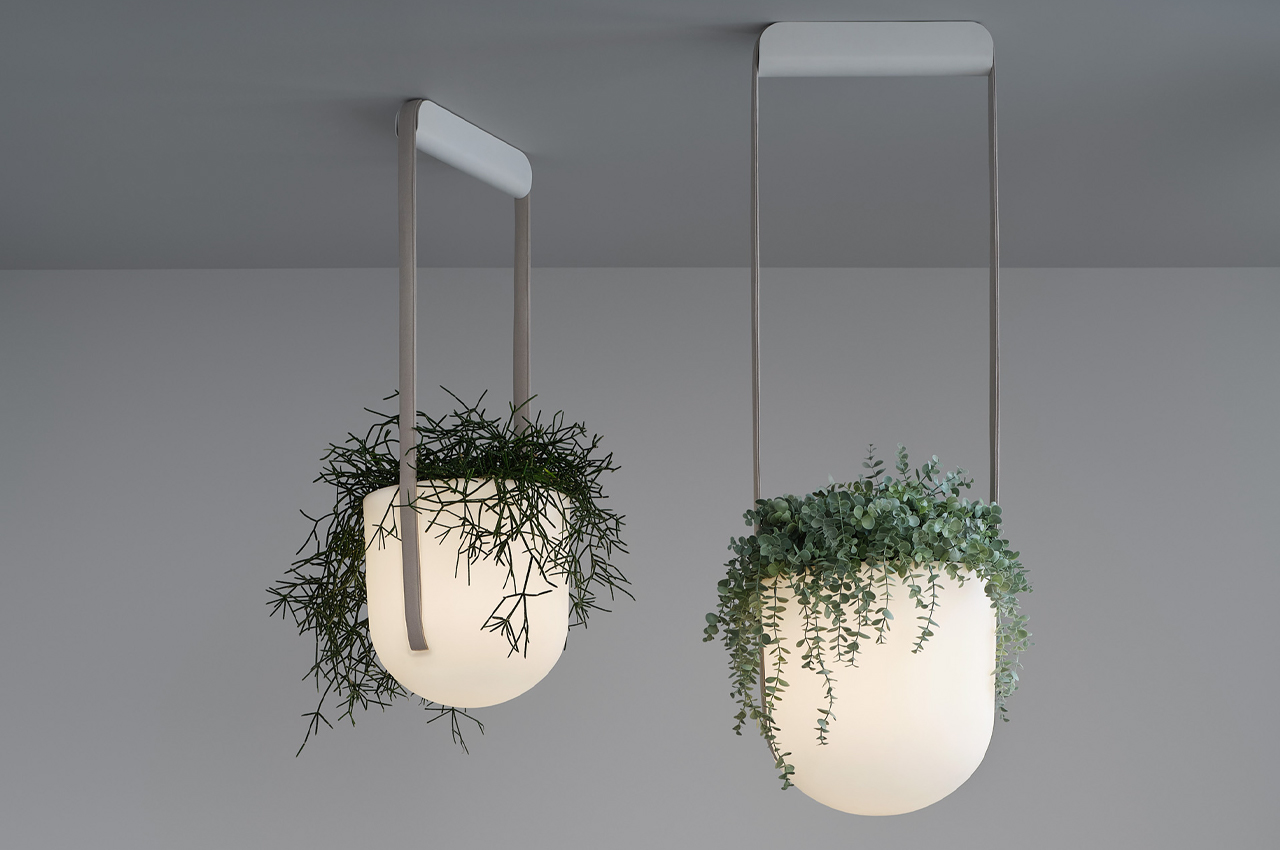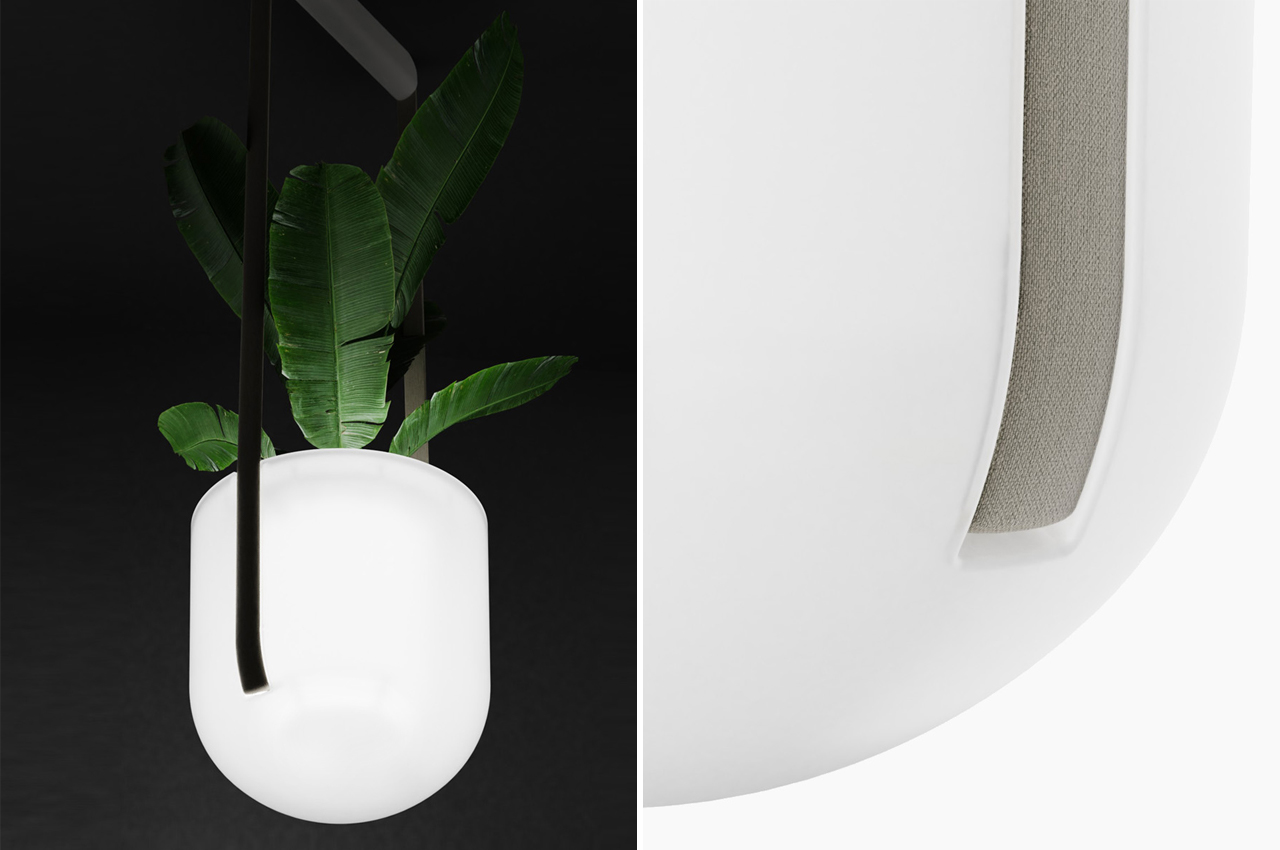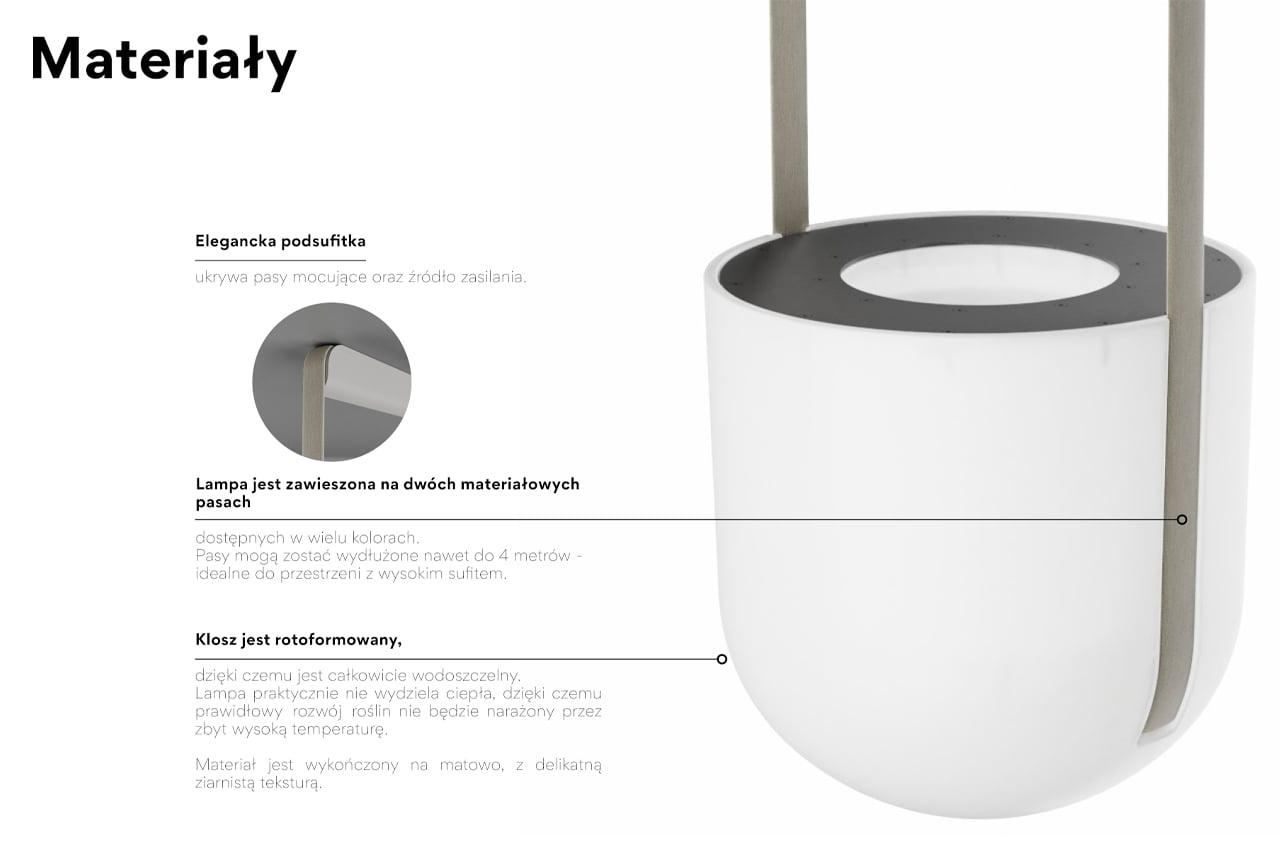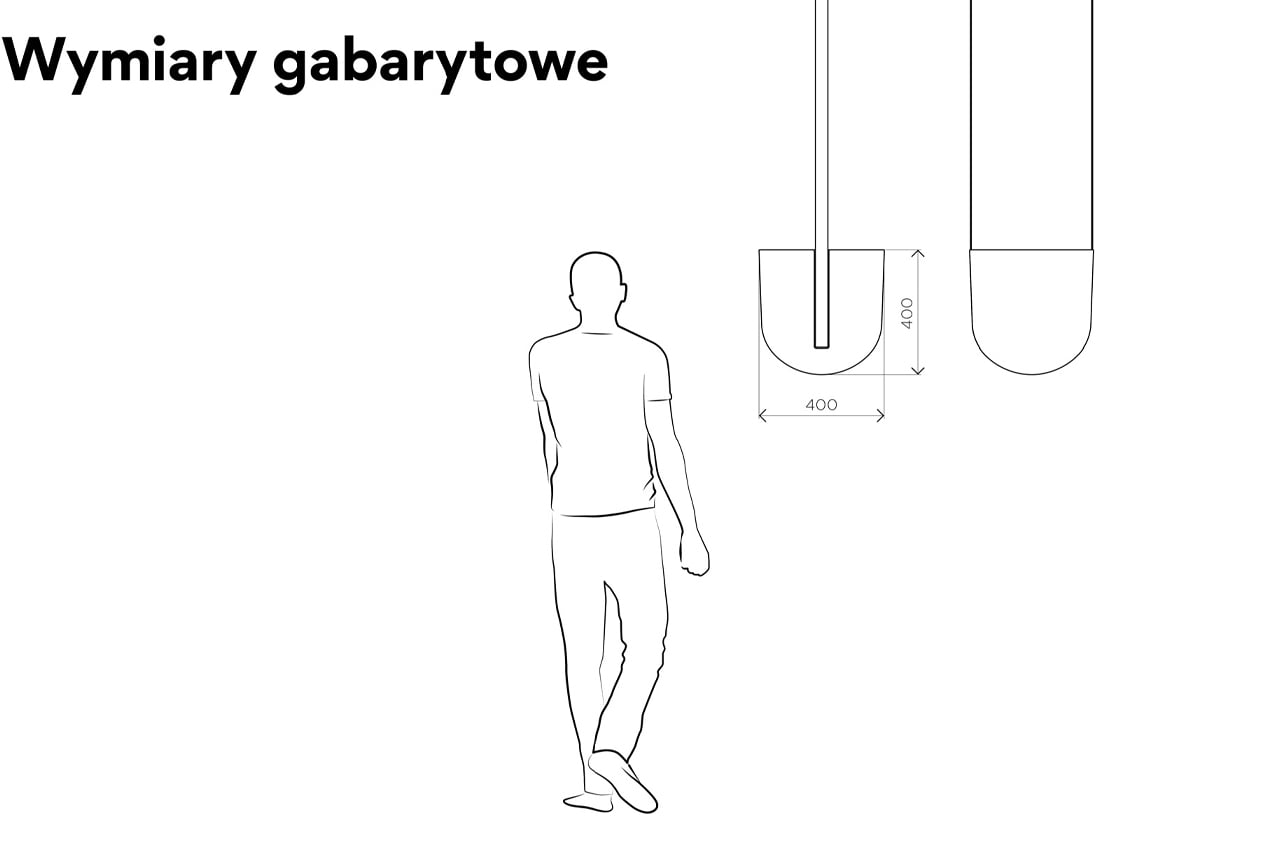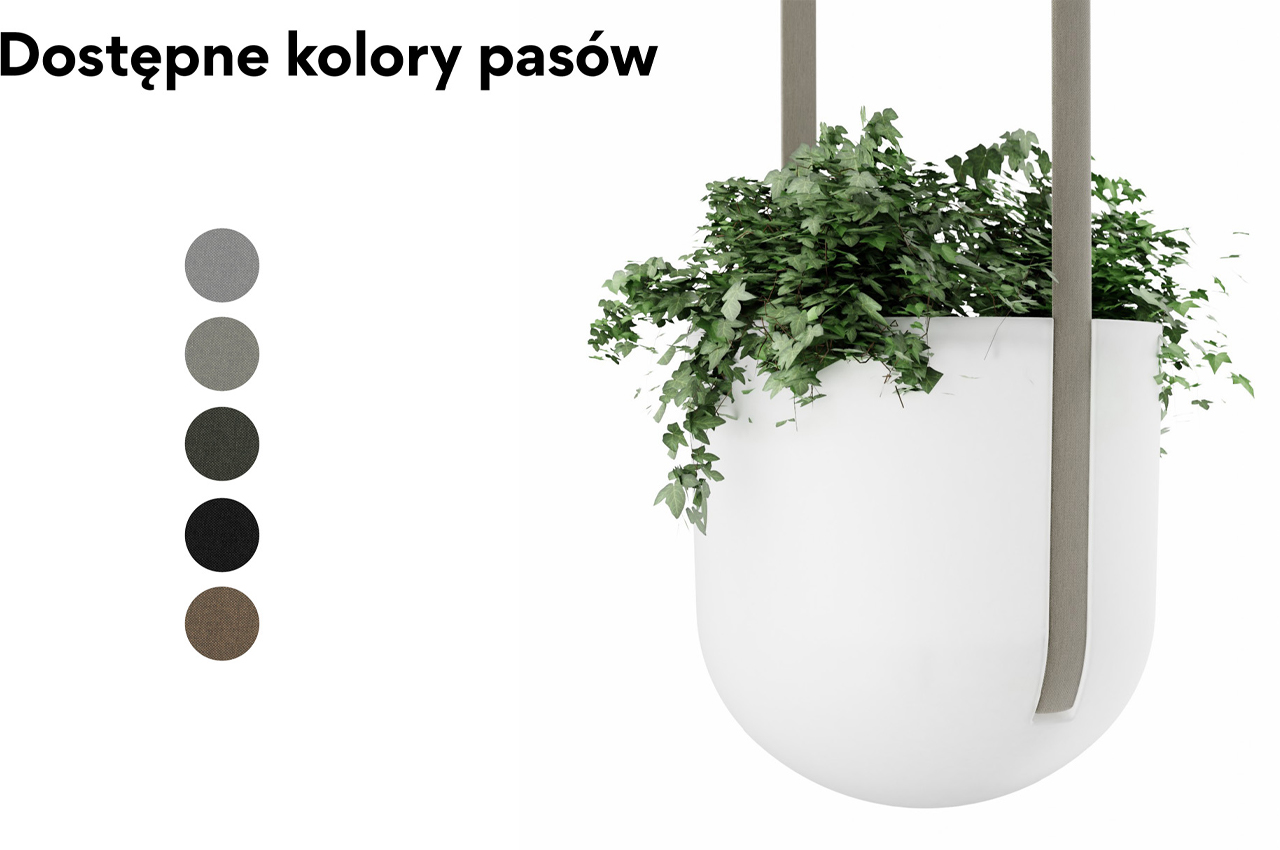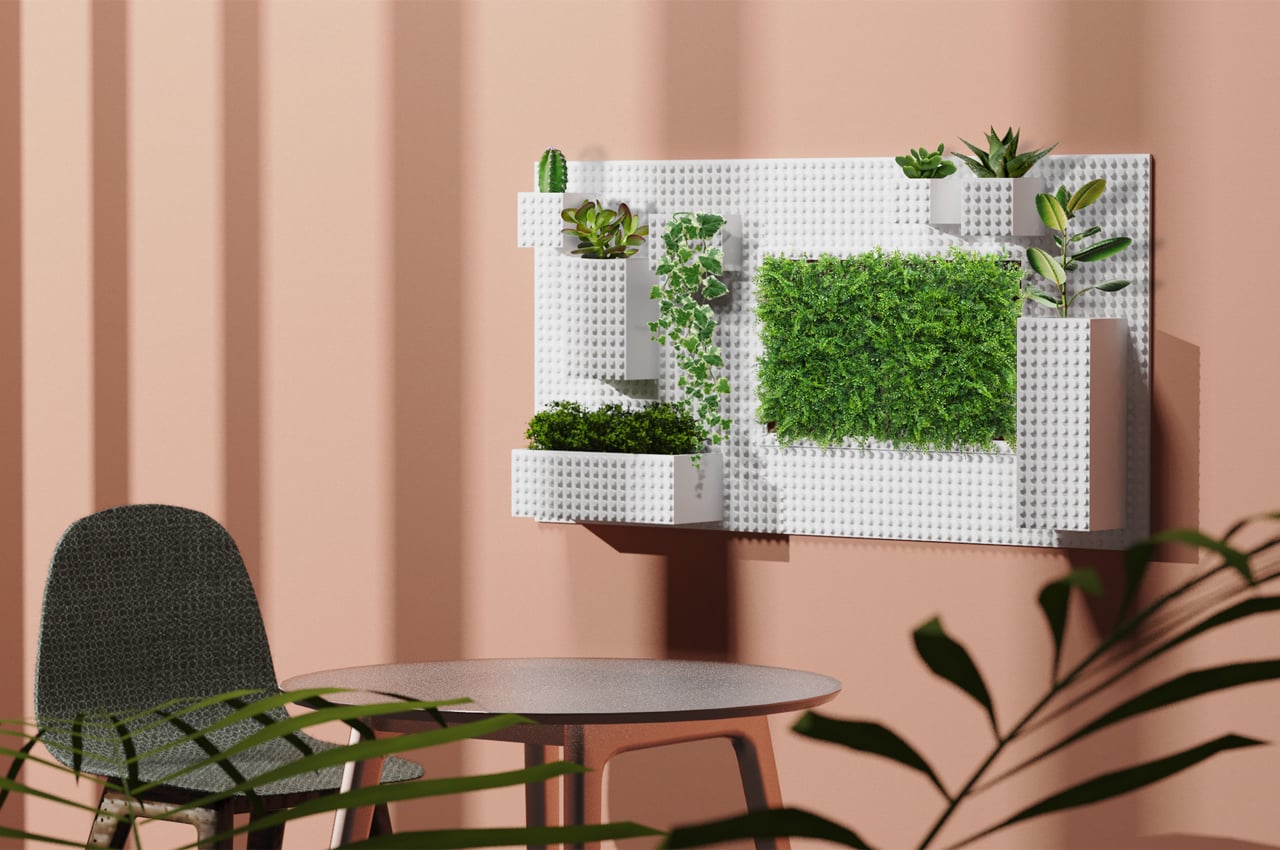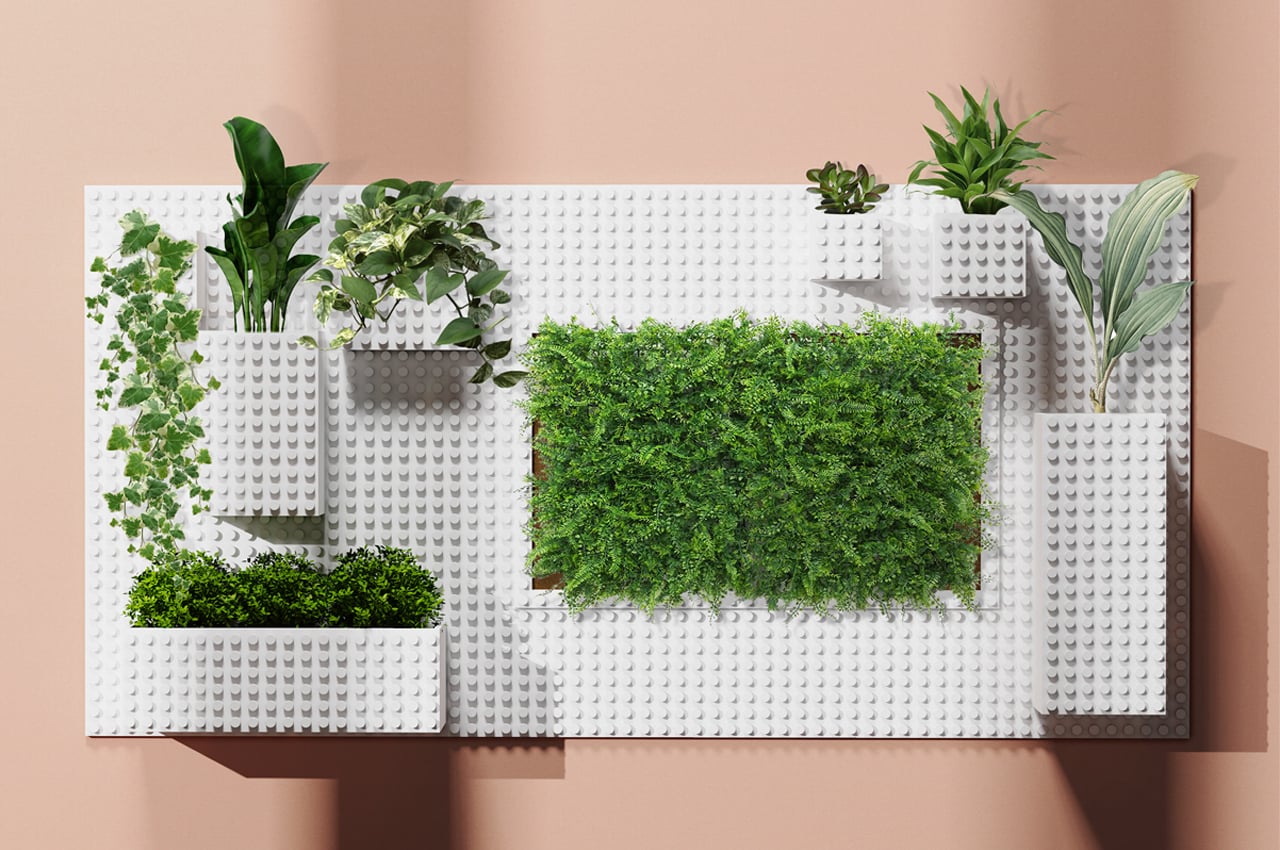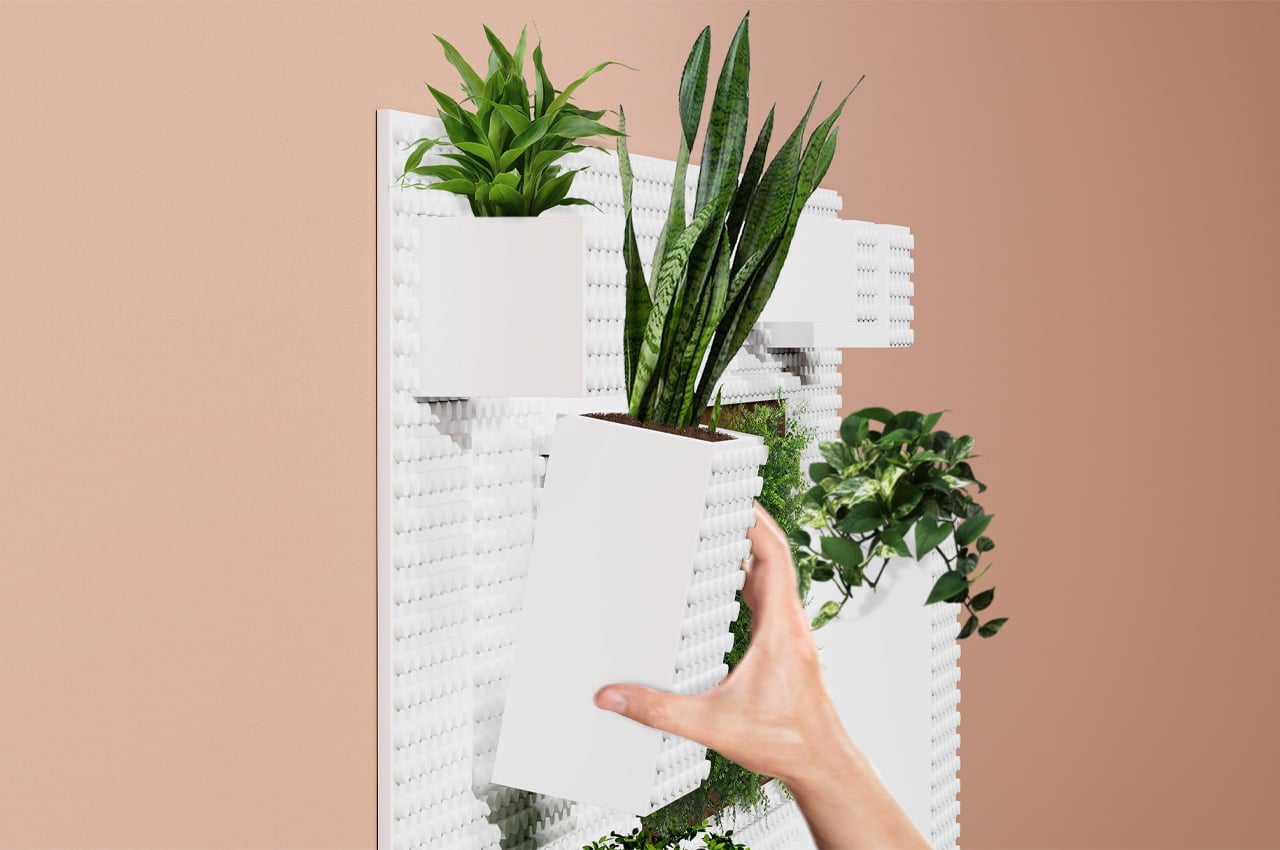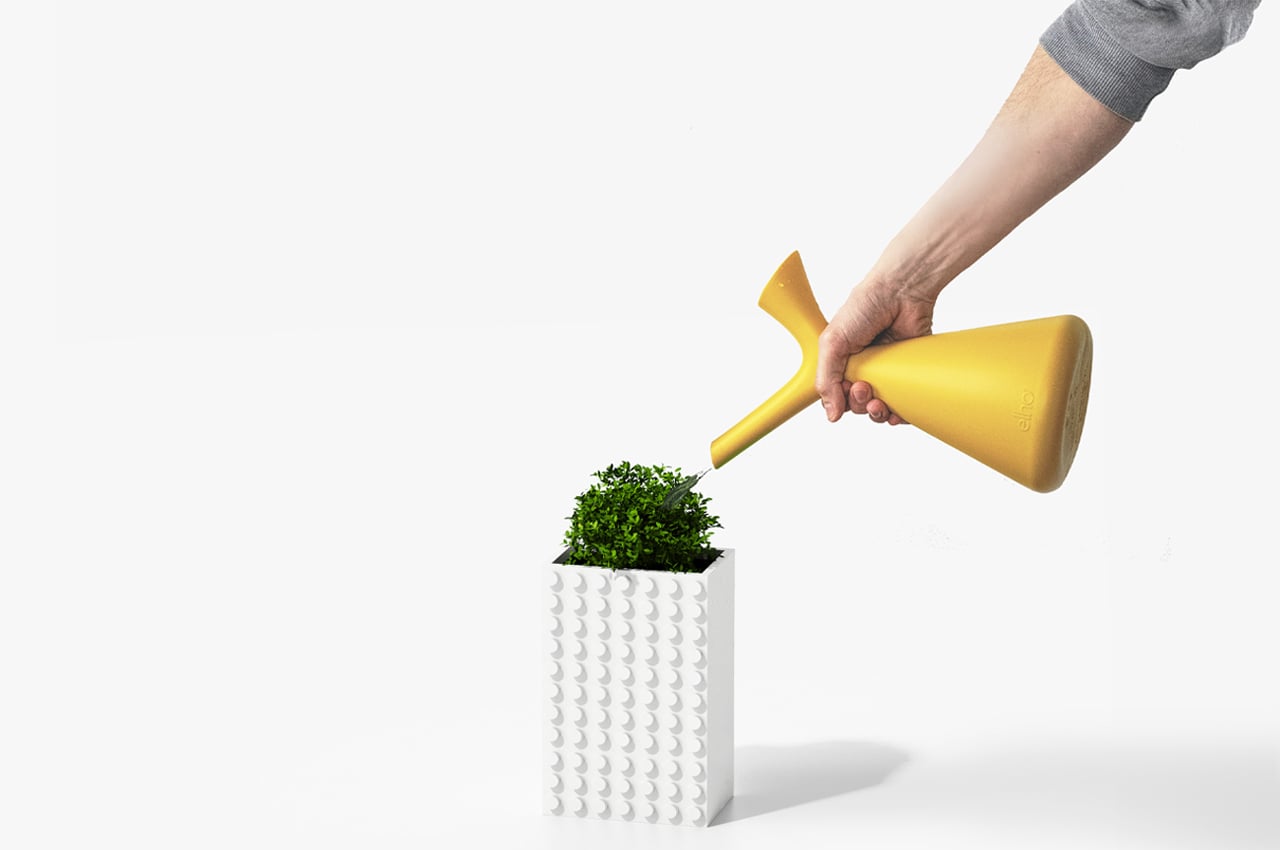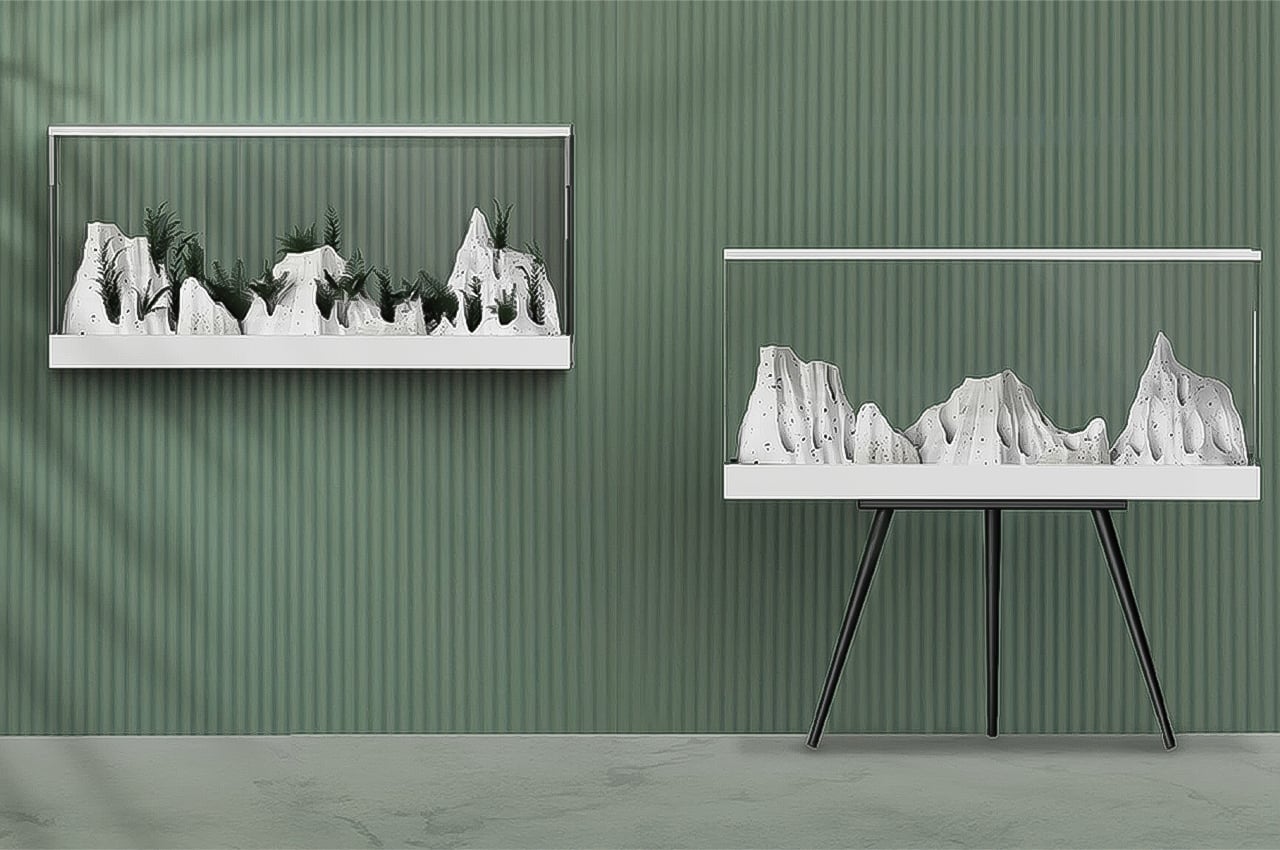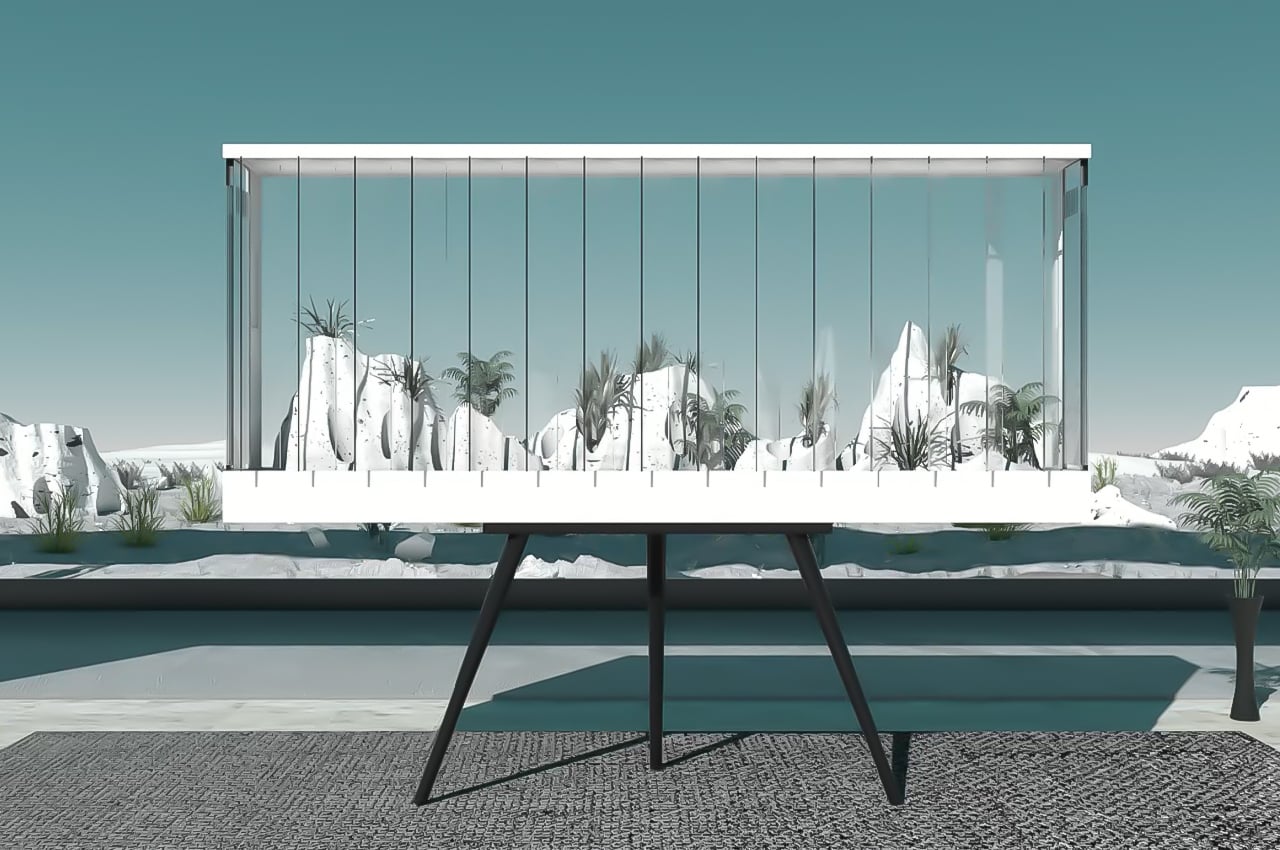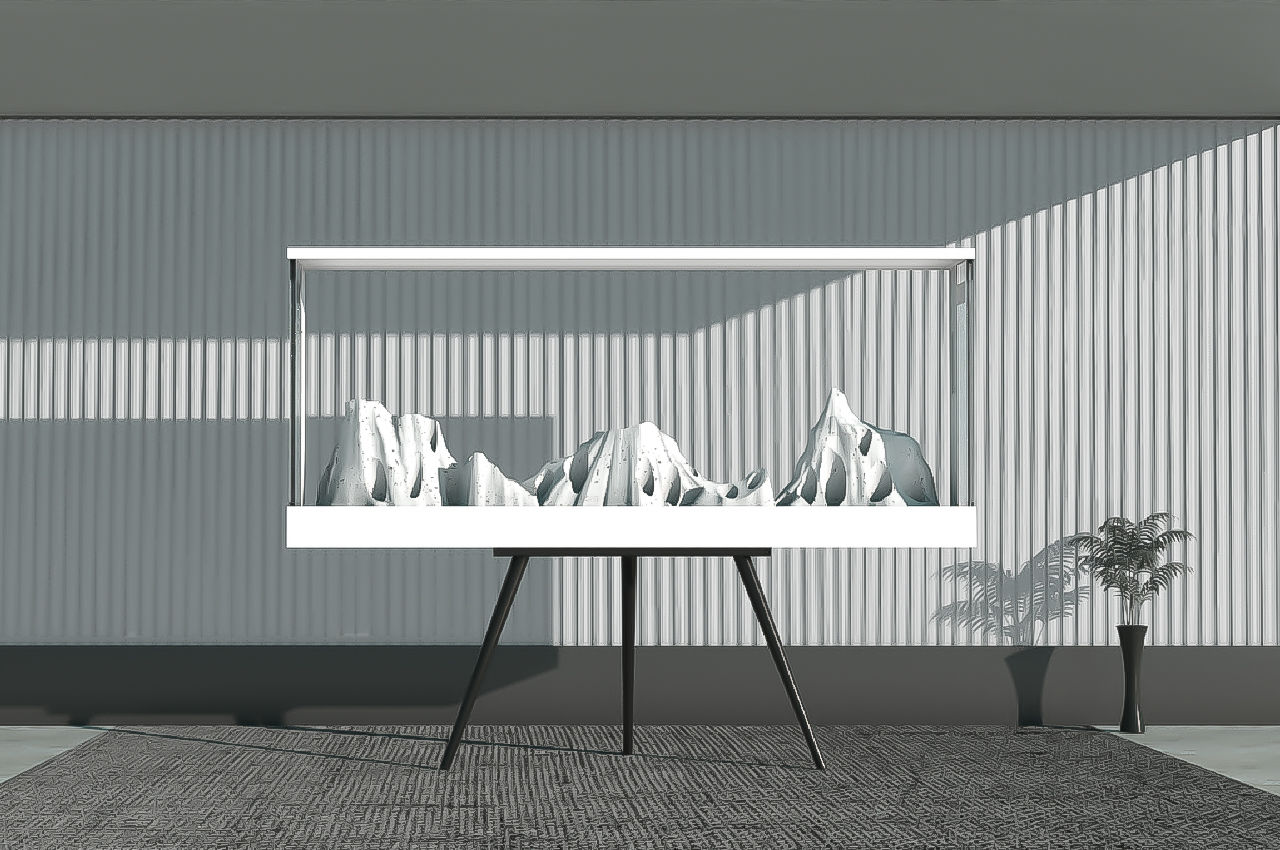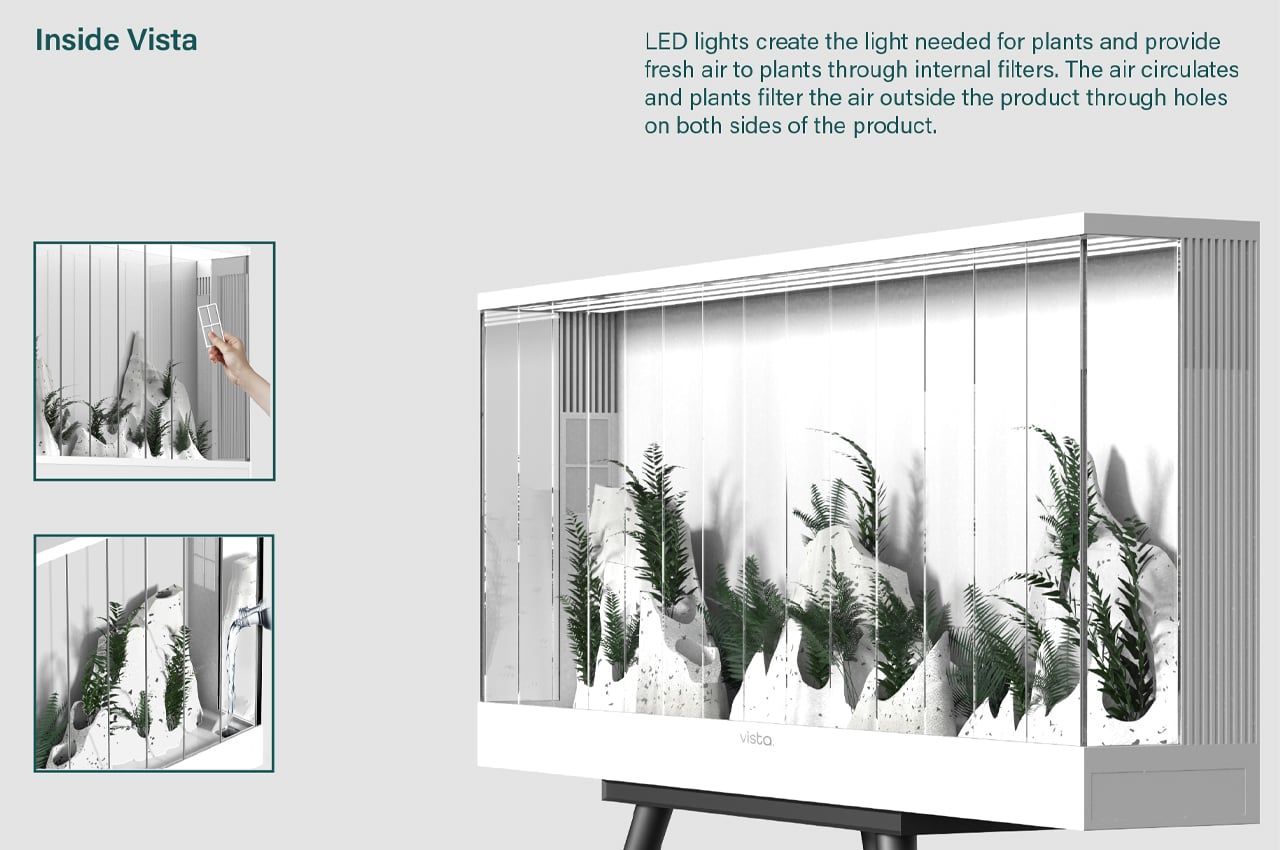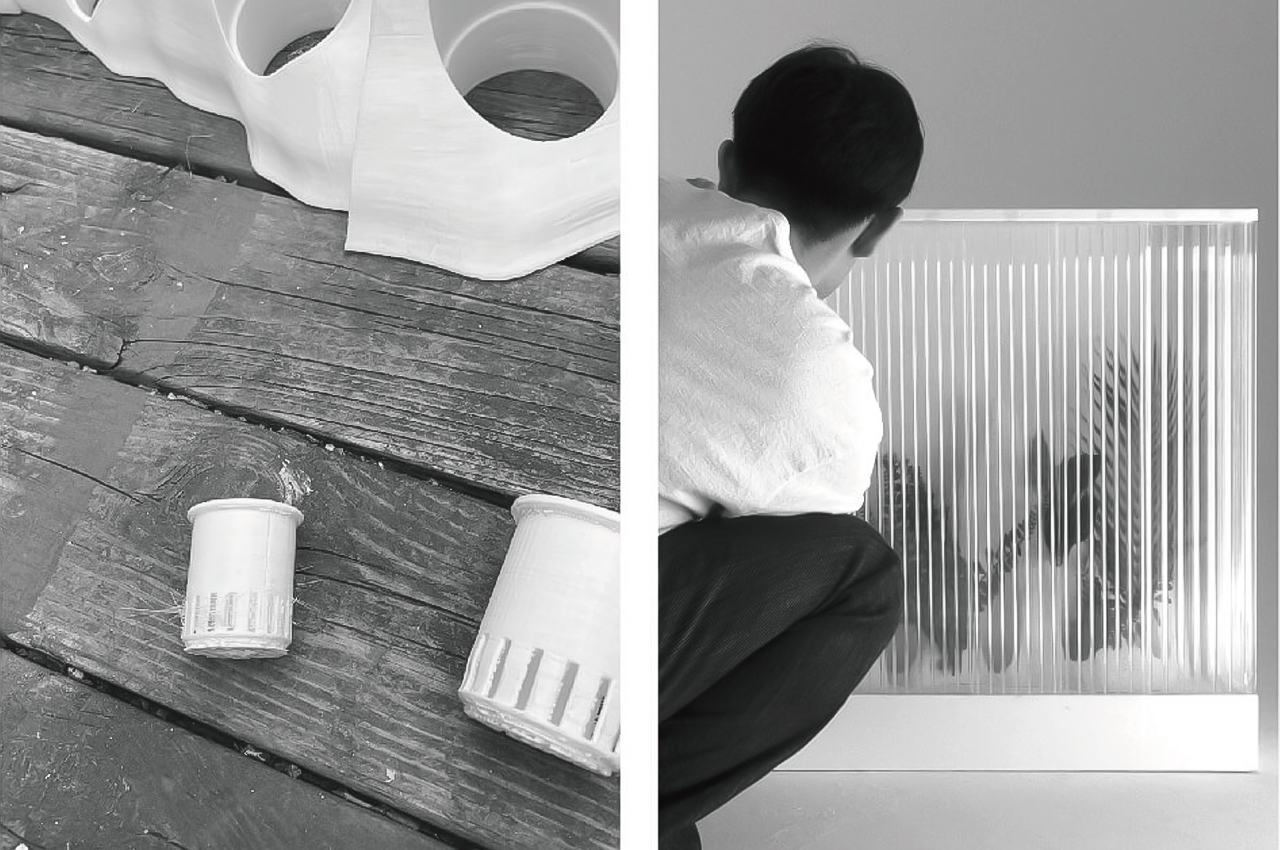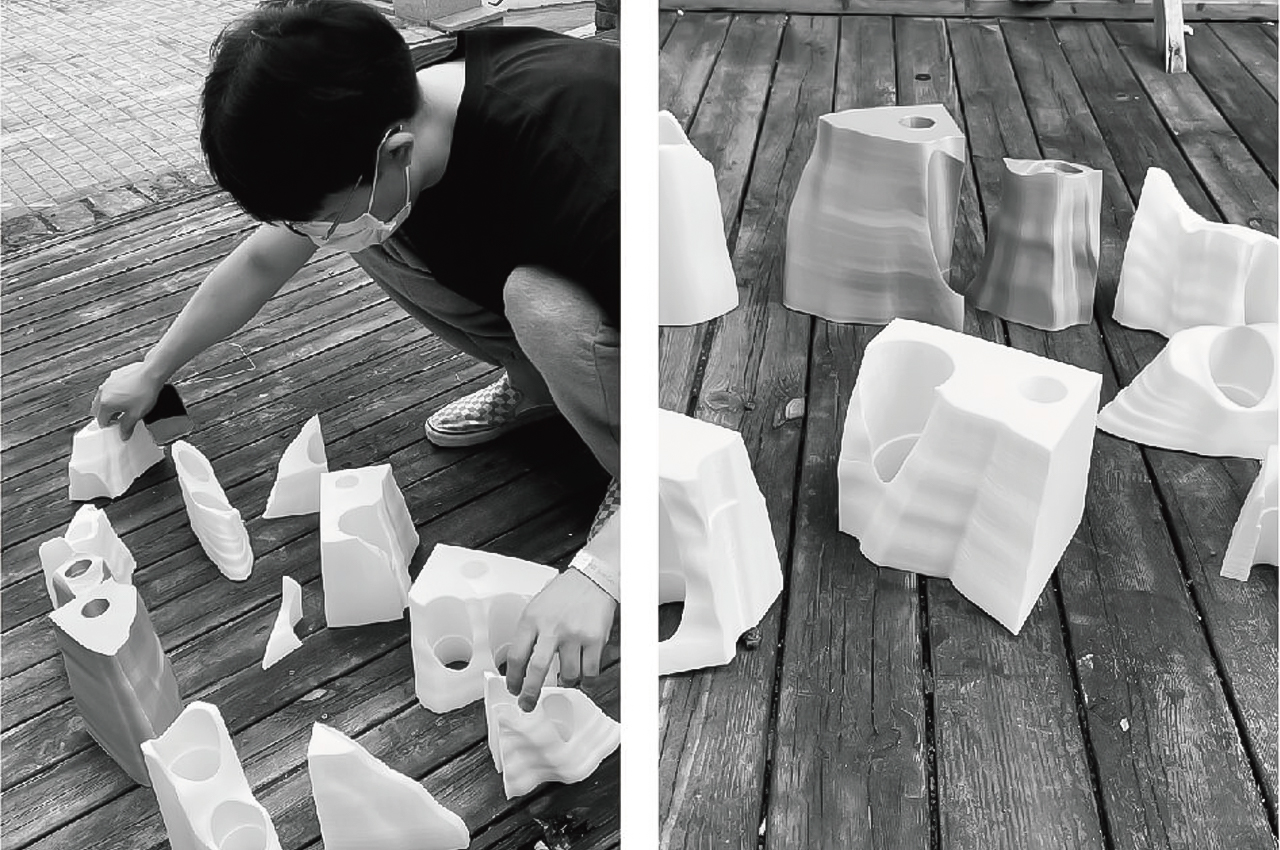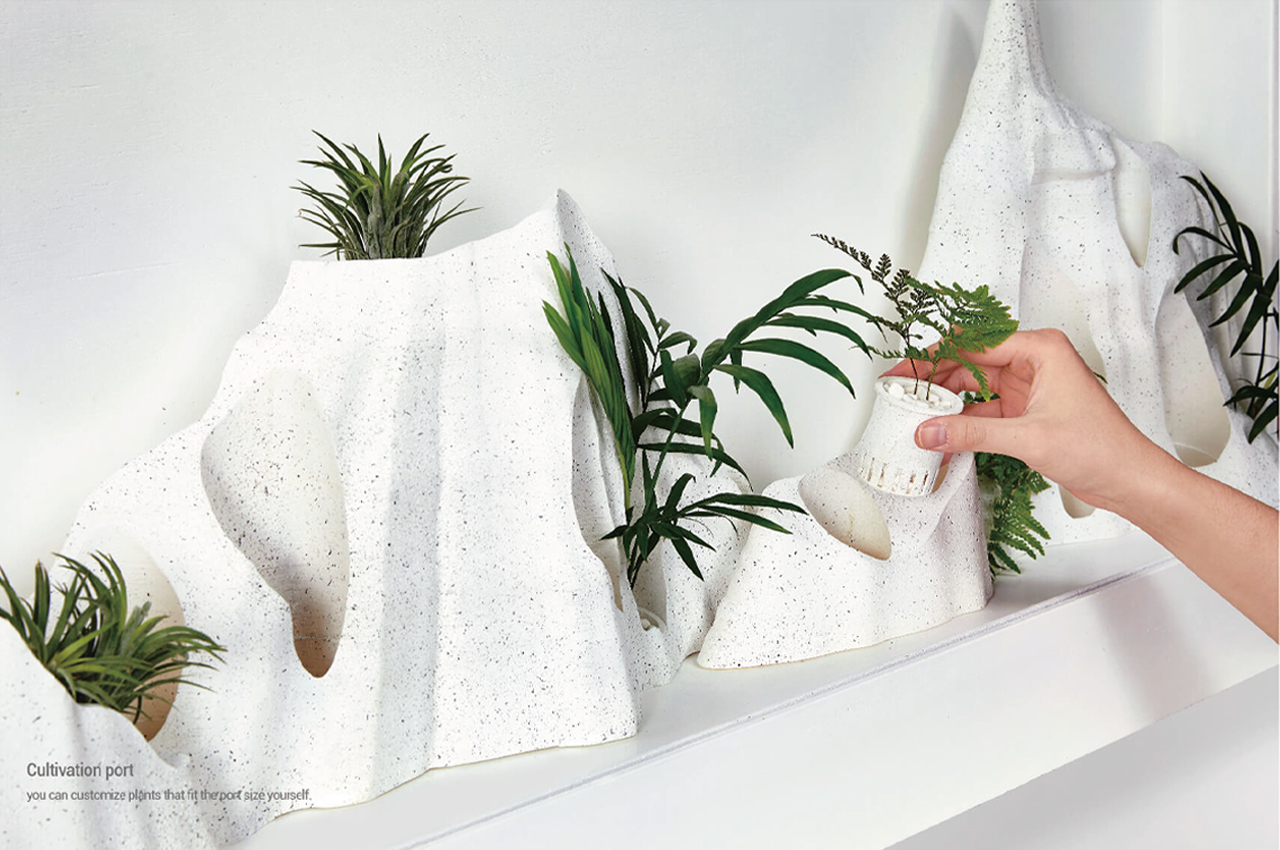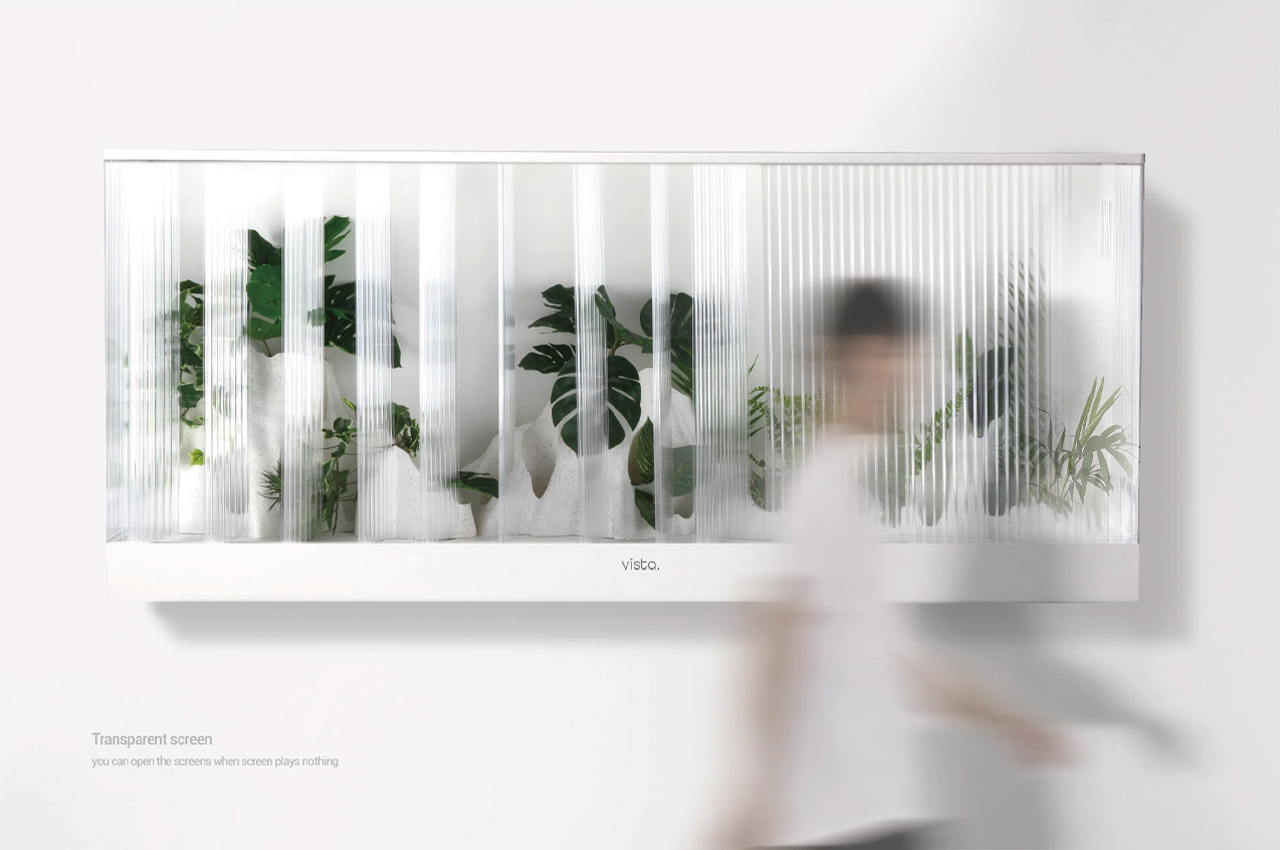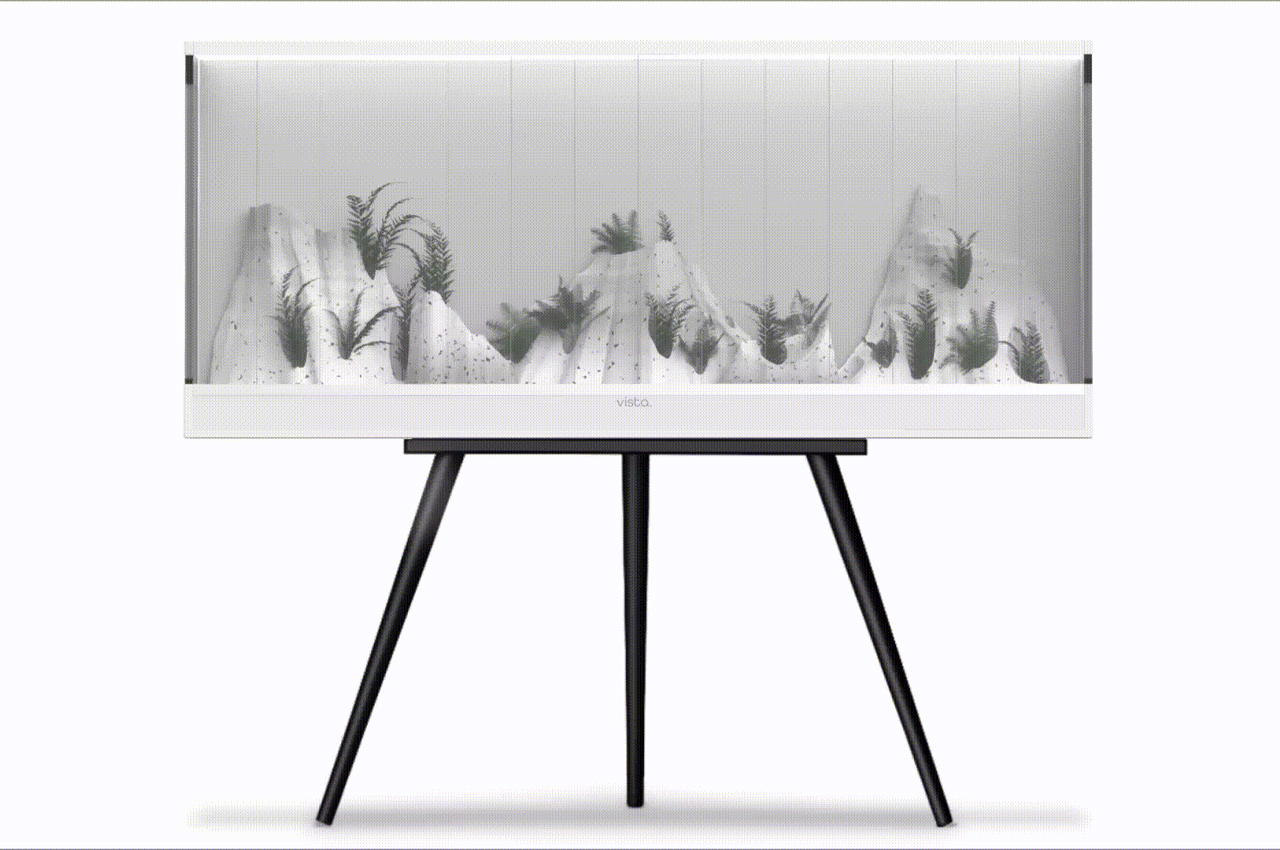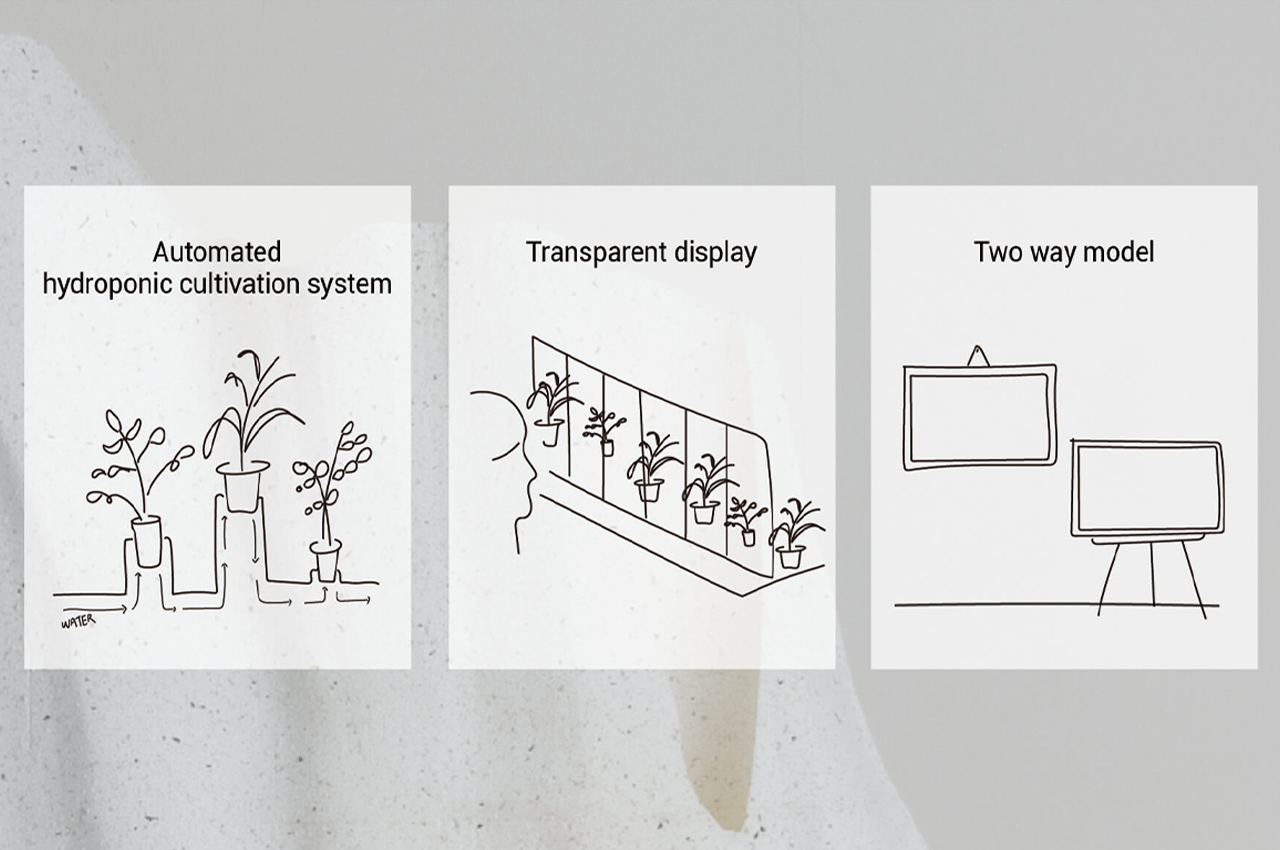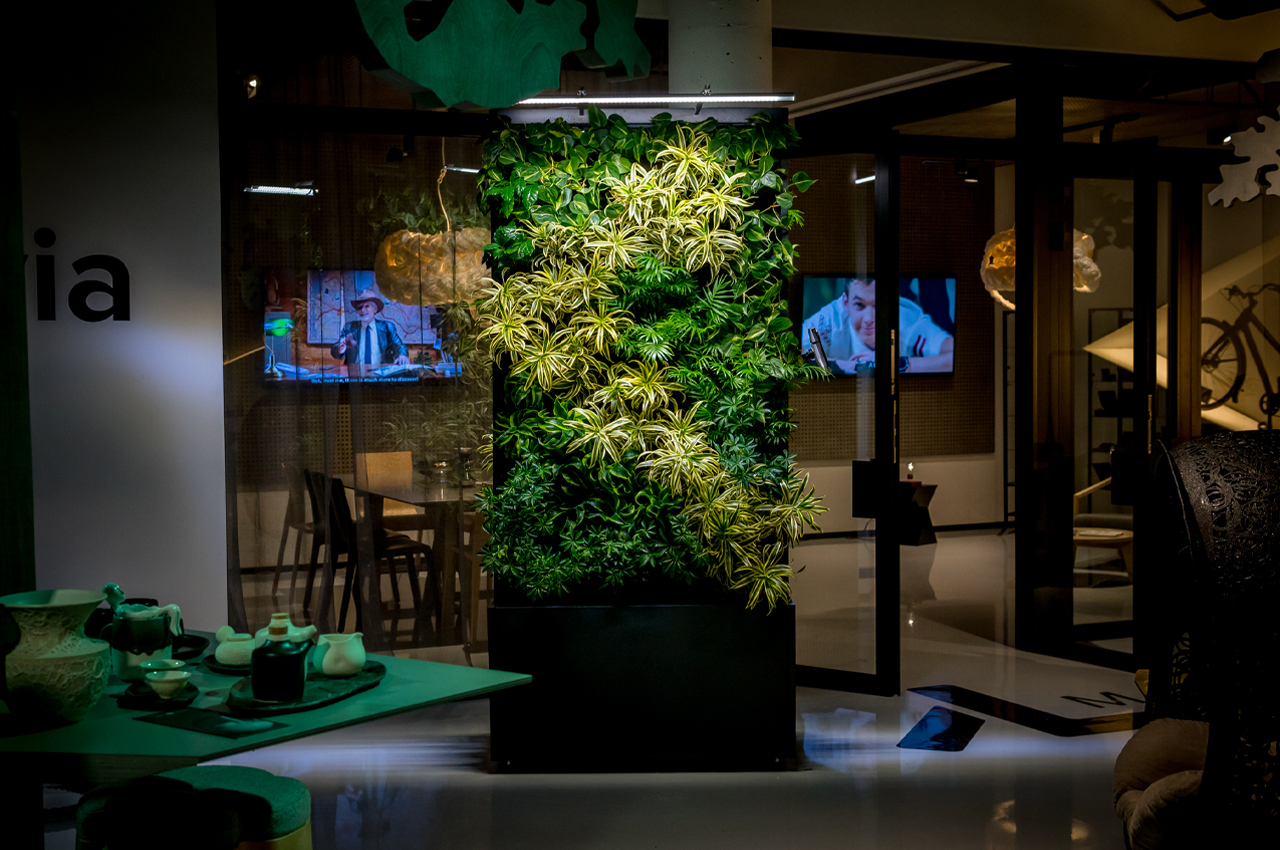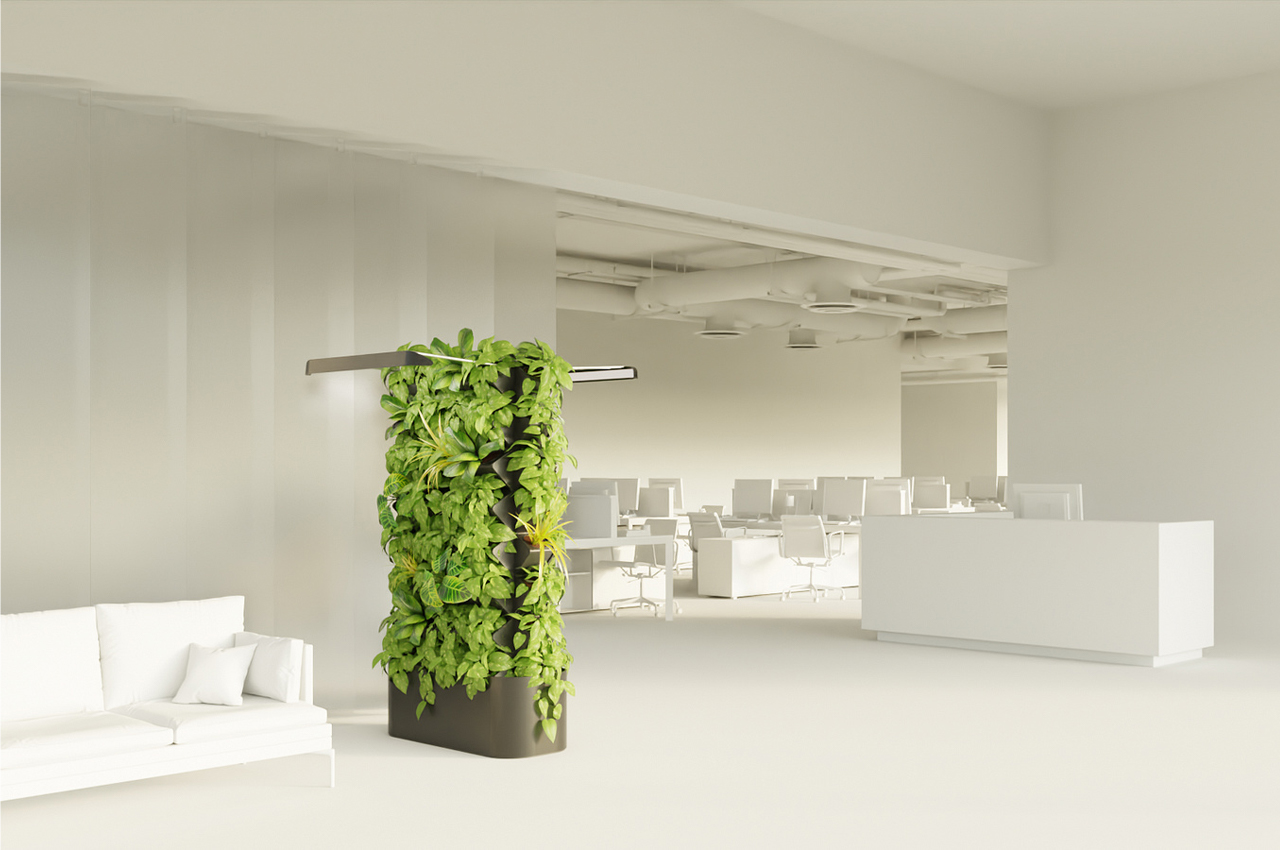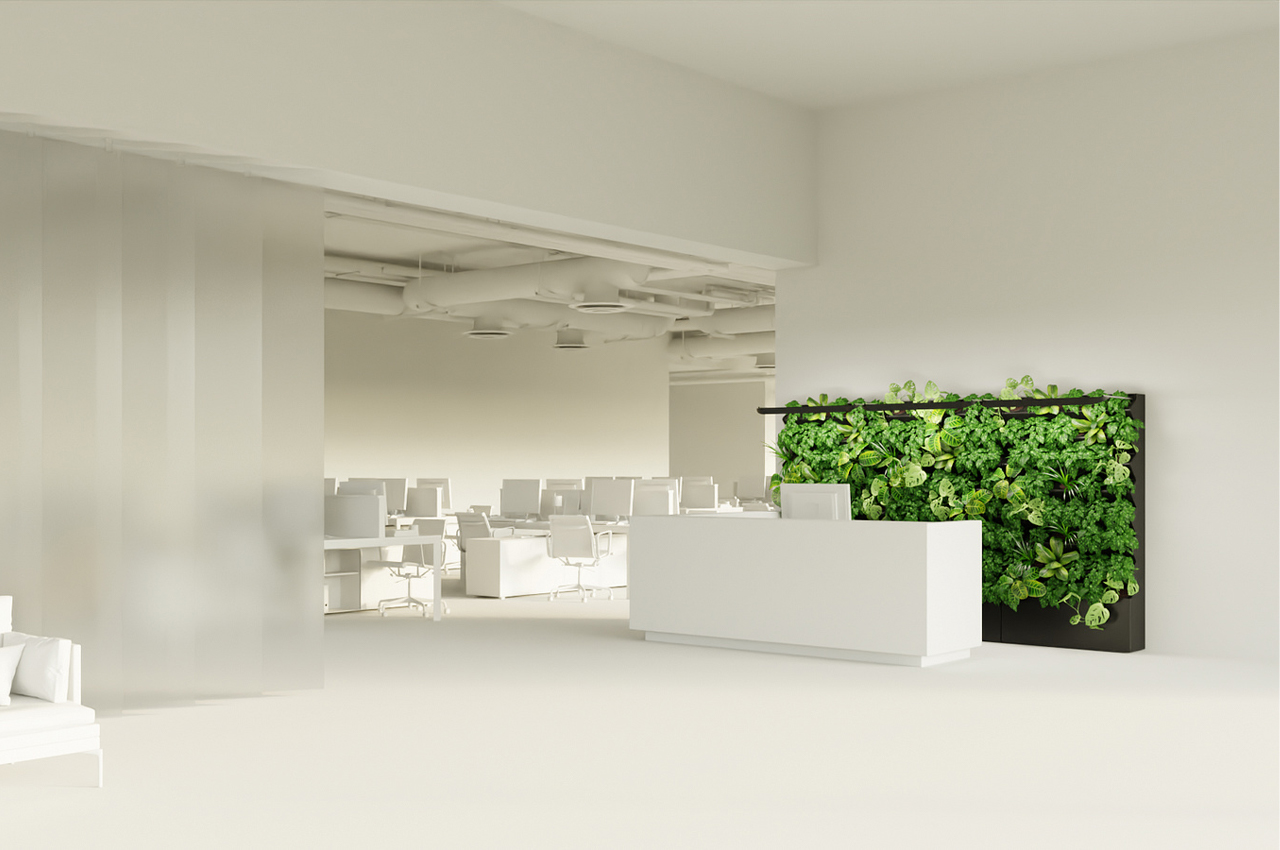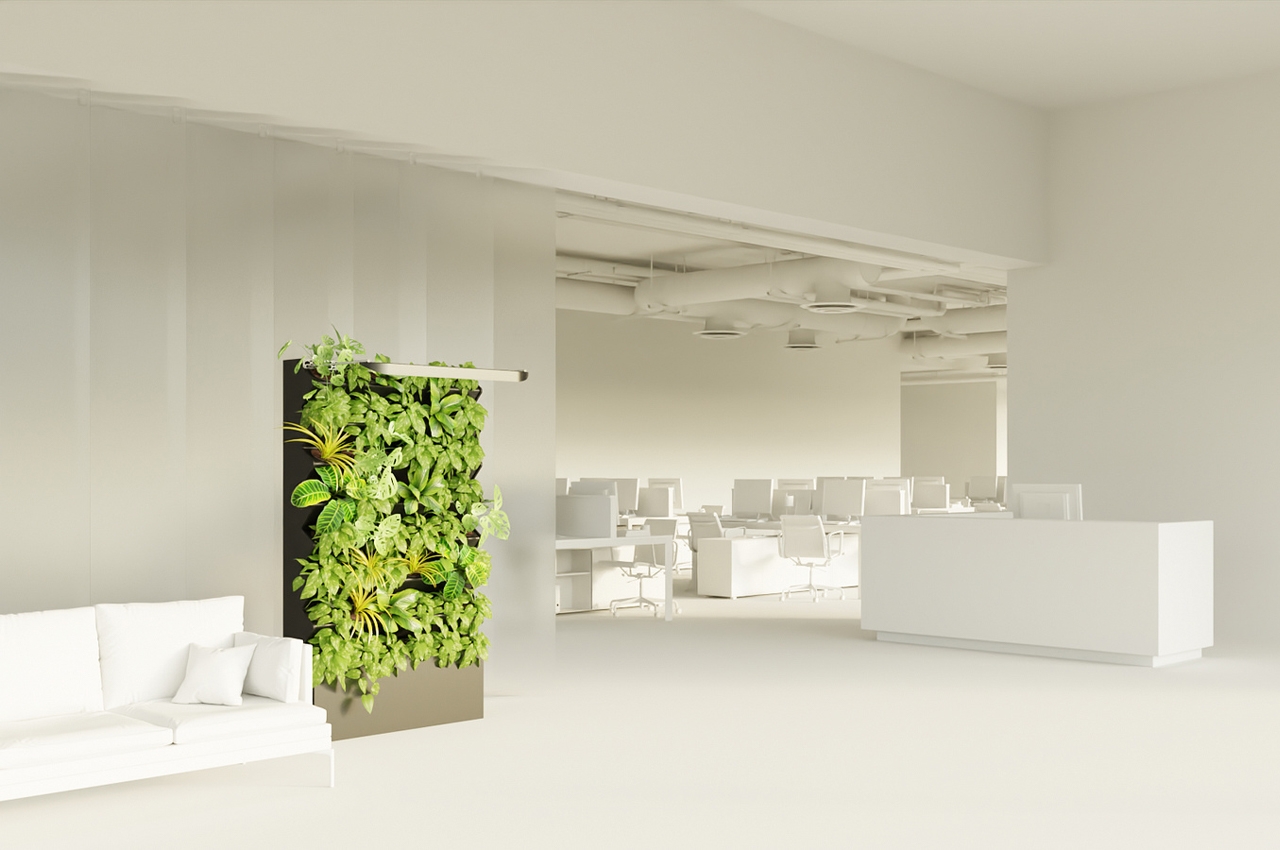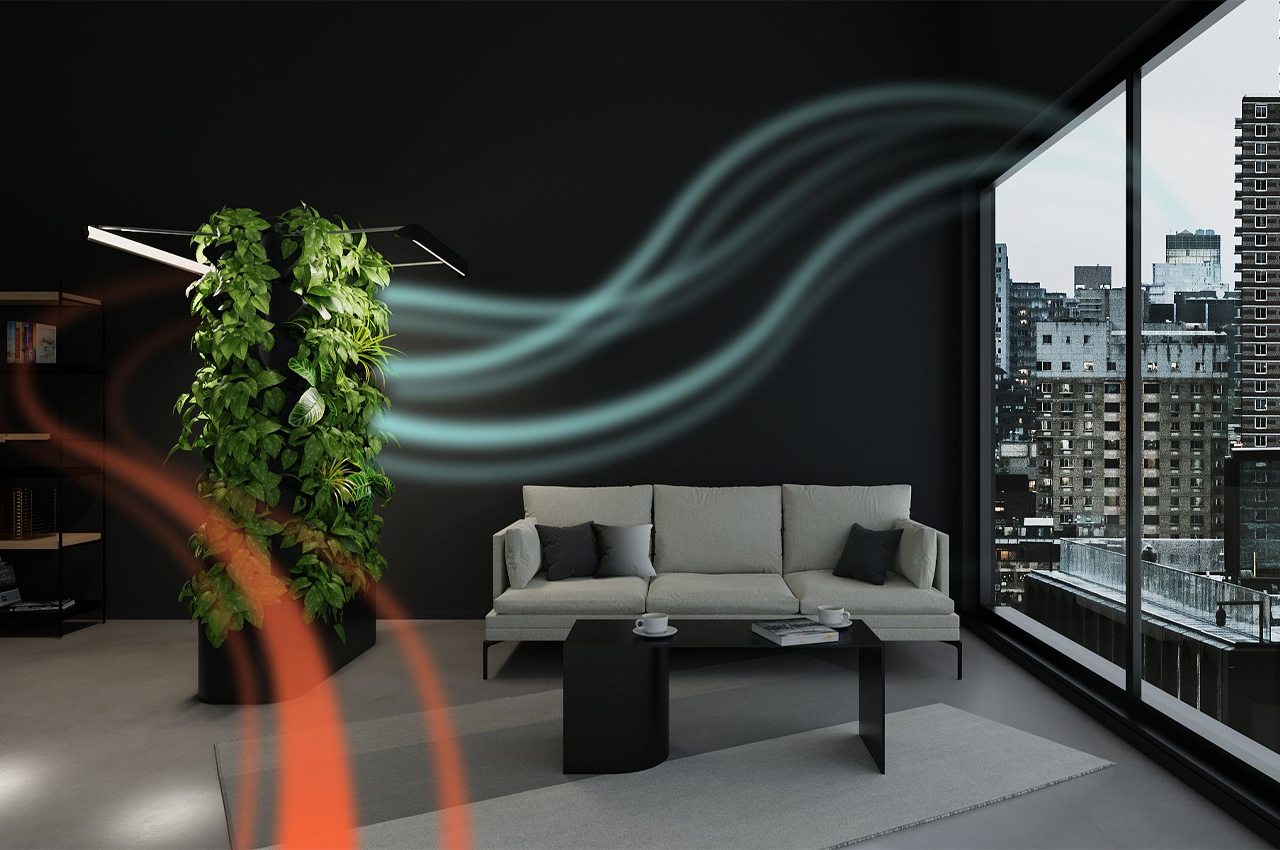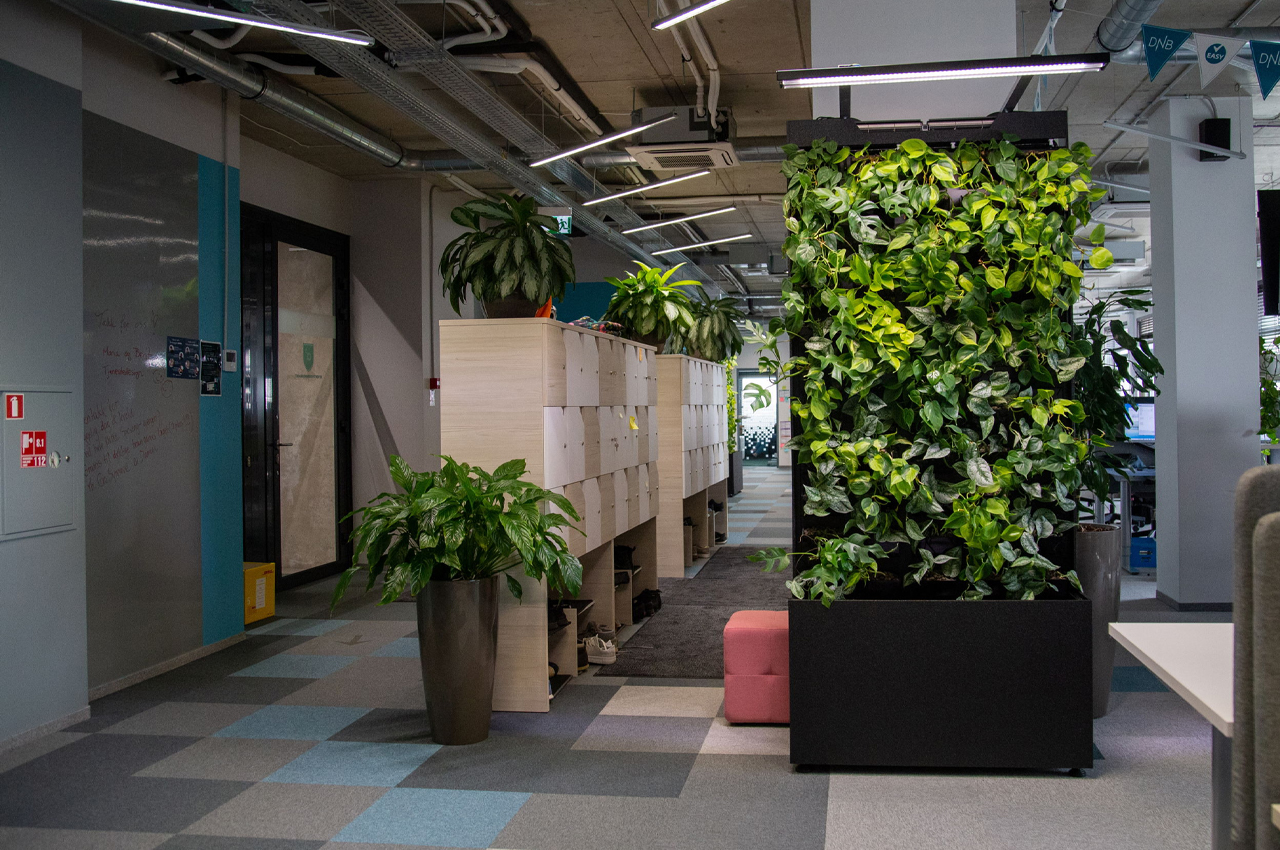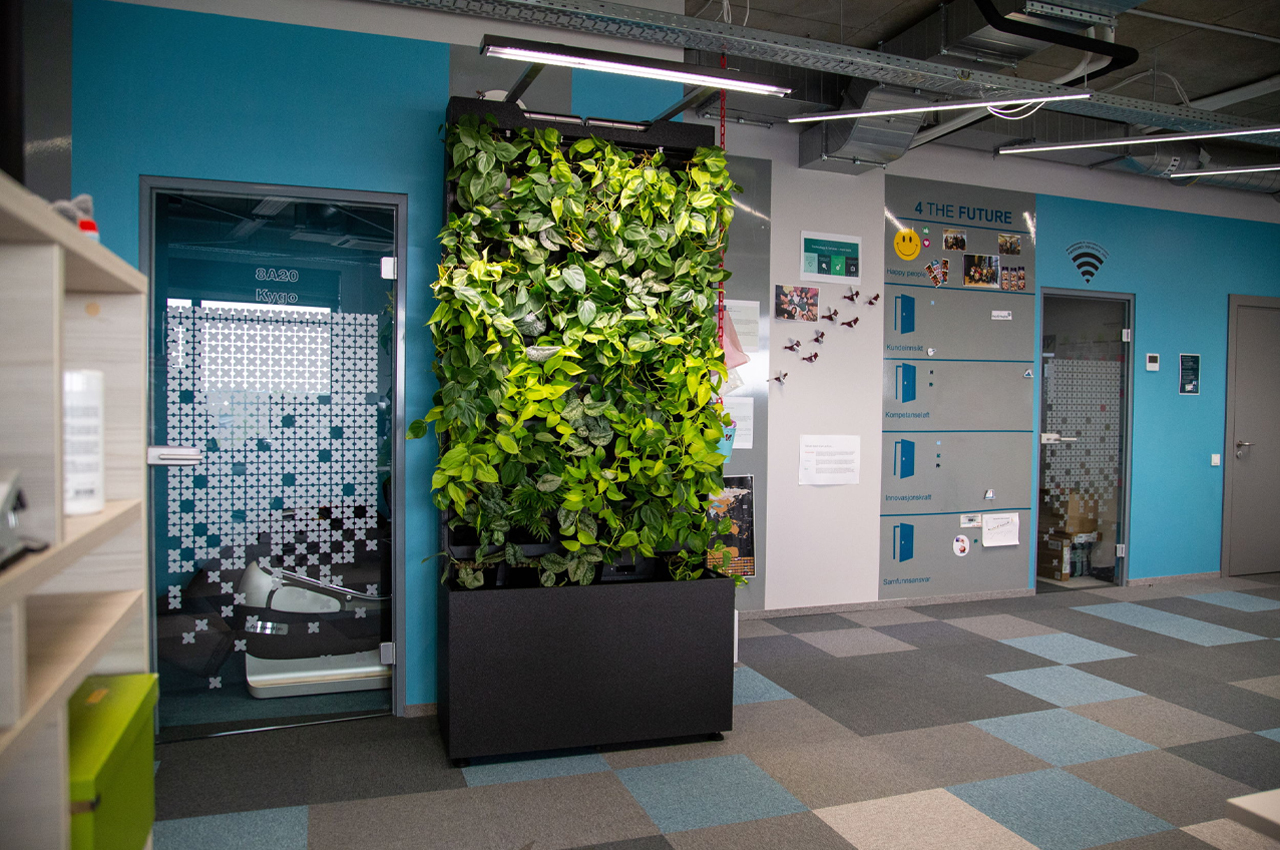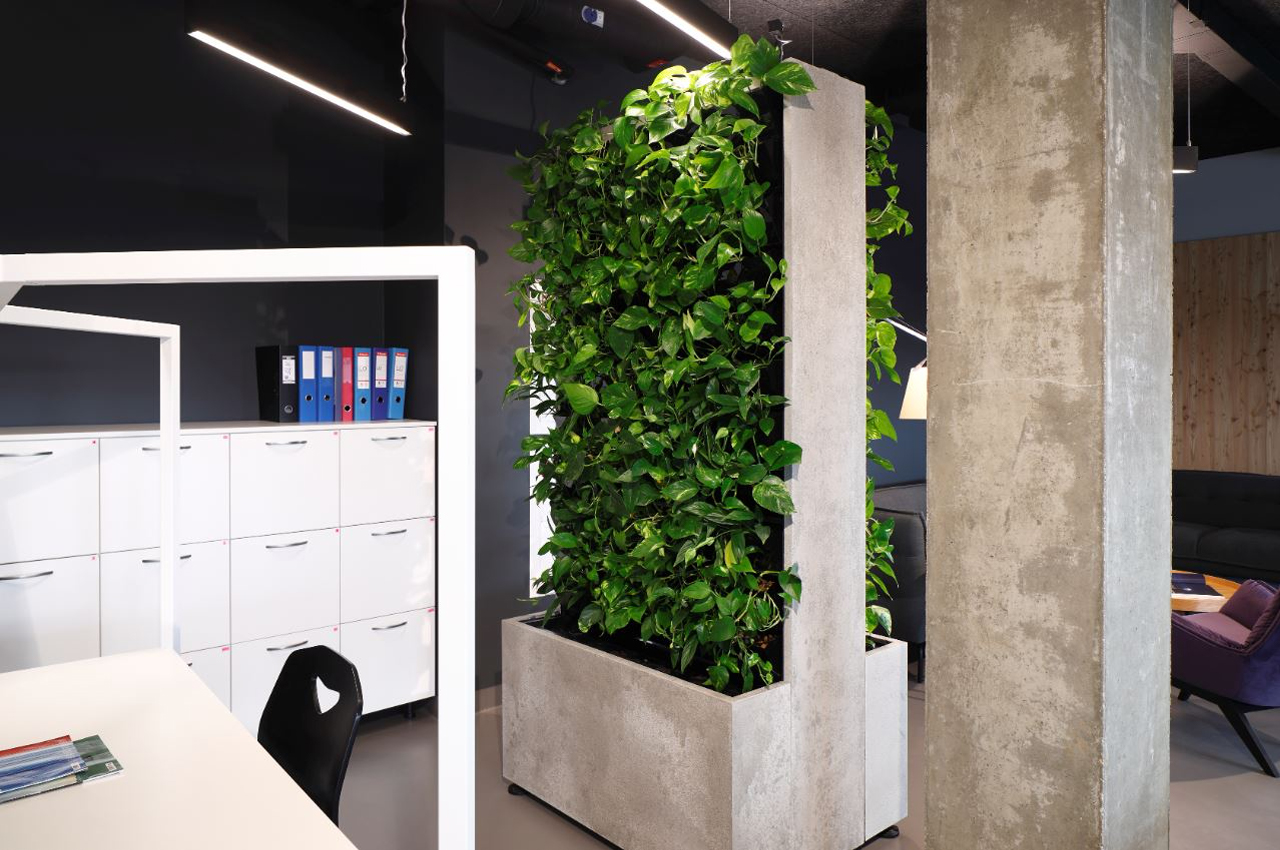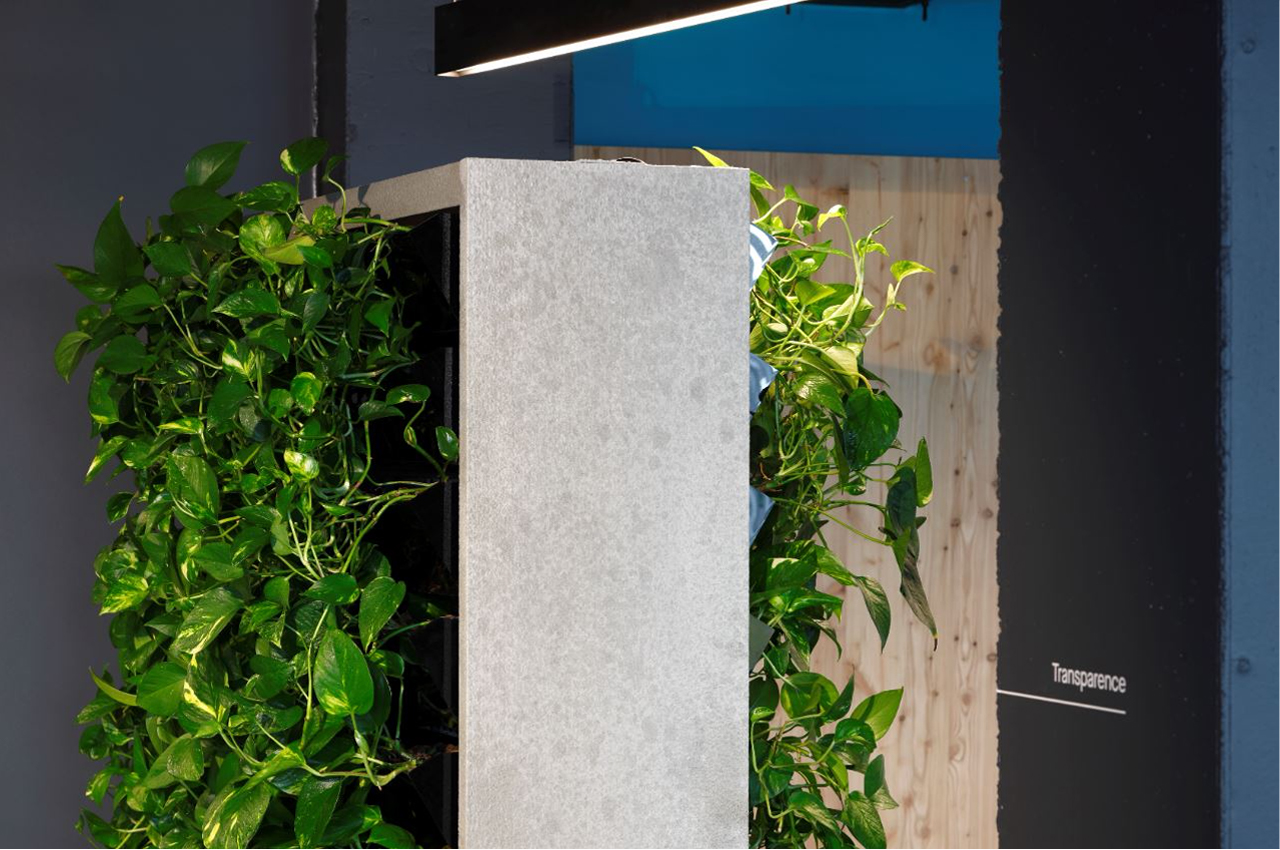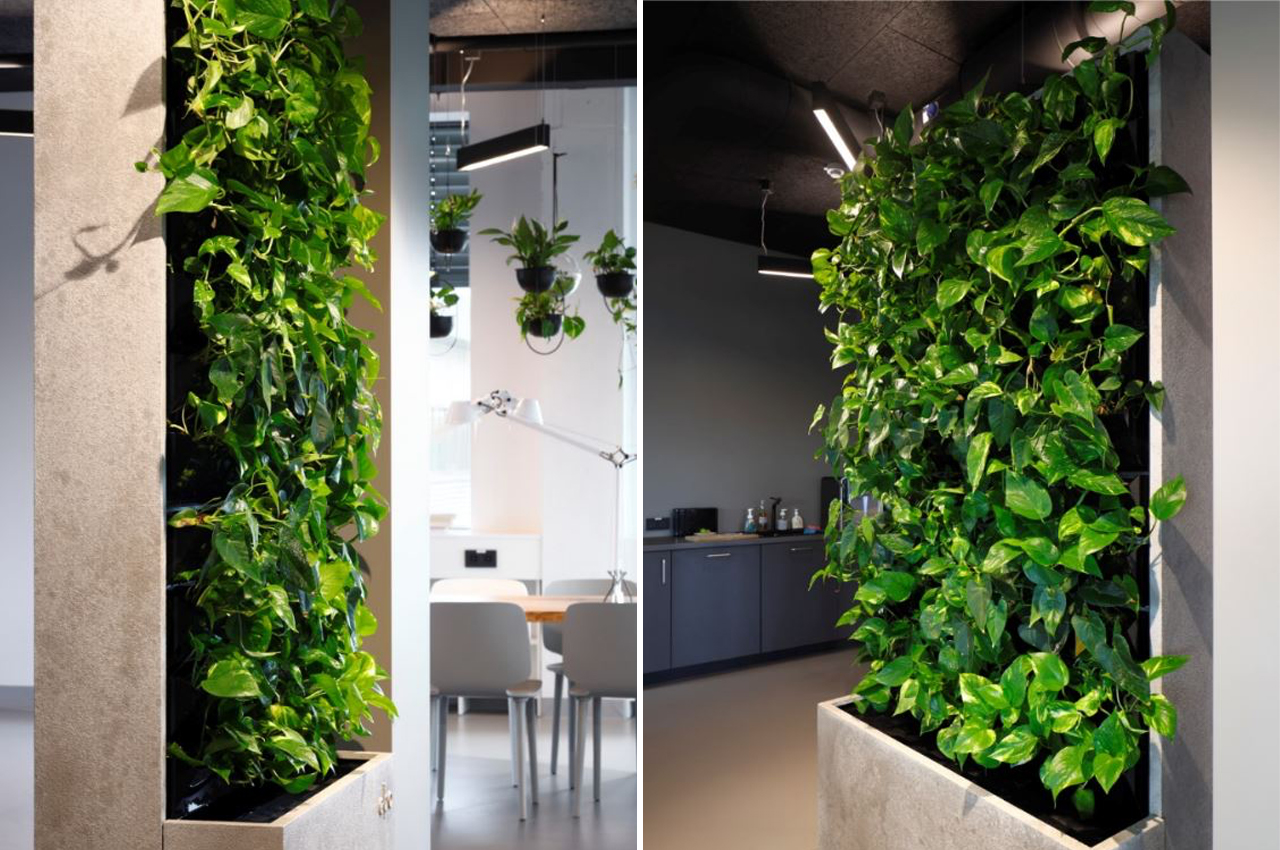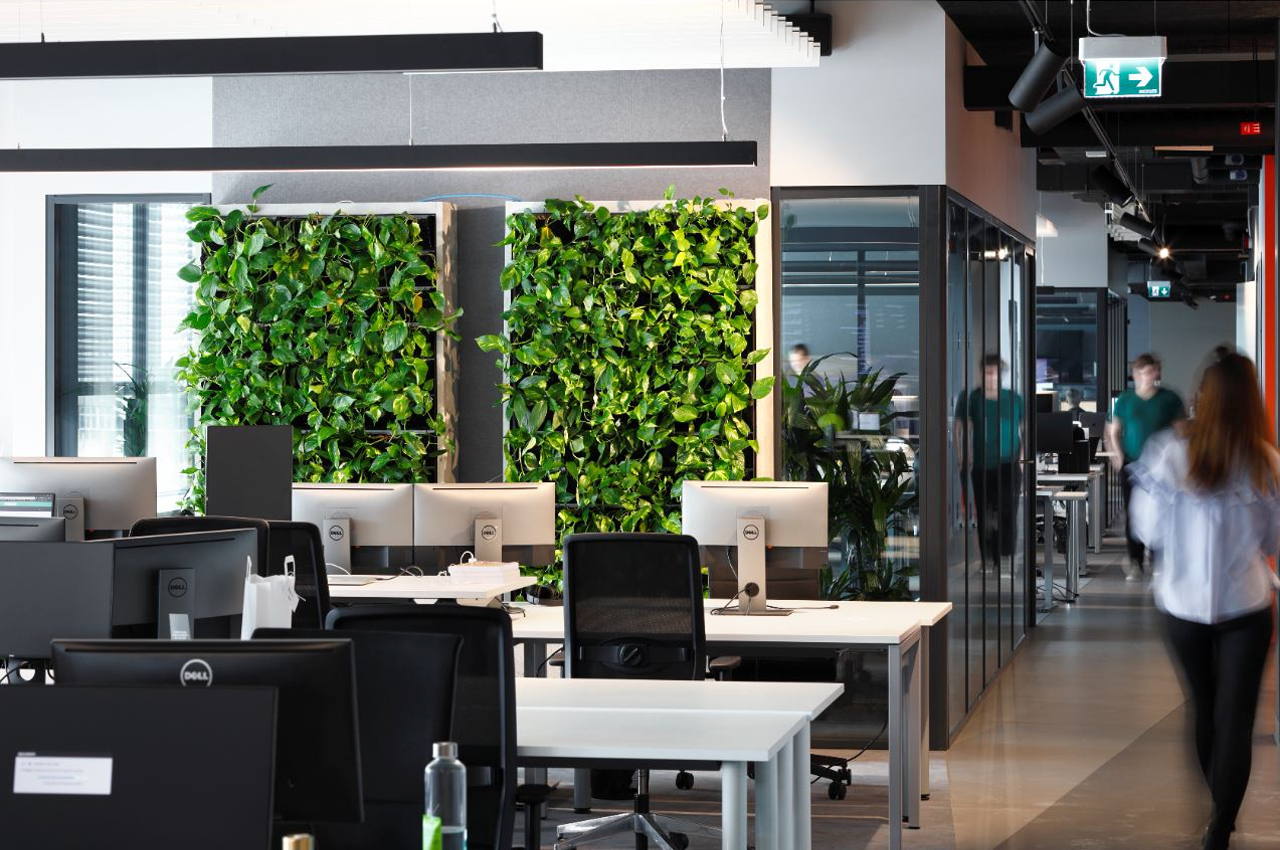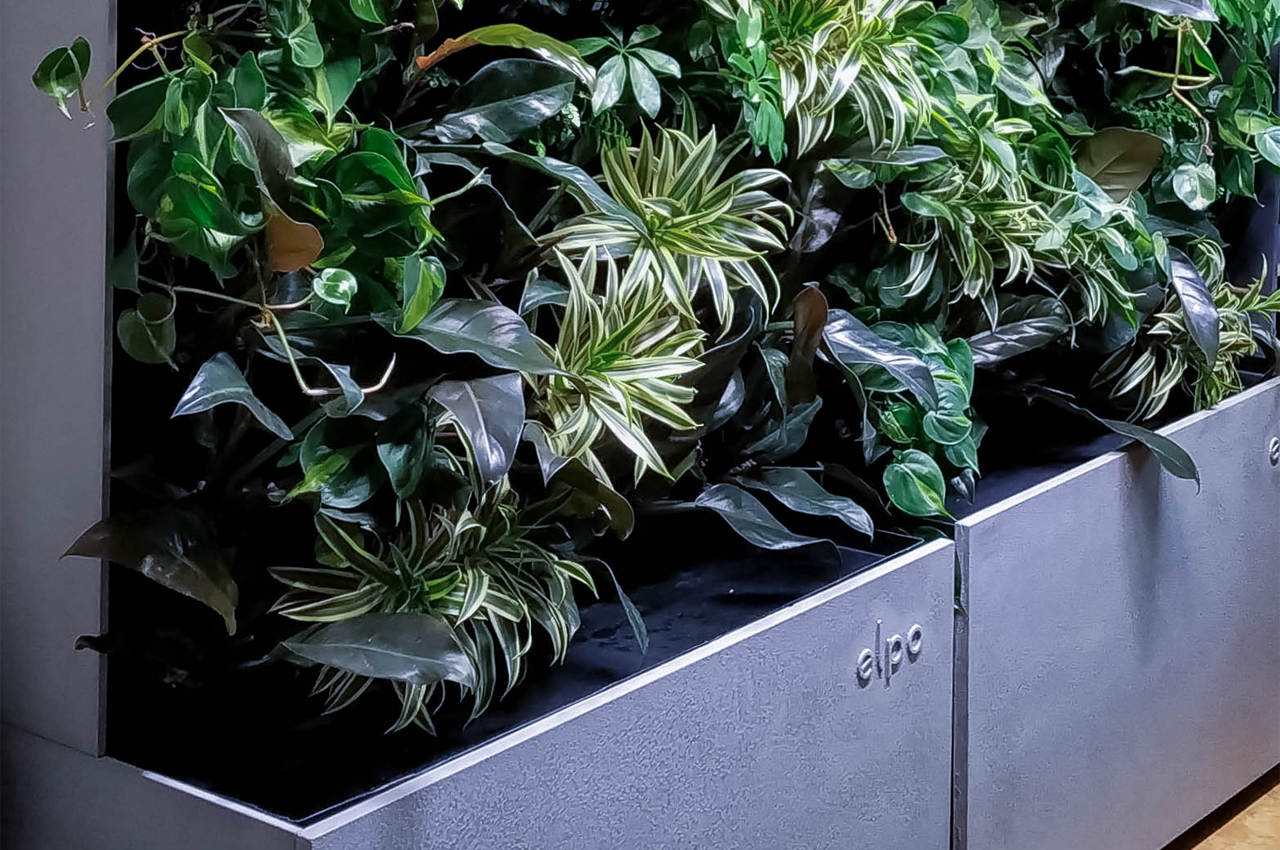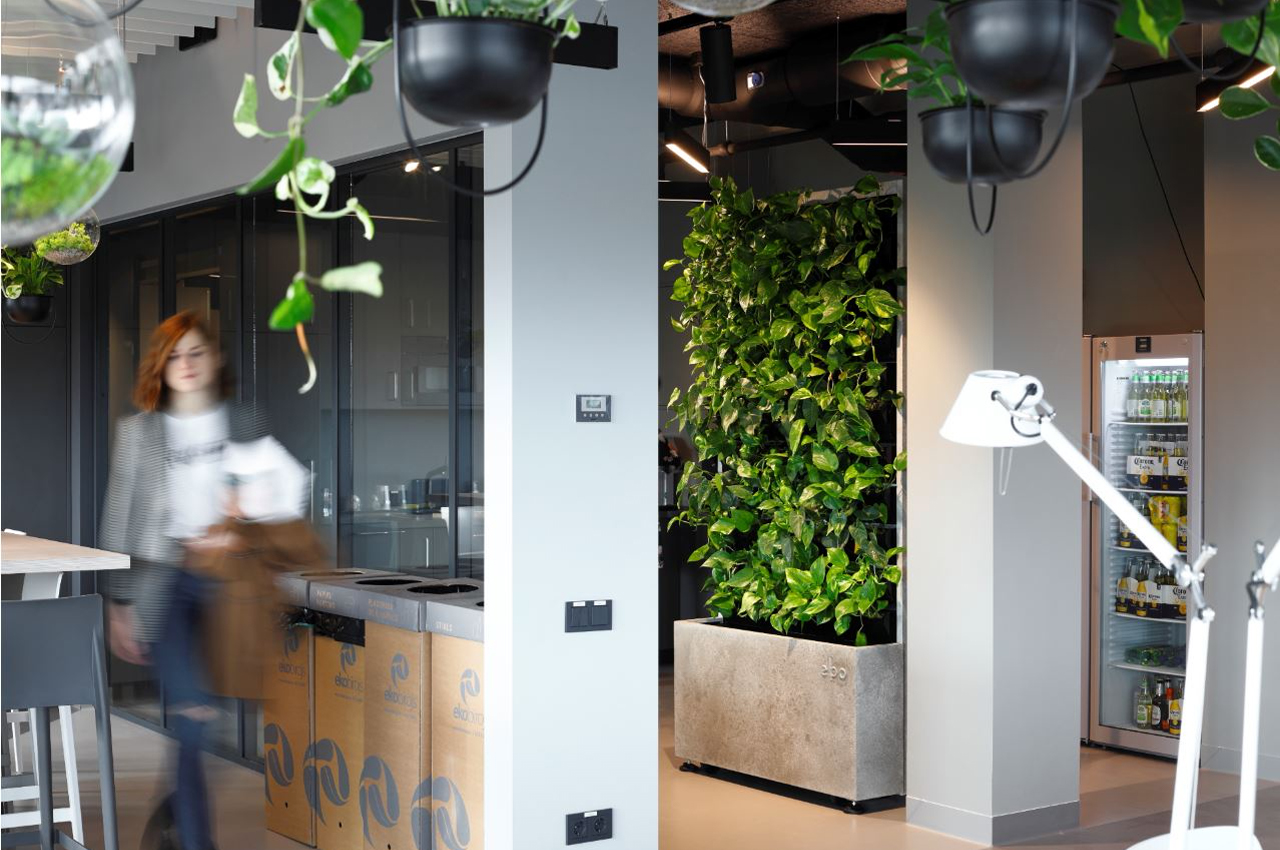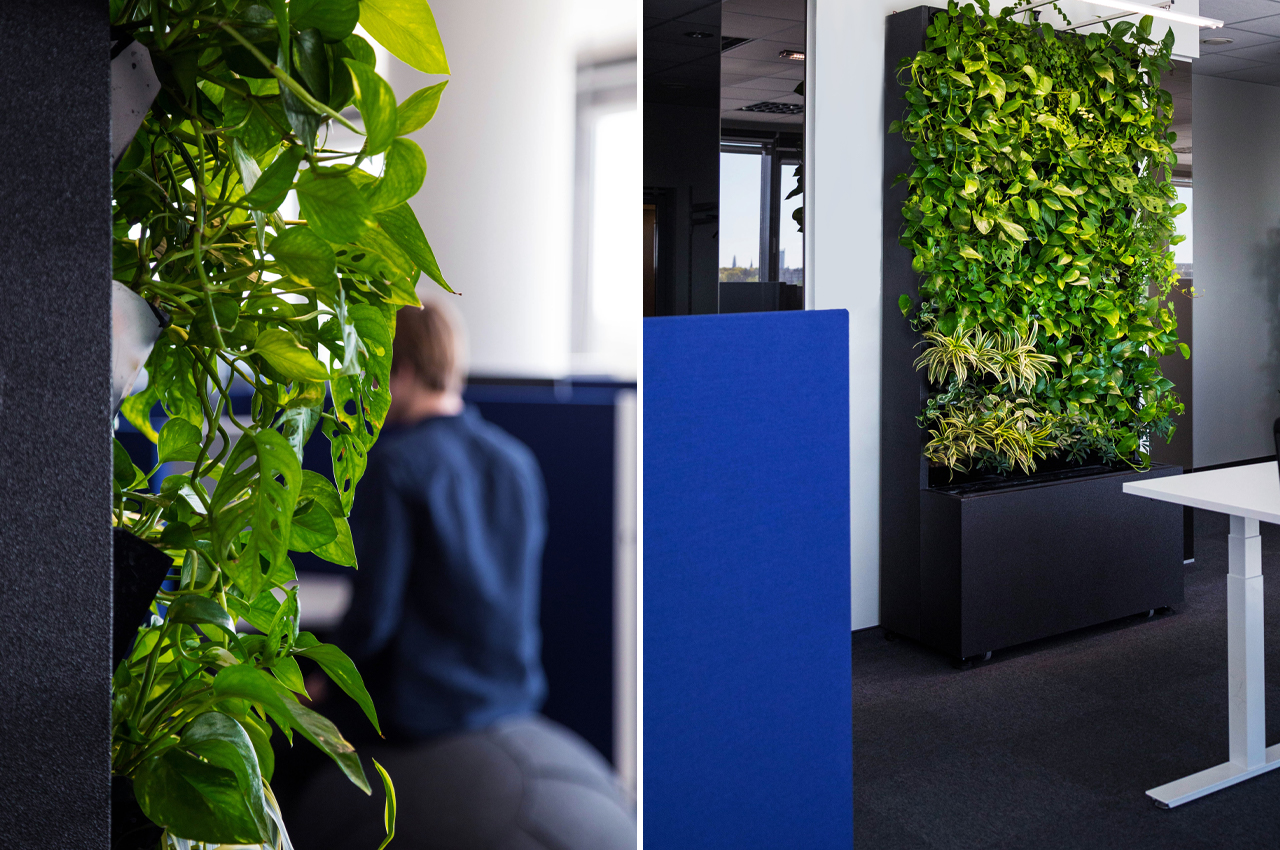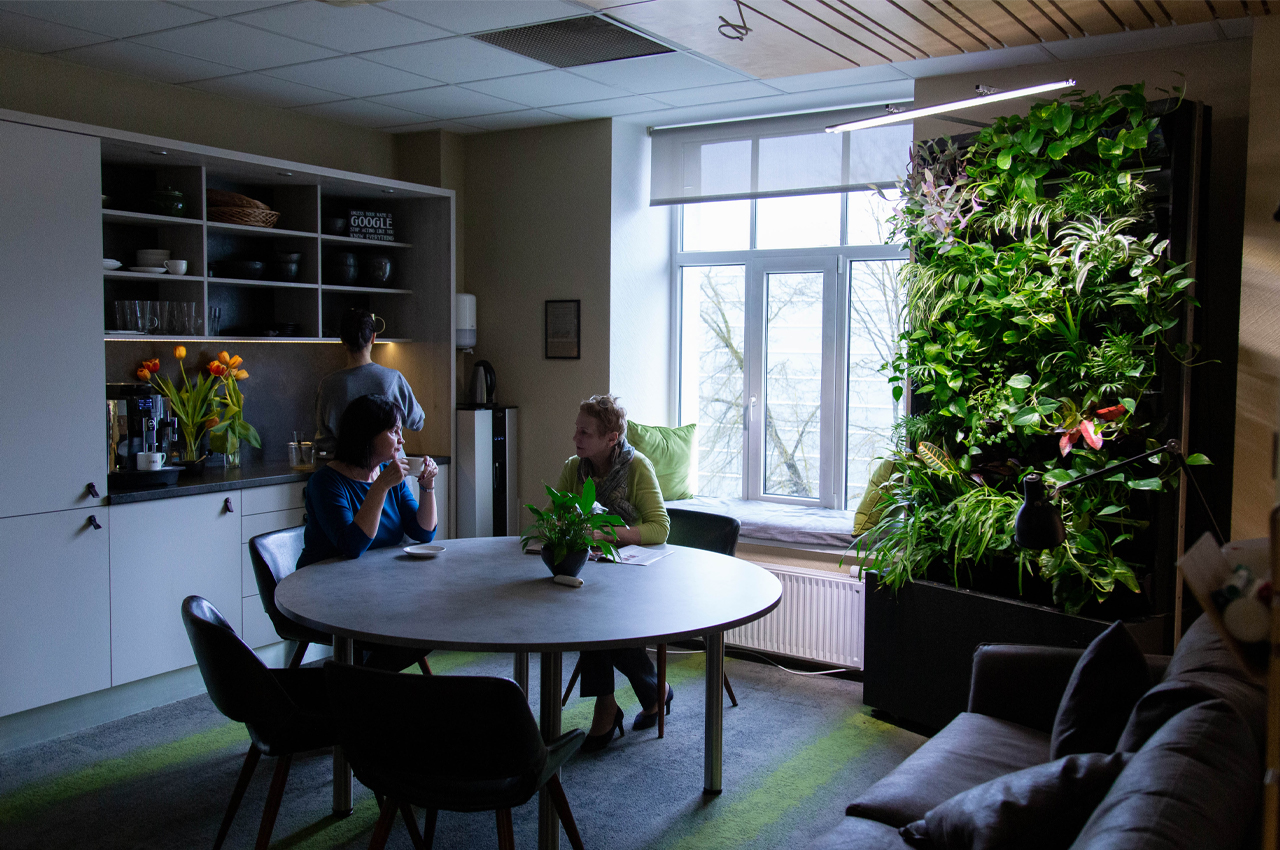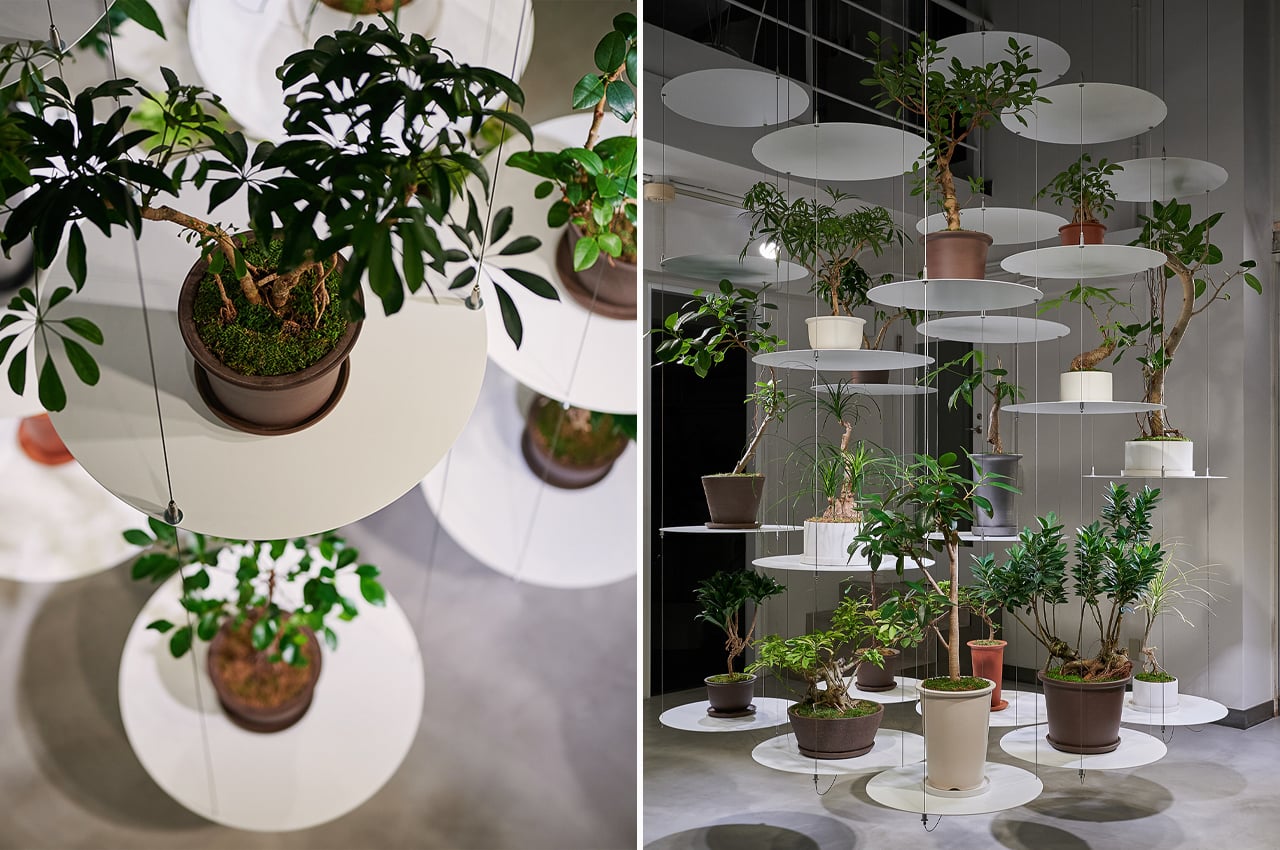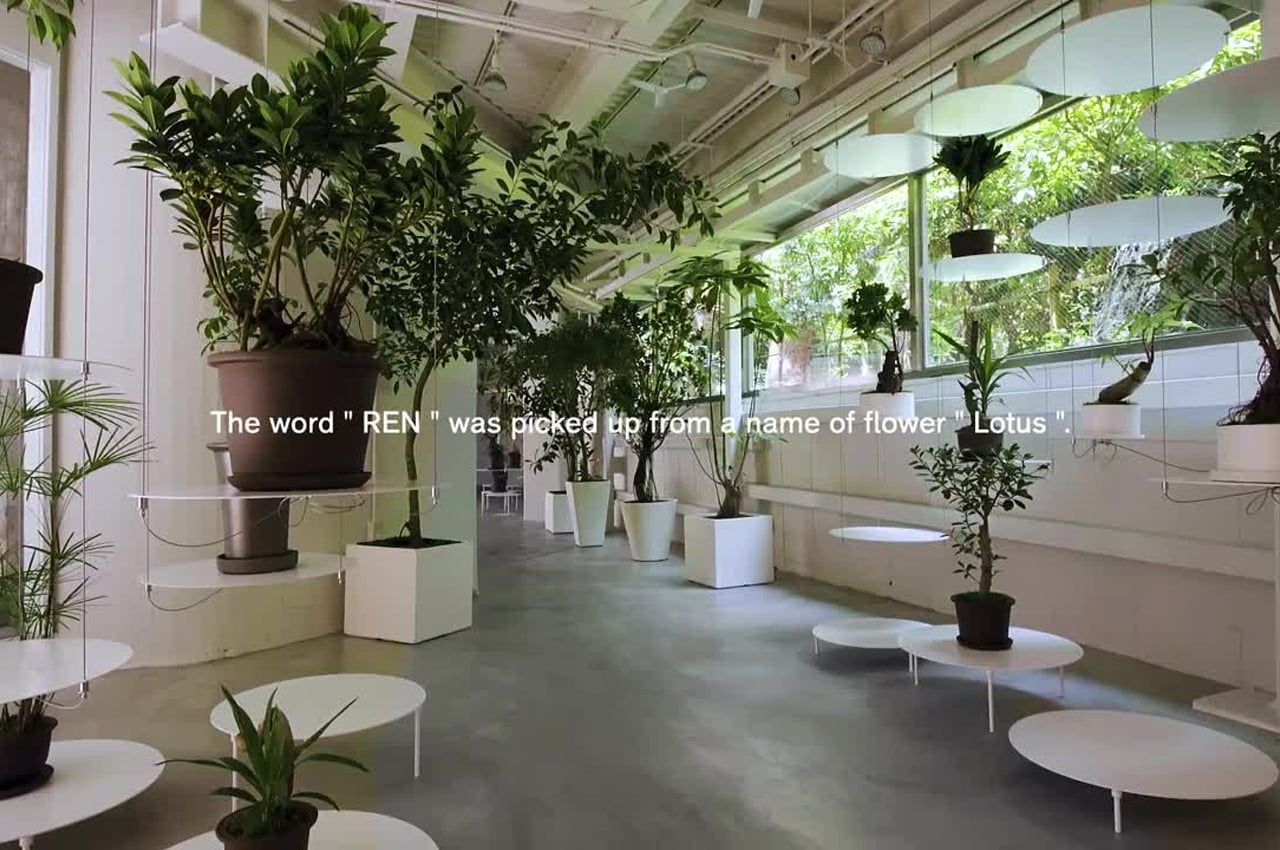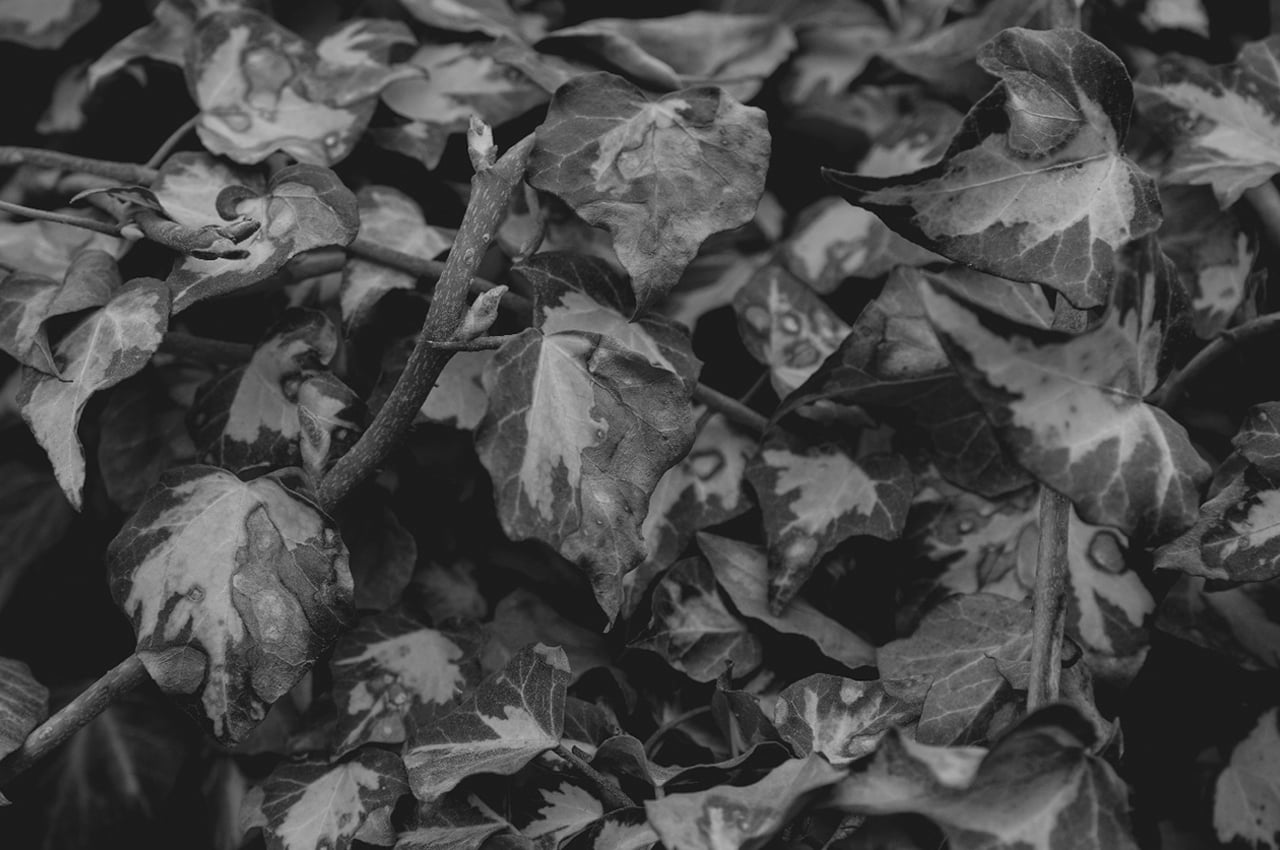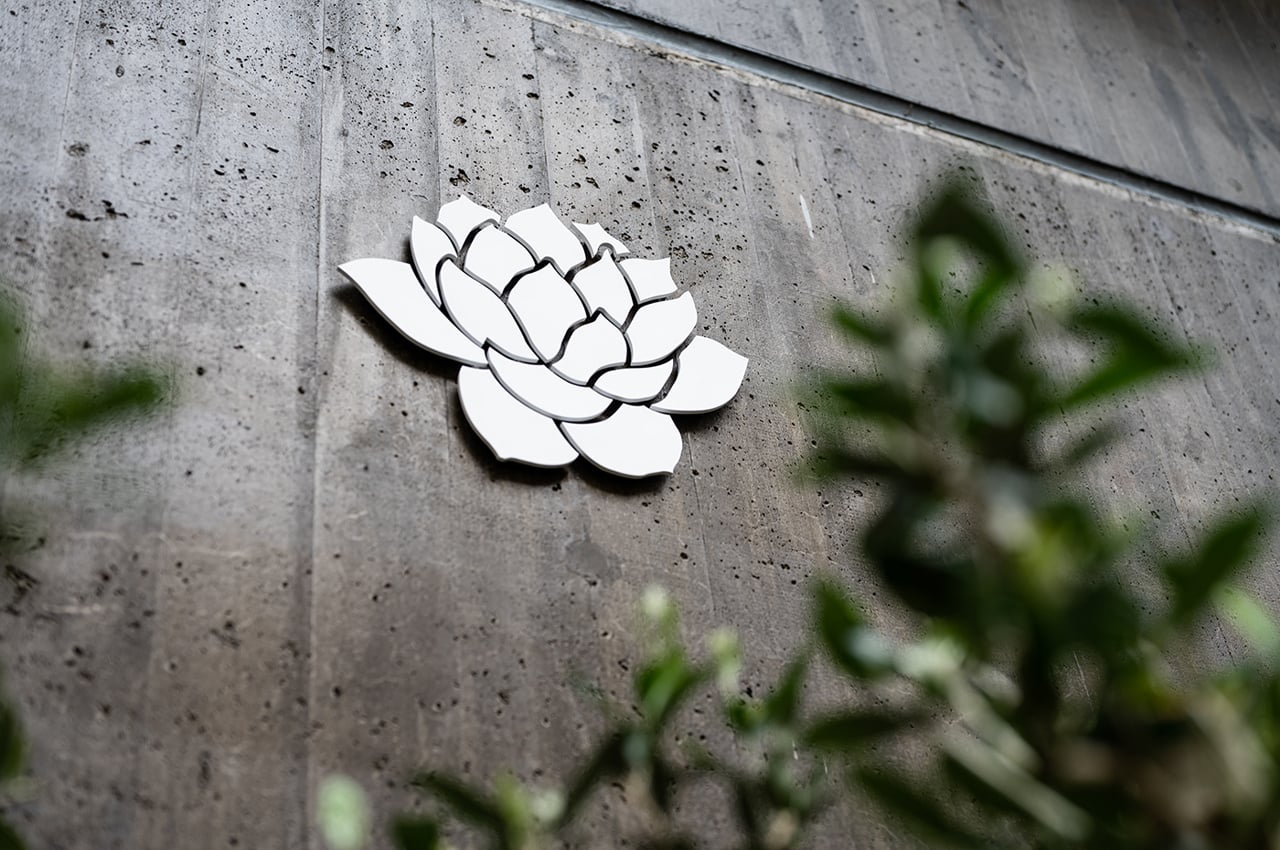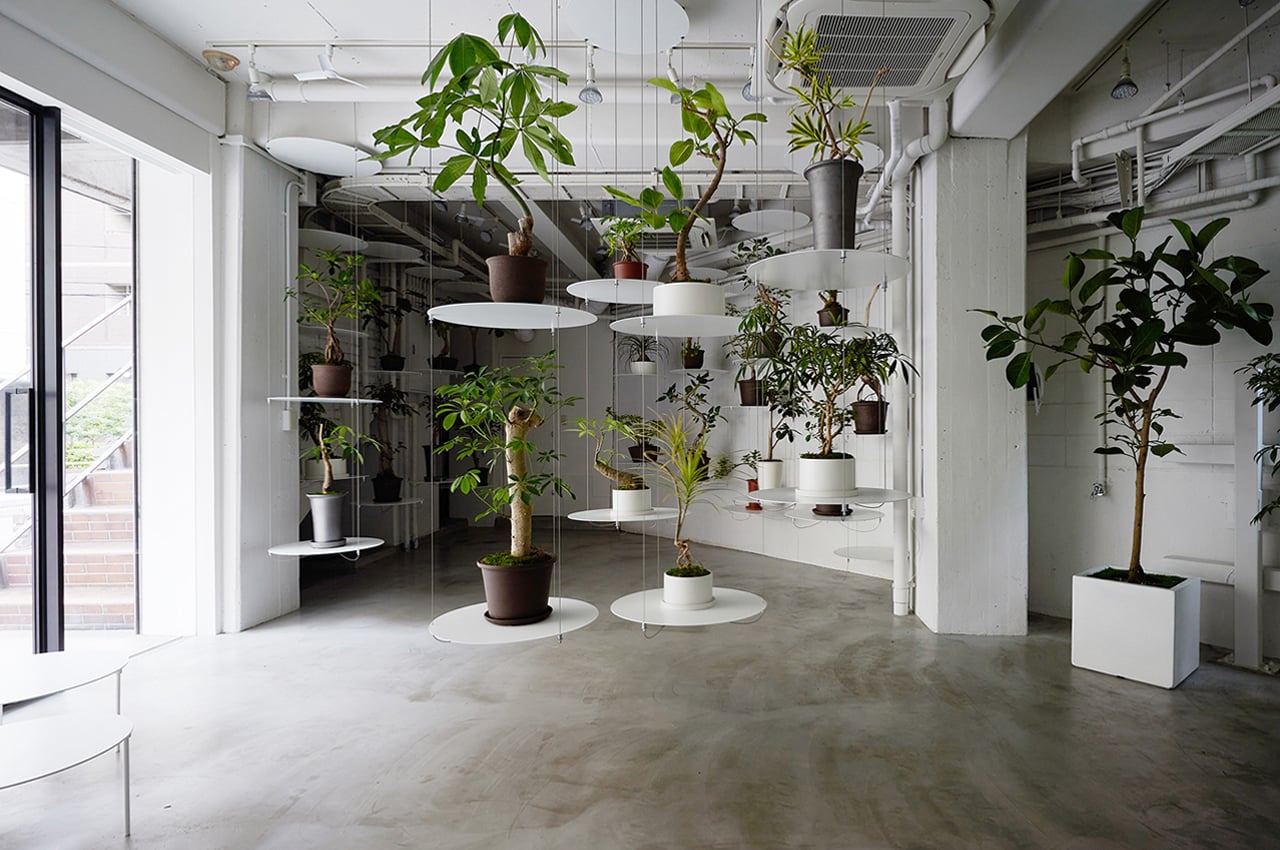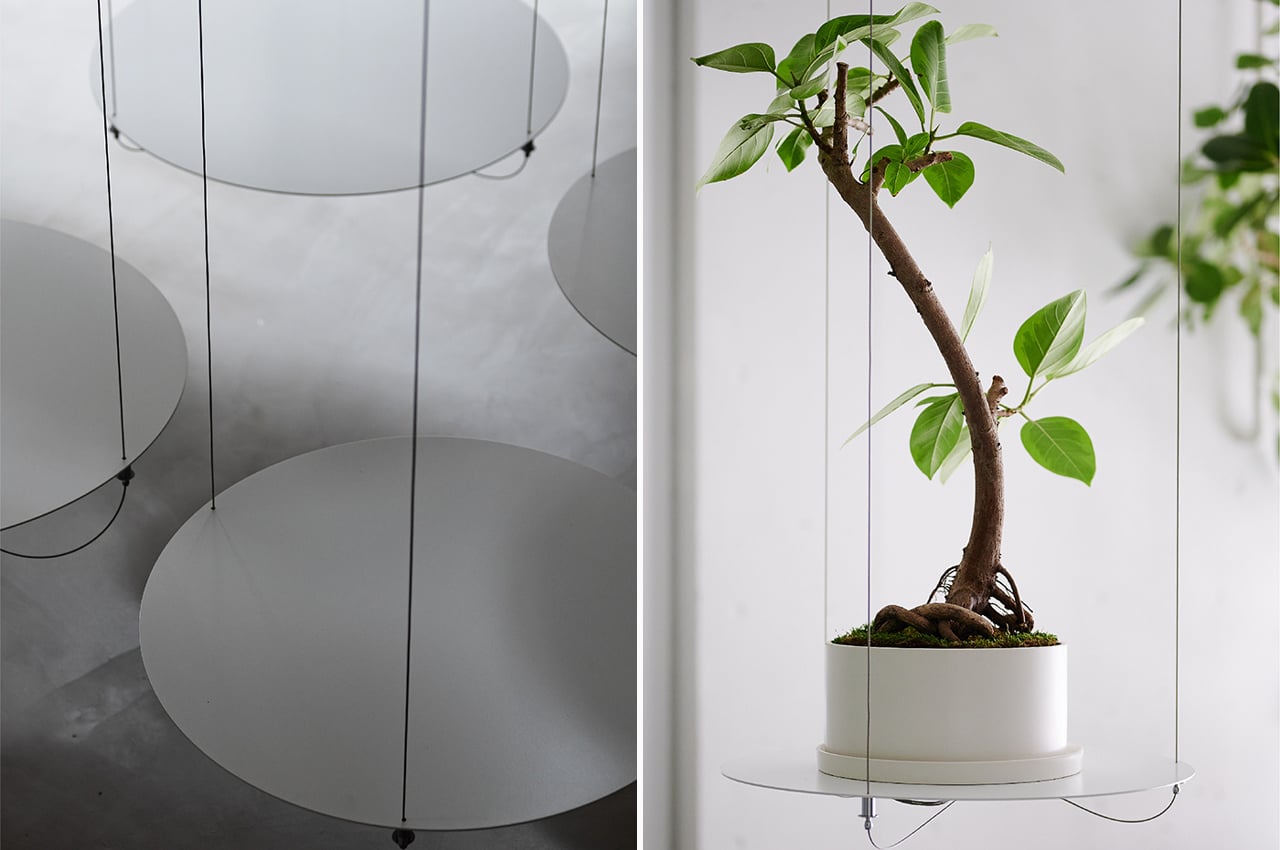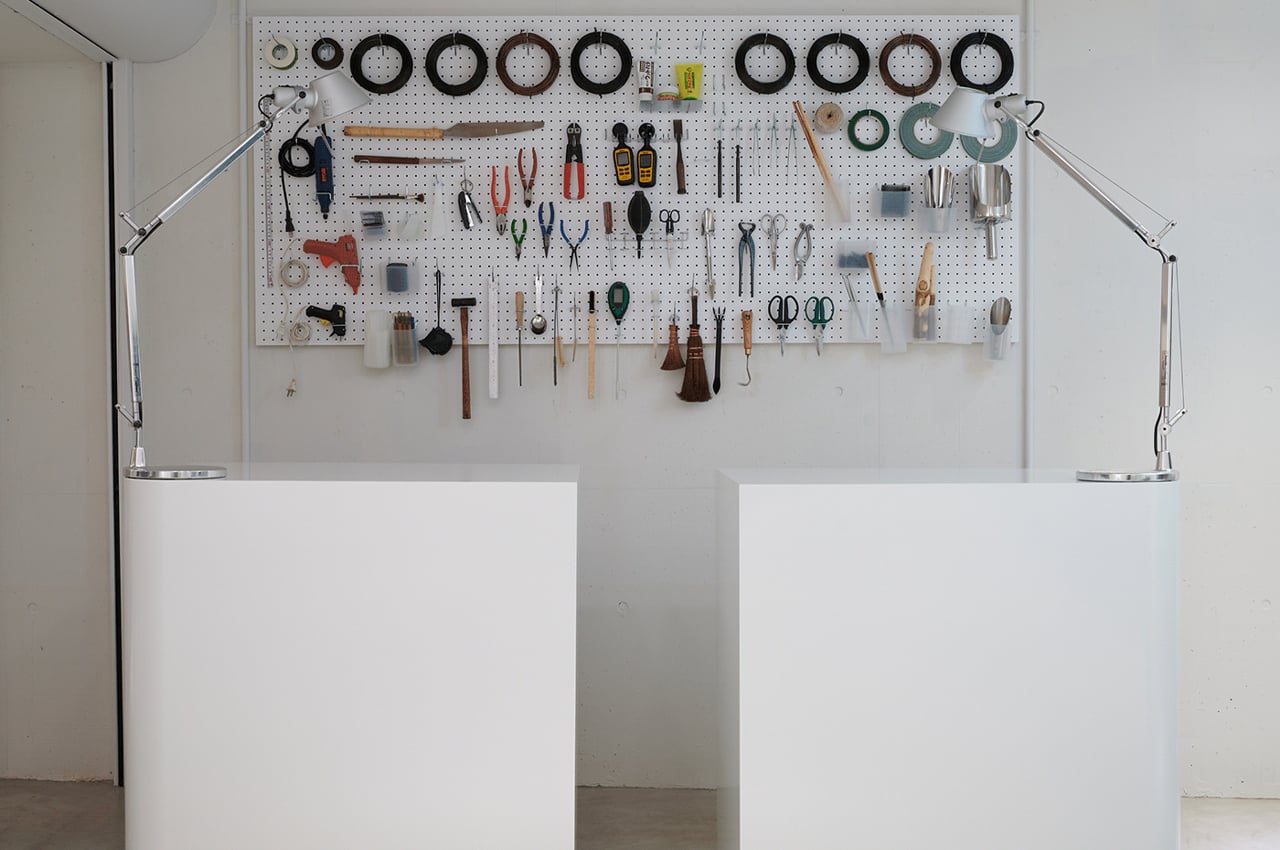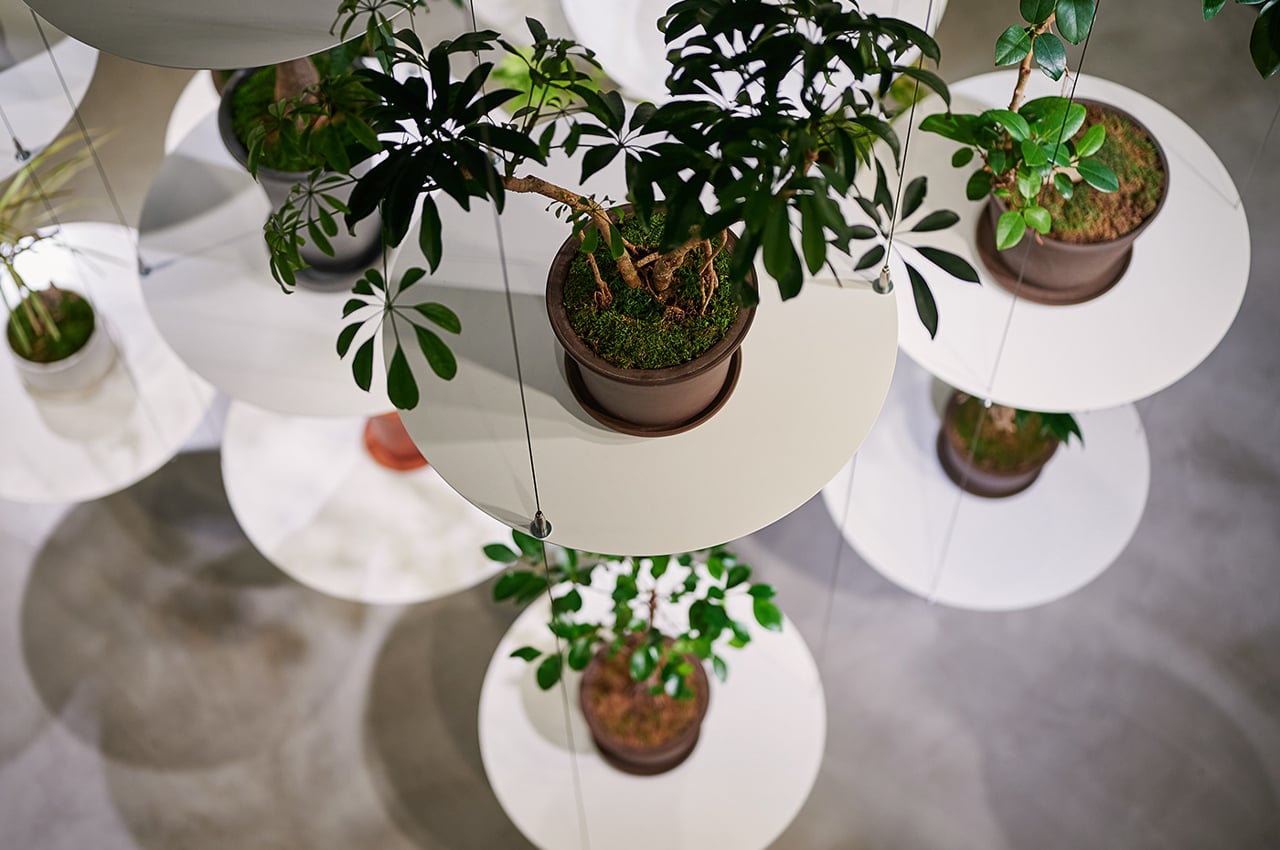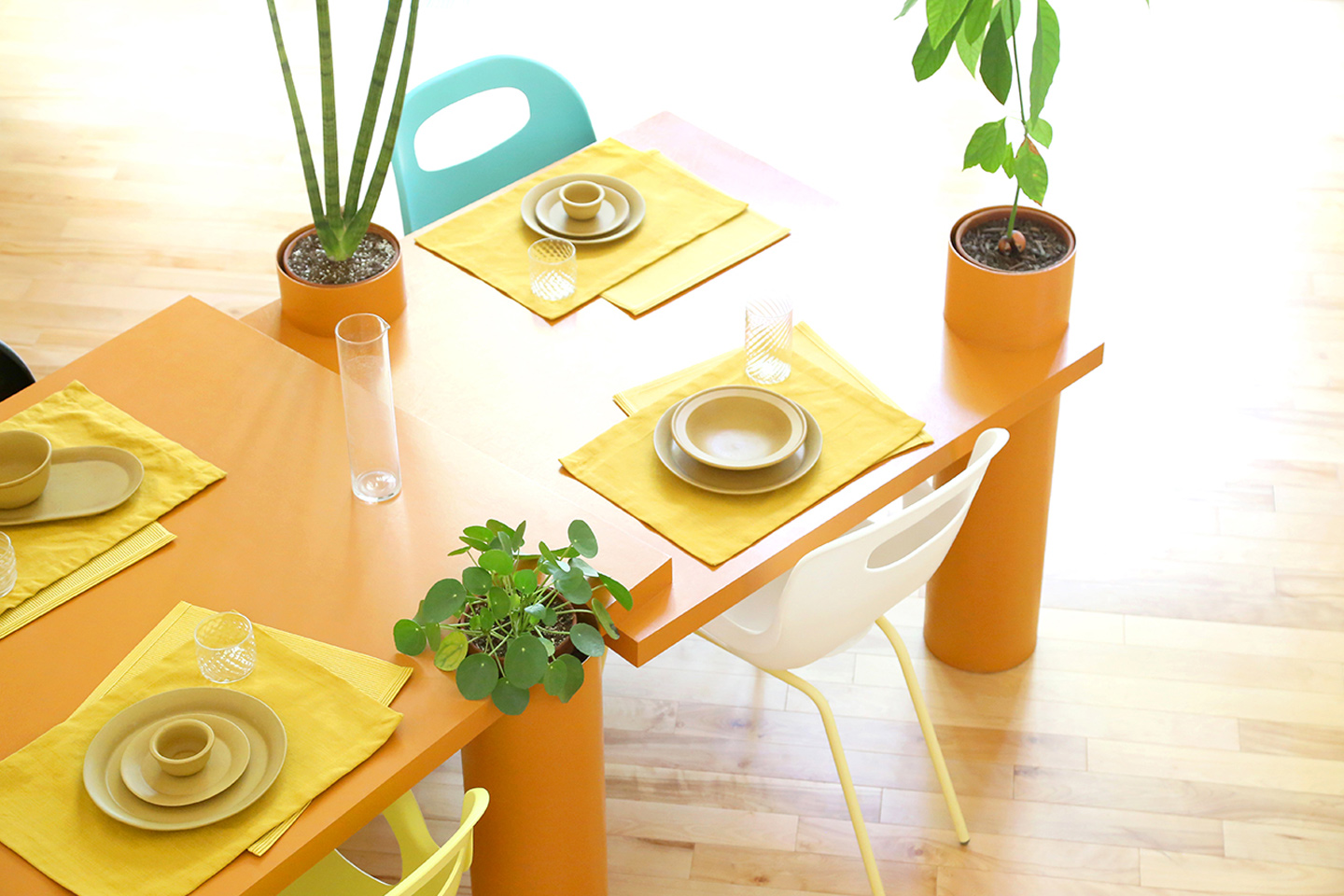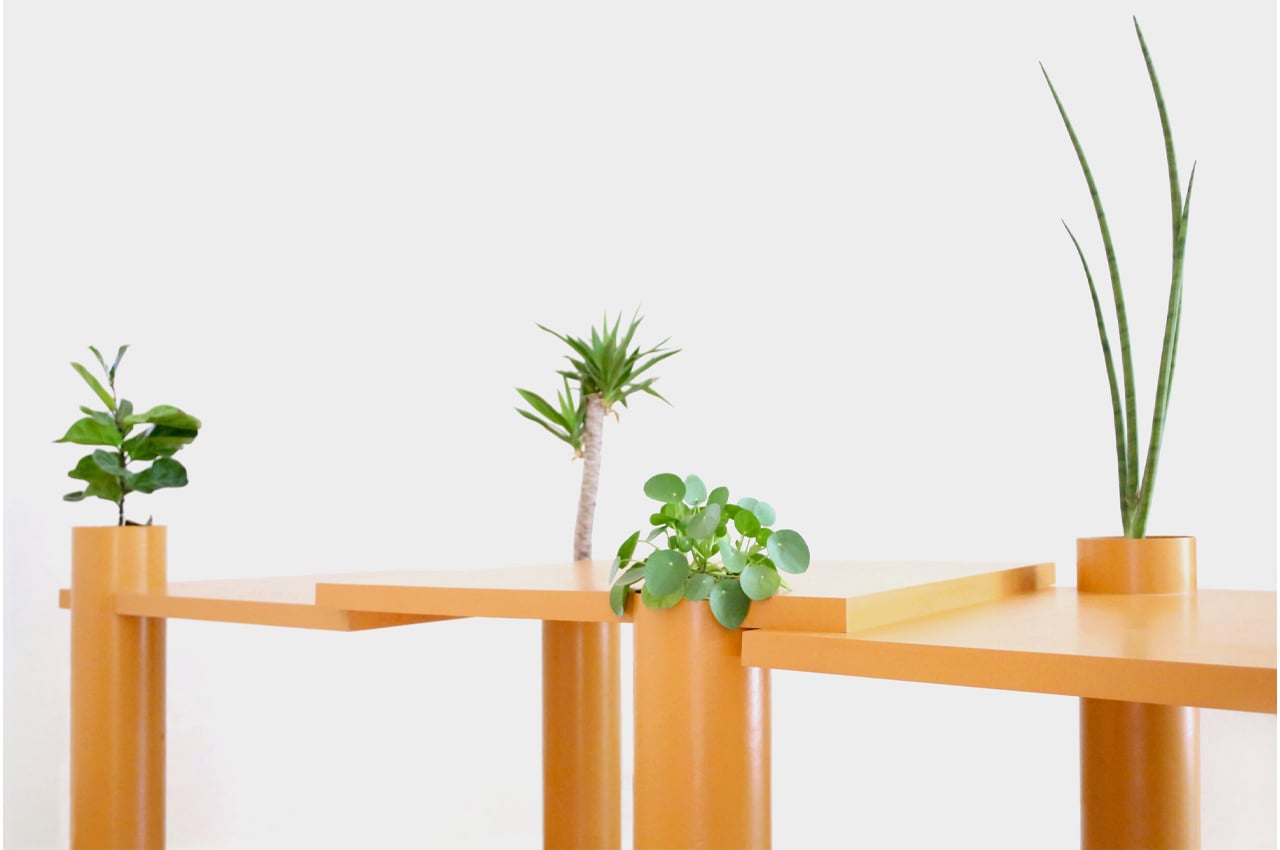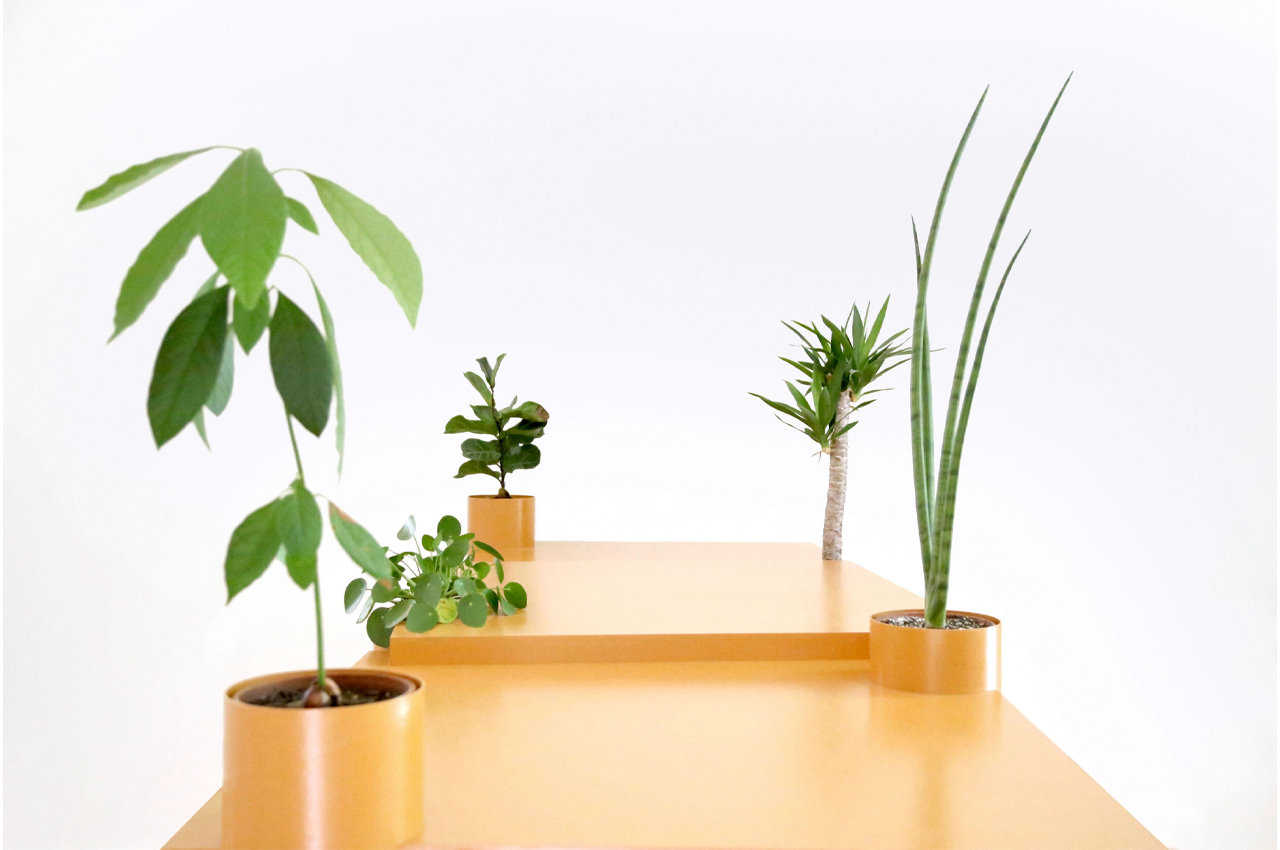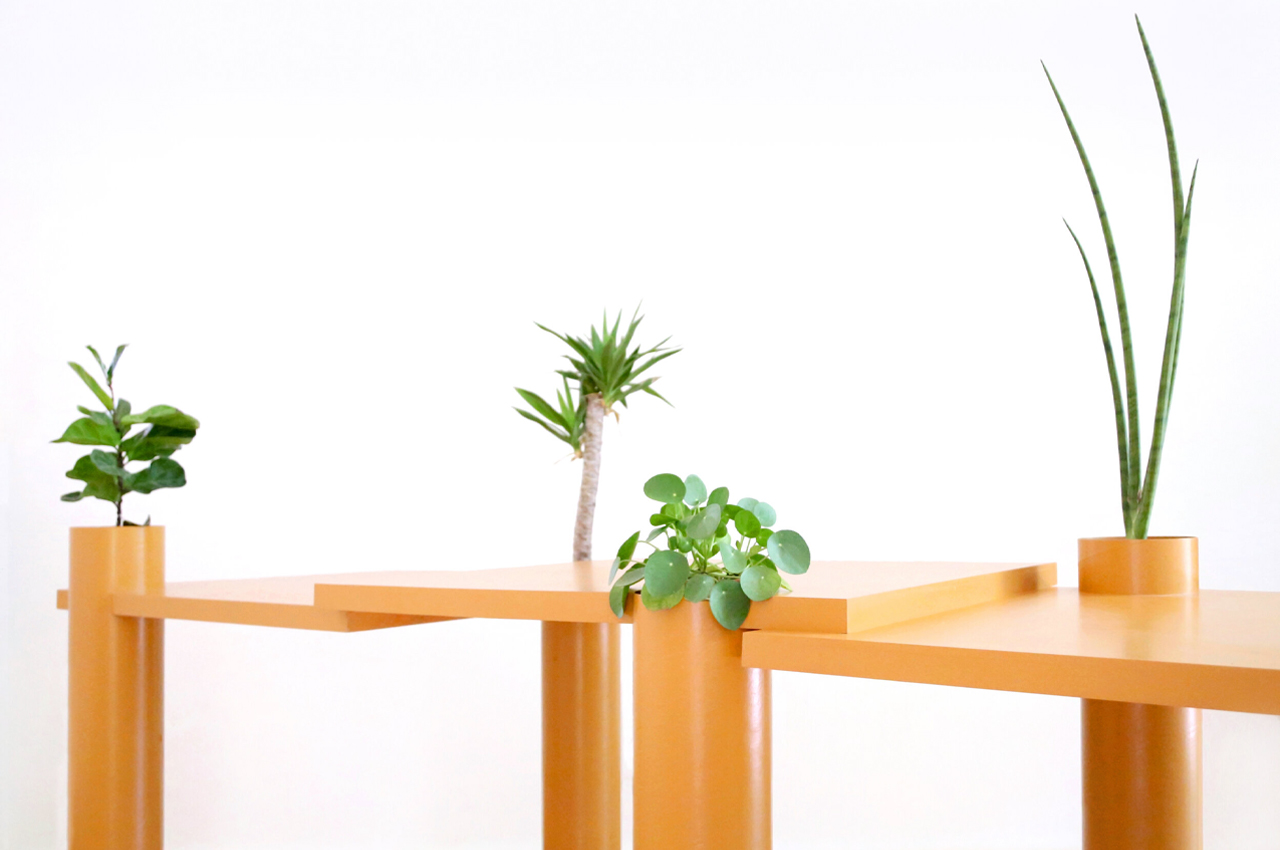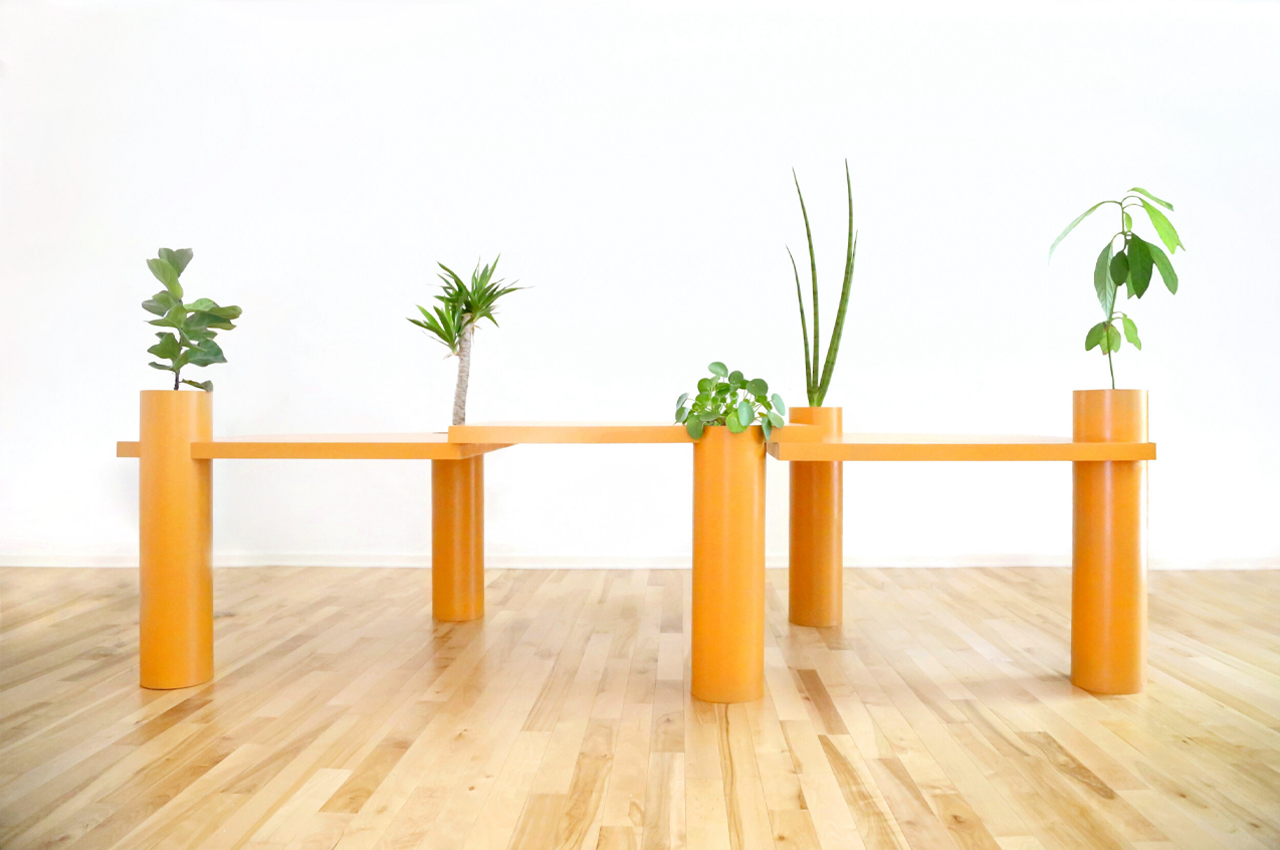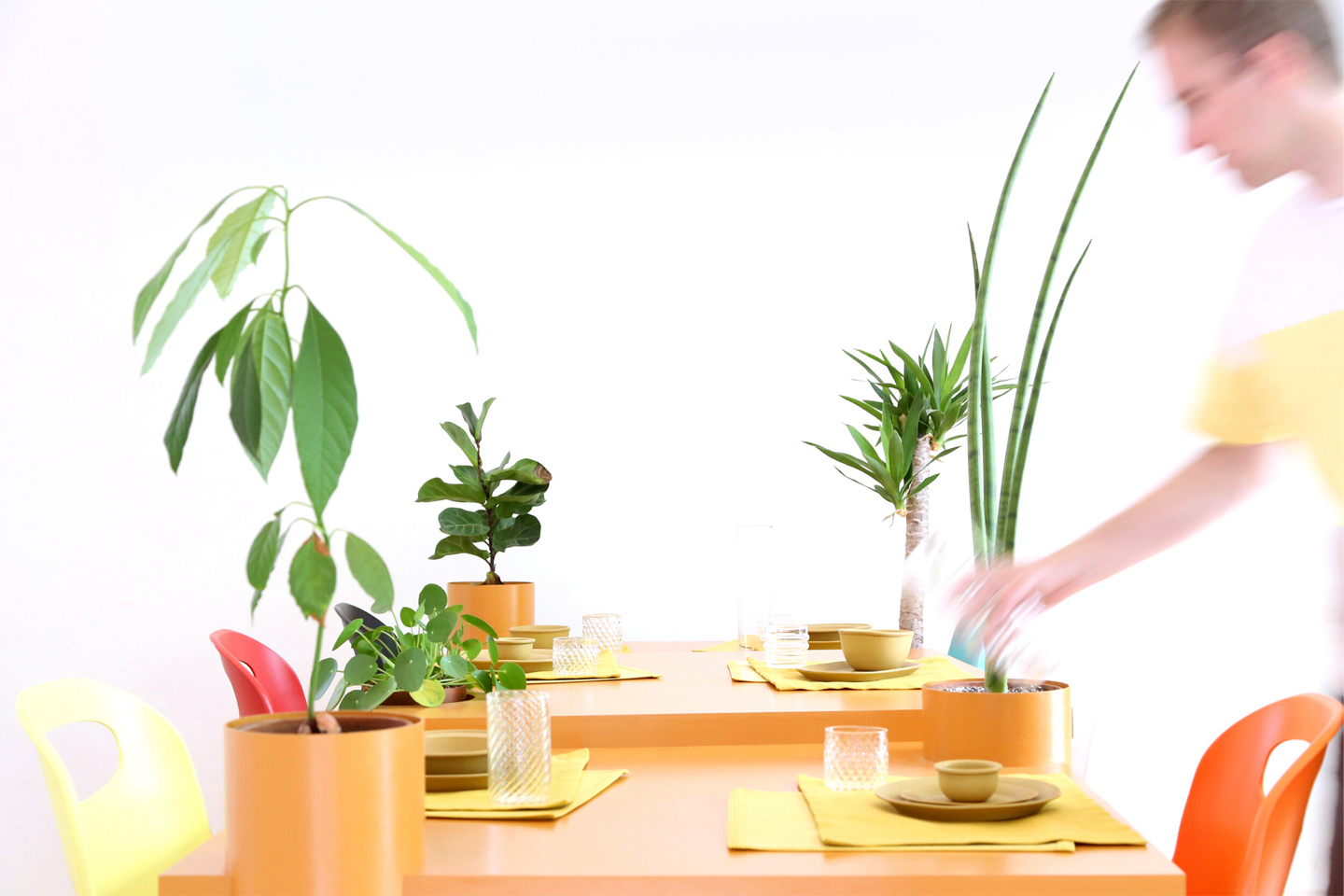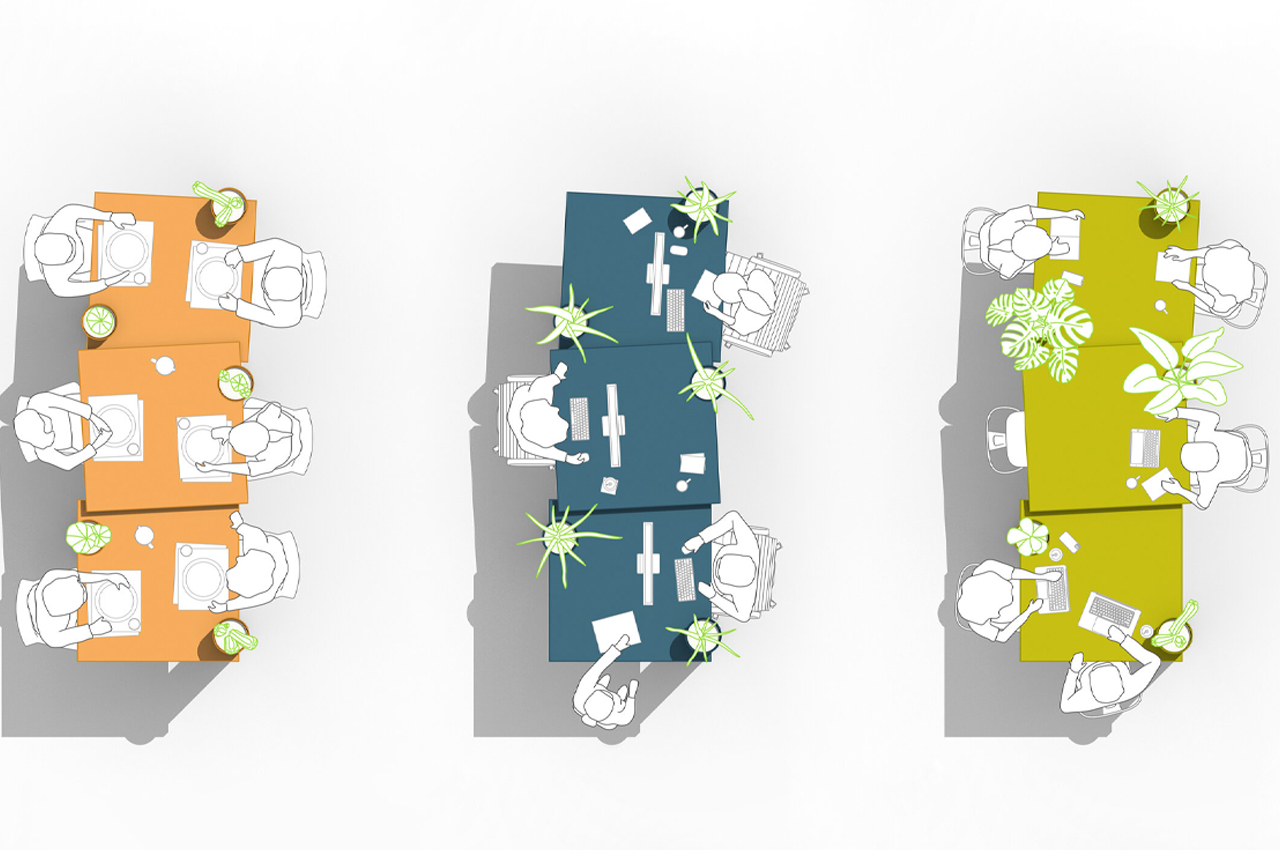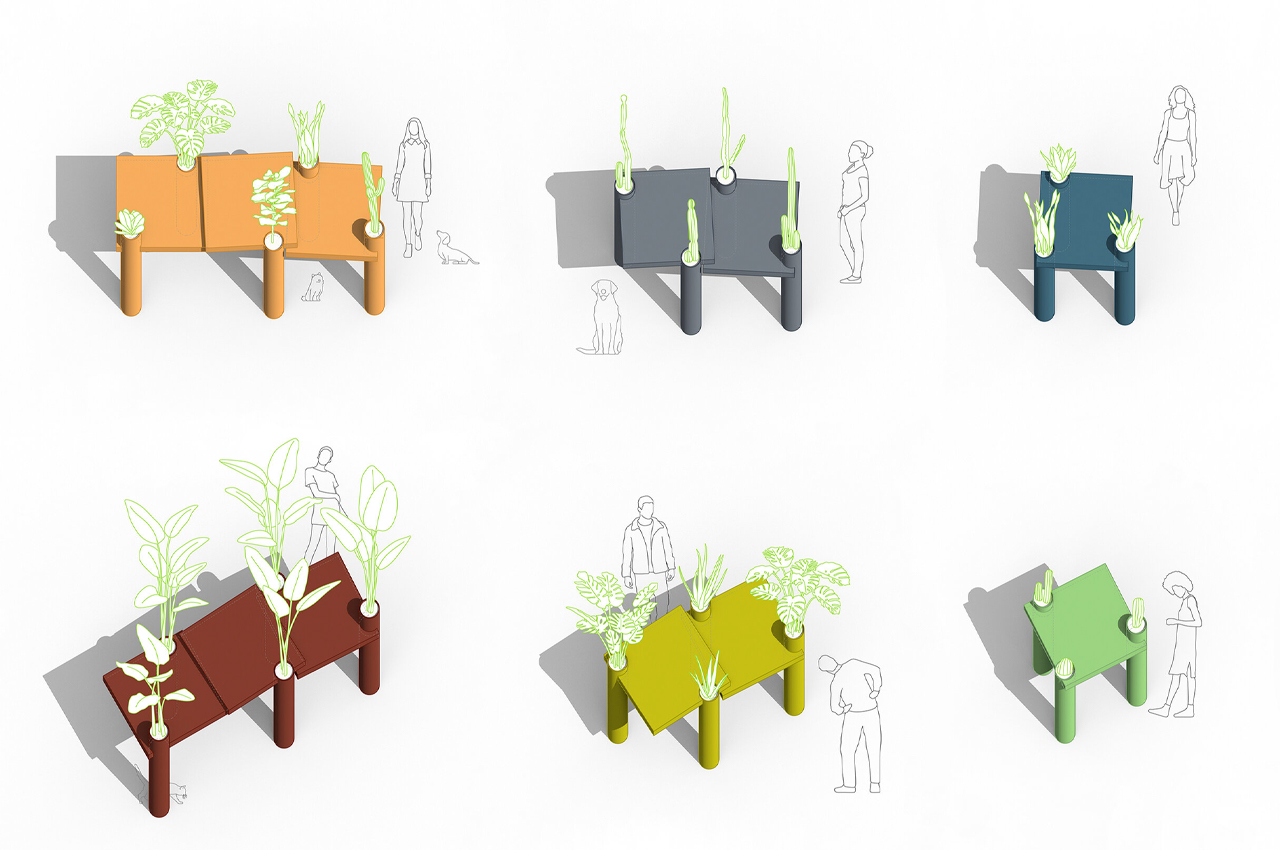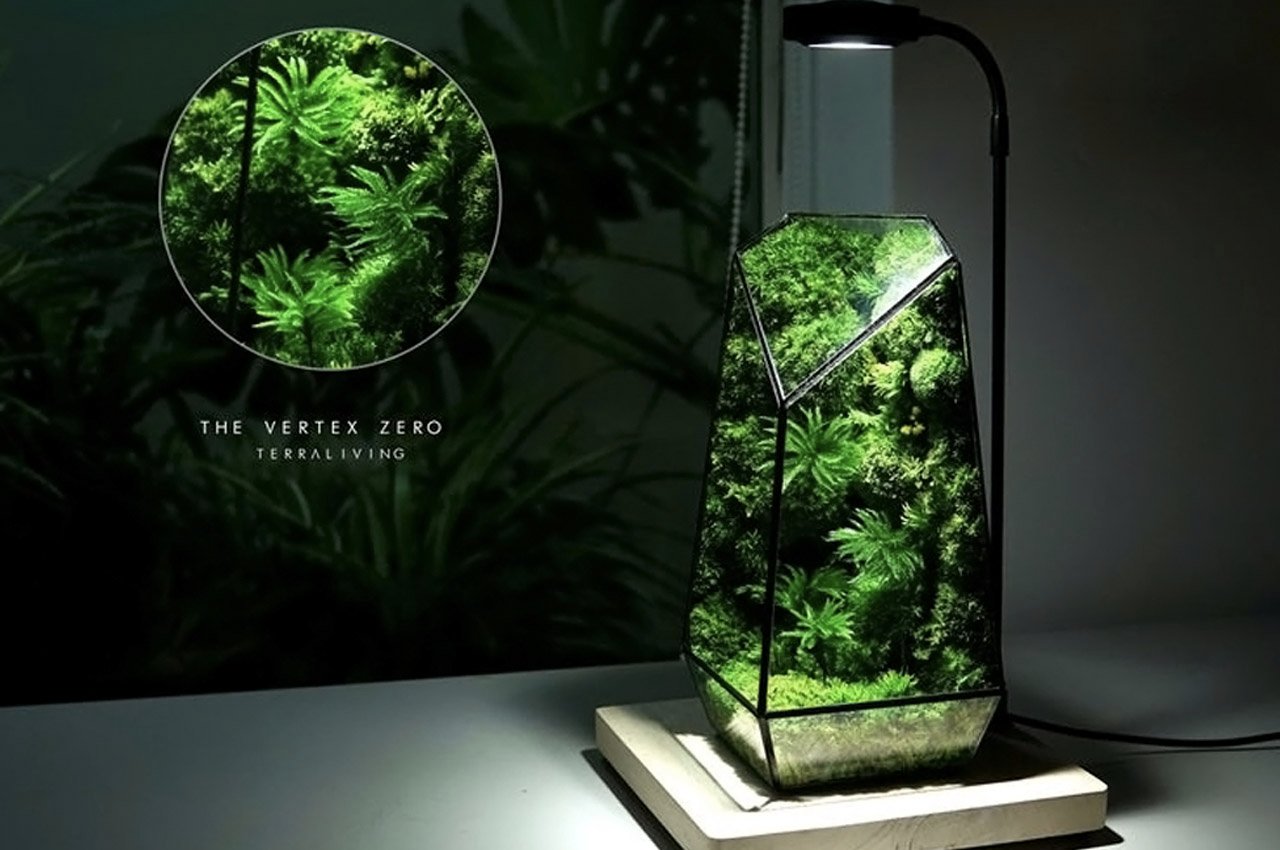
Gardening is an extremely therapeutic activity, and though I may not engage in it all the time, the few times that I have, I found it really delightful and soothing. Growing, tending to, and being surrounded by plants is intensely satisfying. All your worries slowly fade away, and you are simply enthralled by nature. And indoor gardening has become one of the major trends these days! Plants can truly transform a living space with their gentle presence. They add a touch of green and nature and create a serene and zen atmosphere. But tending to them is not the easiest task always! You need to pay special attention to your beloved plants and give them the best care to ensure that they grow well. And, we’ve curated a whole collection of product designs to help you with that! From a wearable that lets your plants communicate with you to an indoor vertical farm that uses LED lights and plant pods – these products are all you need to create a nurturing environment for your plants and ensure they grow beautifully!
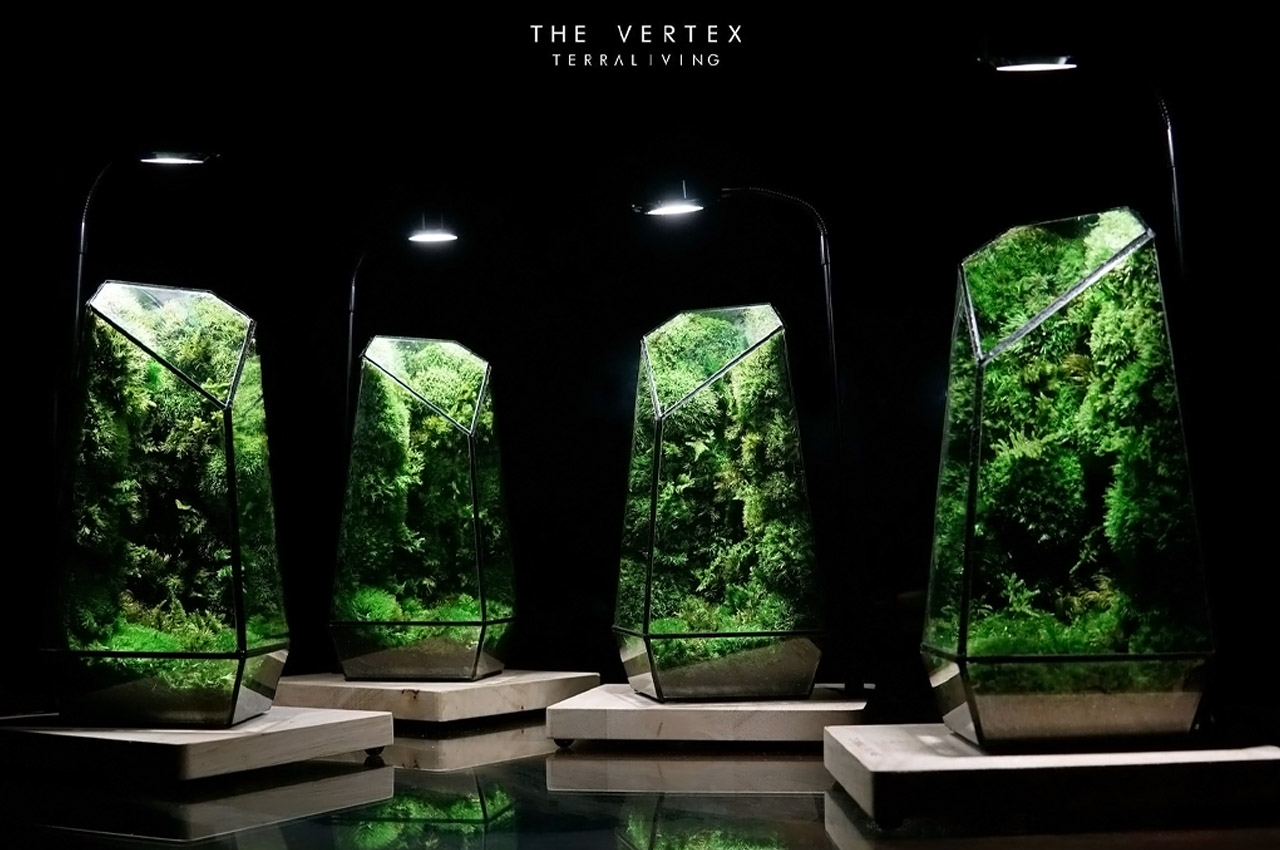
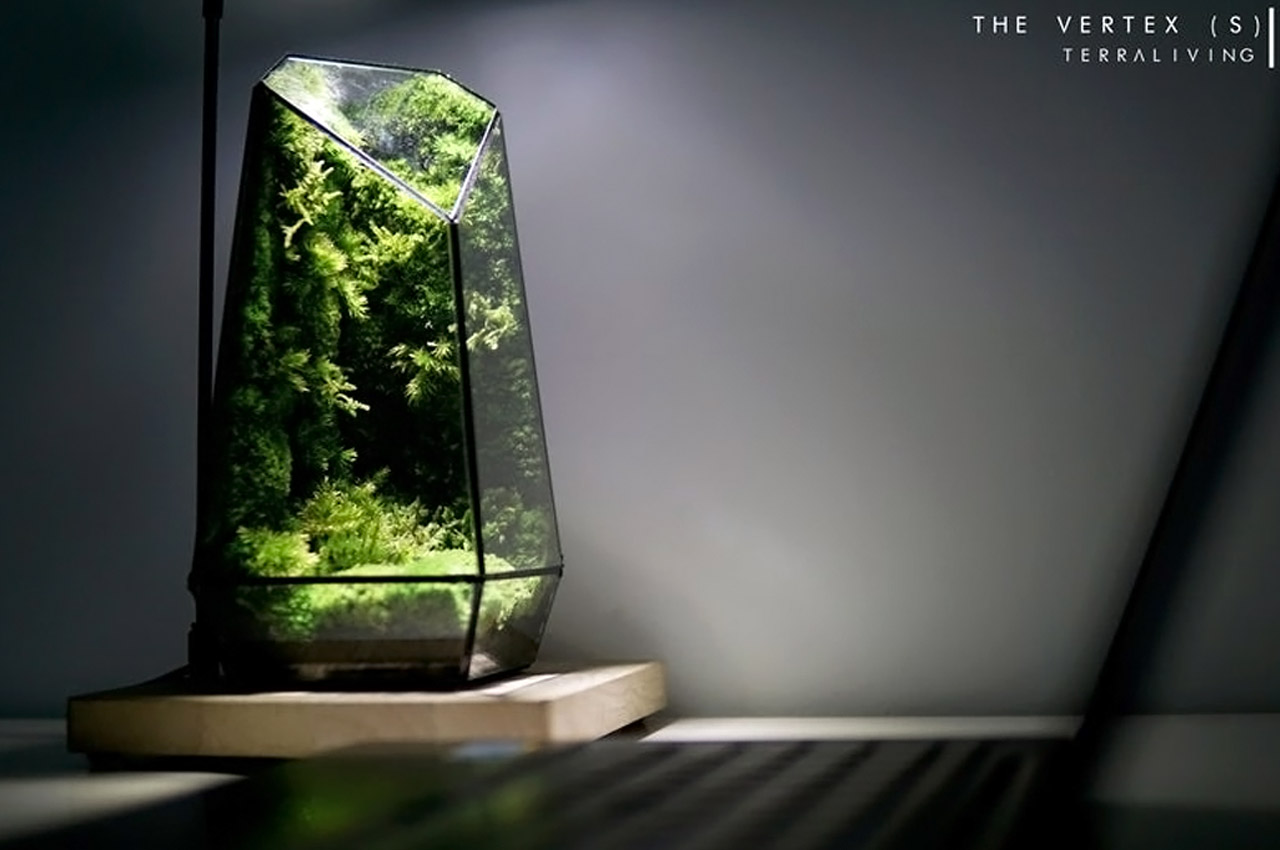
Requiring no water for maintenance, Vertex Zero is a terrarium that encases real, biologically inactive moss, cultivated in TerraLiving’s own greenhouse and preserved in labs, inside museum-grade geometric glass containers. Live mosses are grown and cultivated in TerraLiving’s greenhouse dubbed the “Moss Lab,” before reaching the peak of their health and preserved for encasement. Using proprietary advanced preservation technology, each patch of live moss is stripped of any water content in low-pressure zones and subzero temperatures to freeze their proteins and biological components, rendering them inactive, but frozen in time.
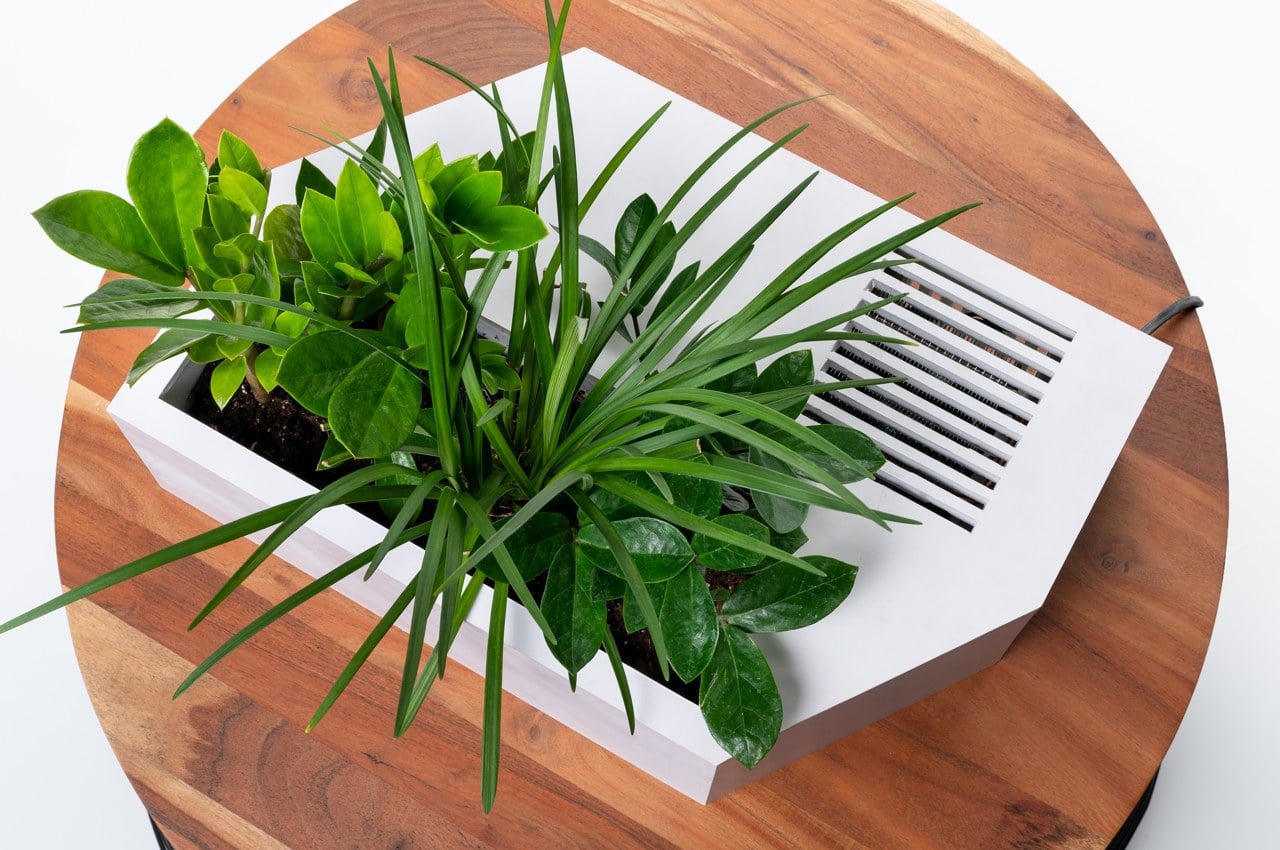

Designed to take the absolute hassle out of watering and taking care of your plants, WALTY gives them the water they need by simply pulling it out of the atmosphere. Because a singular plant can’t generate and capture enough atmospheric humidity as an entire forest, WALTY basically does that part for your plant. Now it might sound borderline magical, but the way WALTY works is similar to a dehumidifier. A dehumidifier pulls moisture from the air using cold plates that force water droplets to condense on them. The droplets then drip down into a reservoir tank, and when it fills up, you simply empty it out. WALTY’s approach is similar, except it uses that very water to keep your plant hydrated… sort of like a win-win.
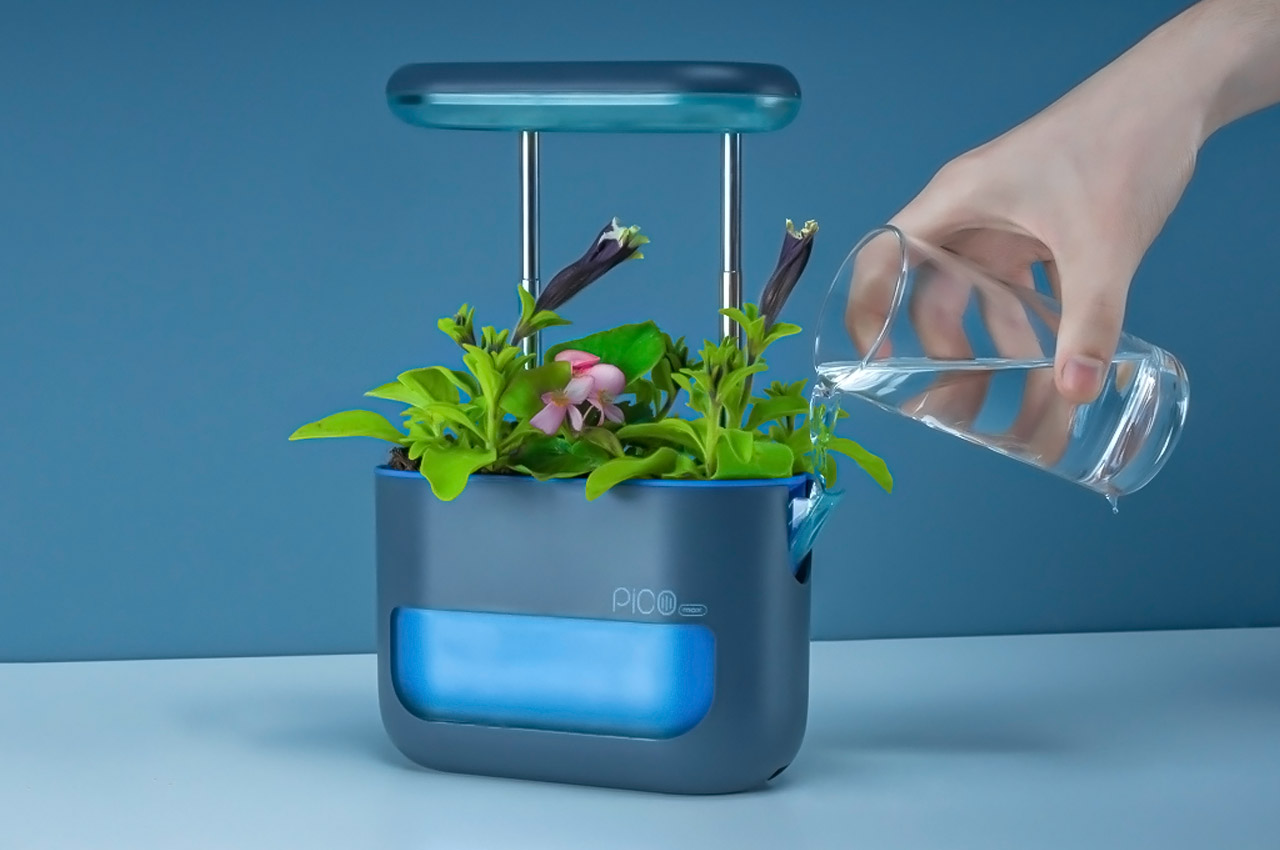
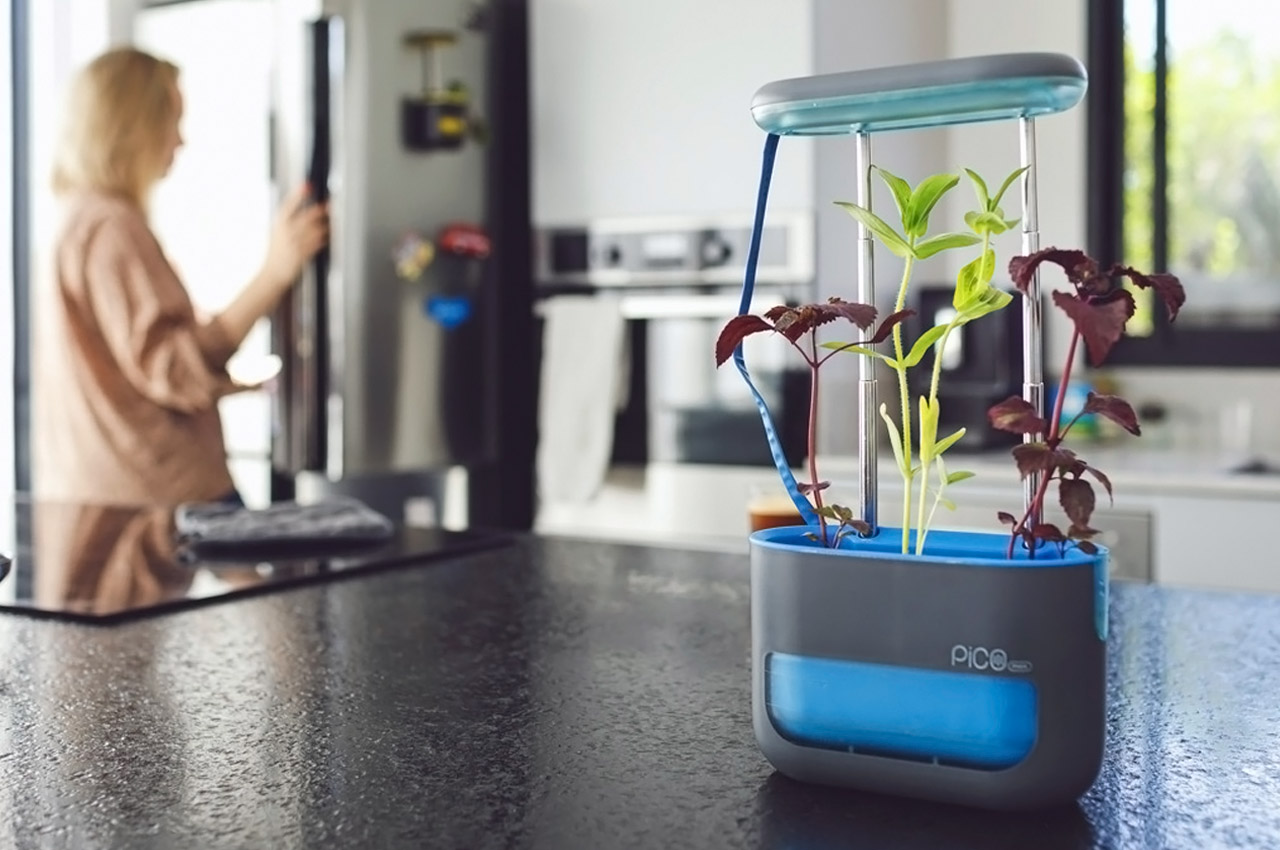
Meet the Pico Max, a compact, self-growing planter that turns your kitchen counter into a kitchen garden. From herbs to fruits, veggies, sprouts, succulents, and even leafy greens, Pico Max manages it all. If last year’s Pico was for enthusiasts looking to dip their toes in gardening, Pico Max helps them take gardening more seriously by actually cultivating plants that serve as decor, natural air-purifiers, or as kitchen ingredients. It comes with a wider gardening bed than its predecessor, allowing you to grow even more plants than before. The planter itself comes in a funky set of colors that add vibrance to your decor, and have an integrated window on the front that lets you observe the planter’s water level. Each Pico Max comes with its own dedicated water reservoir and the plant basically waters itself as and when it needs. All you really do is replenish the water reservoir every couple of days and you’re good to go!
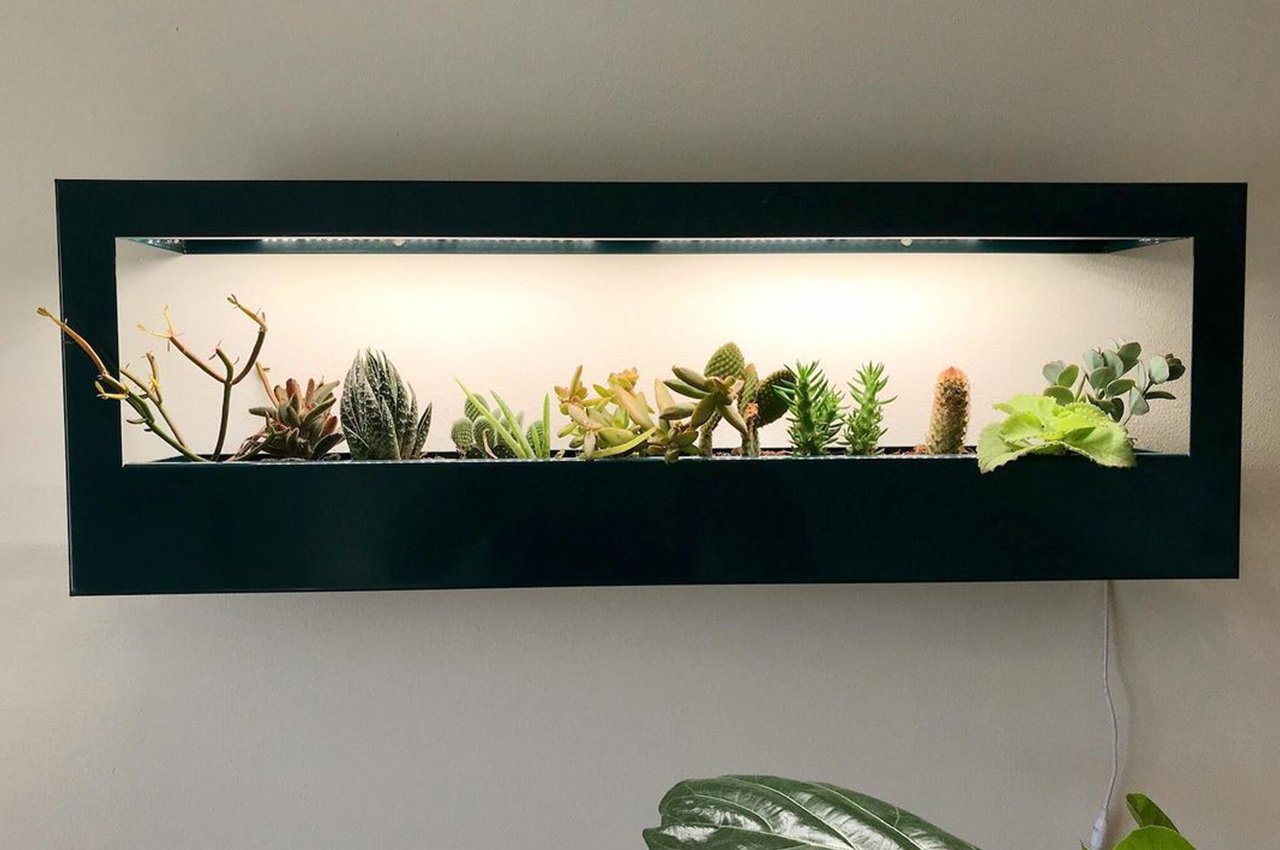

Designed by Modern Sprout, the Smart Landscape Growframe is a minimal frame that can be mounted on any wall on your home, and whose functionality is more complex than its simple looks! It nourishes all kinds of plants – from ones that seek low light, to ones that seek bright light. Once mounted on a wall, you can slide your favorite plants into the Growframe, and connect to the Modern Sprout app. The app is a complete godsend! The app features an on/off switch and can be used for customizable programming and pairing recommendations for partial shade, partial sun, and full sun plants. You can easily select and switch between light settings.
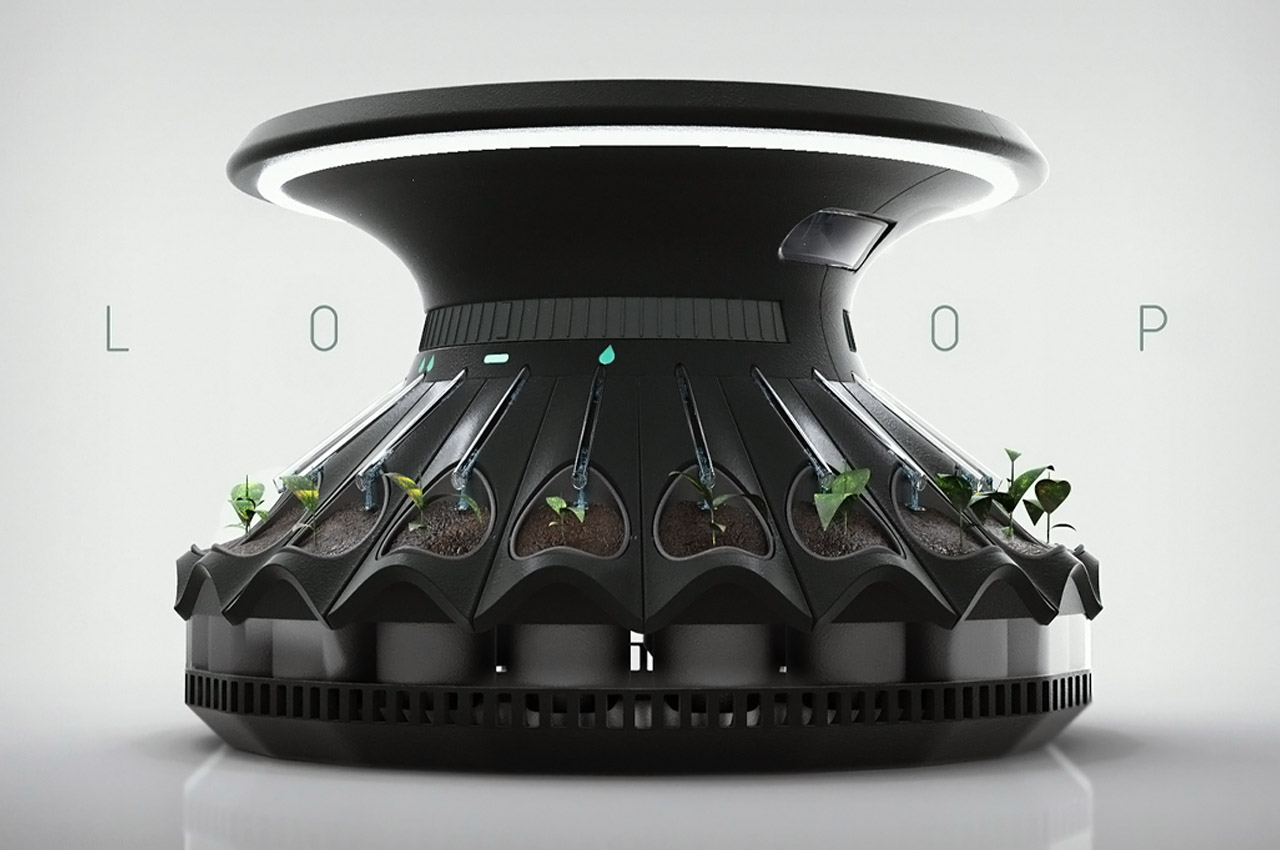
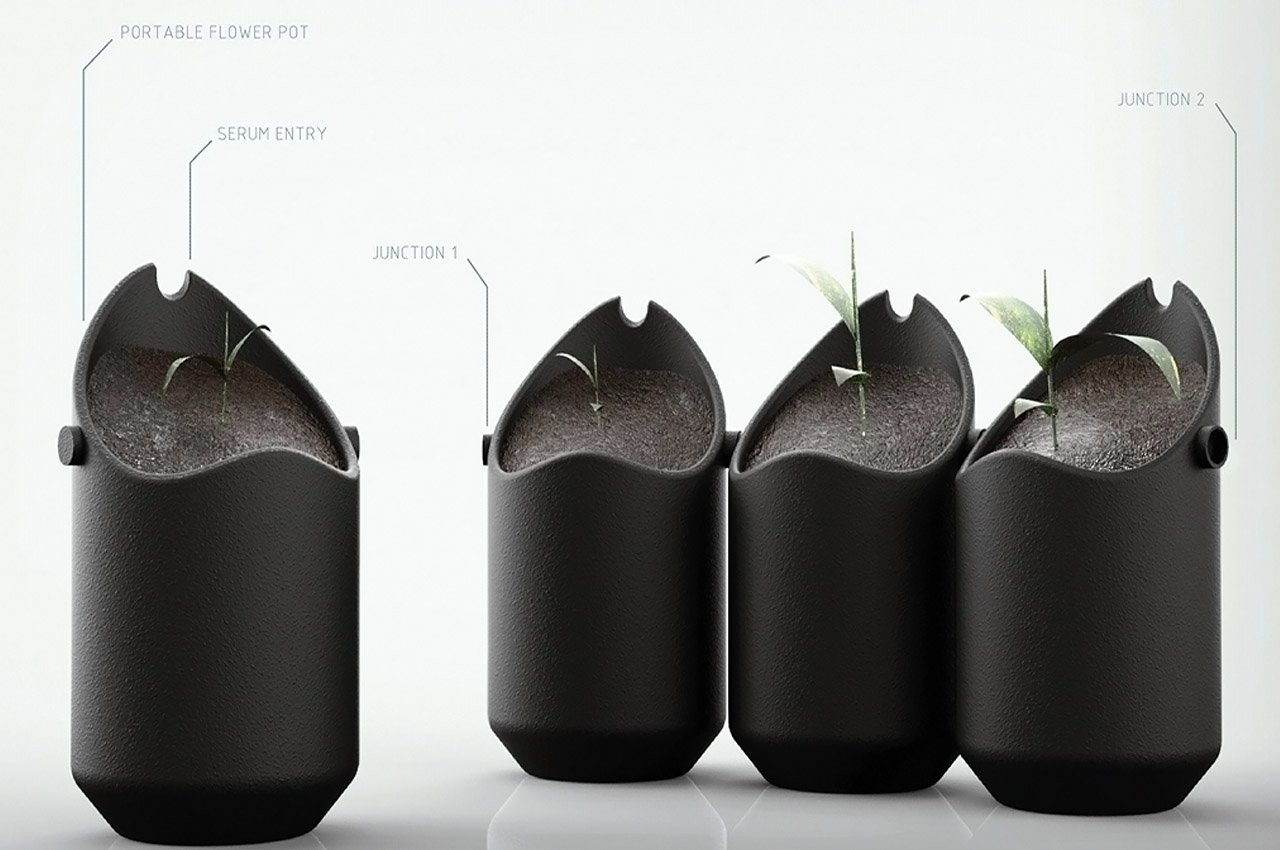
Loop is a smart planting system that feeds and tends to your plants while you’re away through an automated irrigation system. The agriculture system is shaped like a plume, flowering from the top and the bottom, keeping the seed modules in a radial row to form a skirt. Each seed module is detachable and securely locks onto one another through junction sockets, forming a link. Along the underbridge of the system’s lid, LEDs disperse light over the plants, adjusting their levels according to the time of day. Users simply add seeds to the modules, position the modules to match up with the irrigation system, lock the top water reservoir into place, then watch as the water drips and the plants grow.
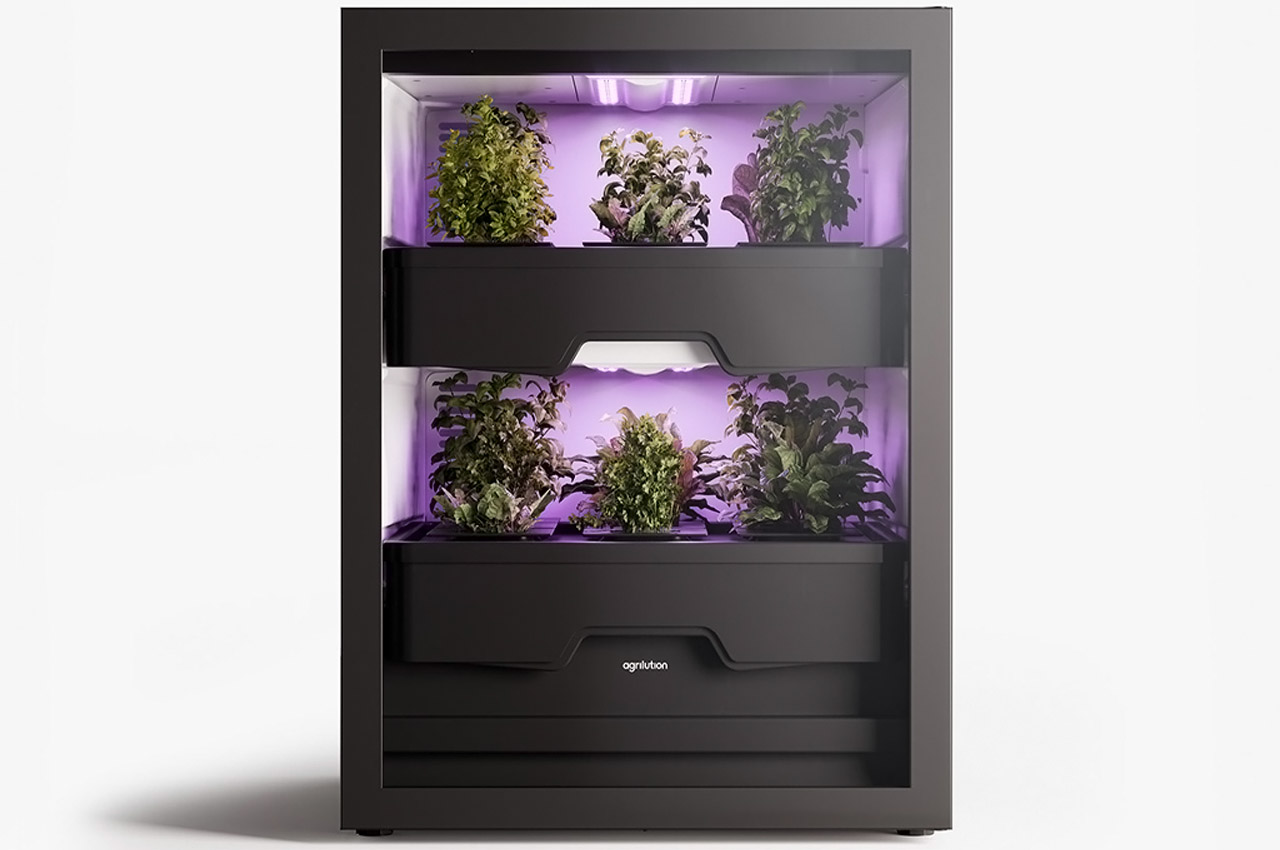
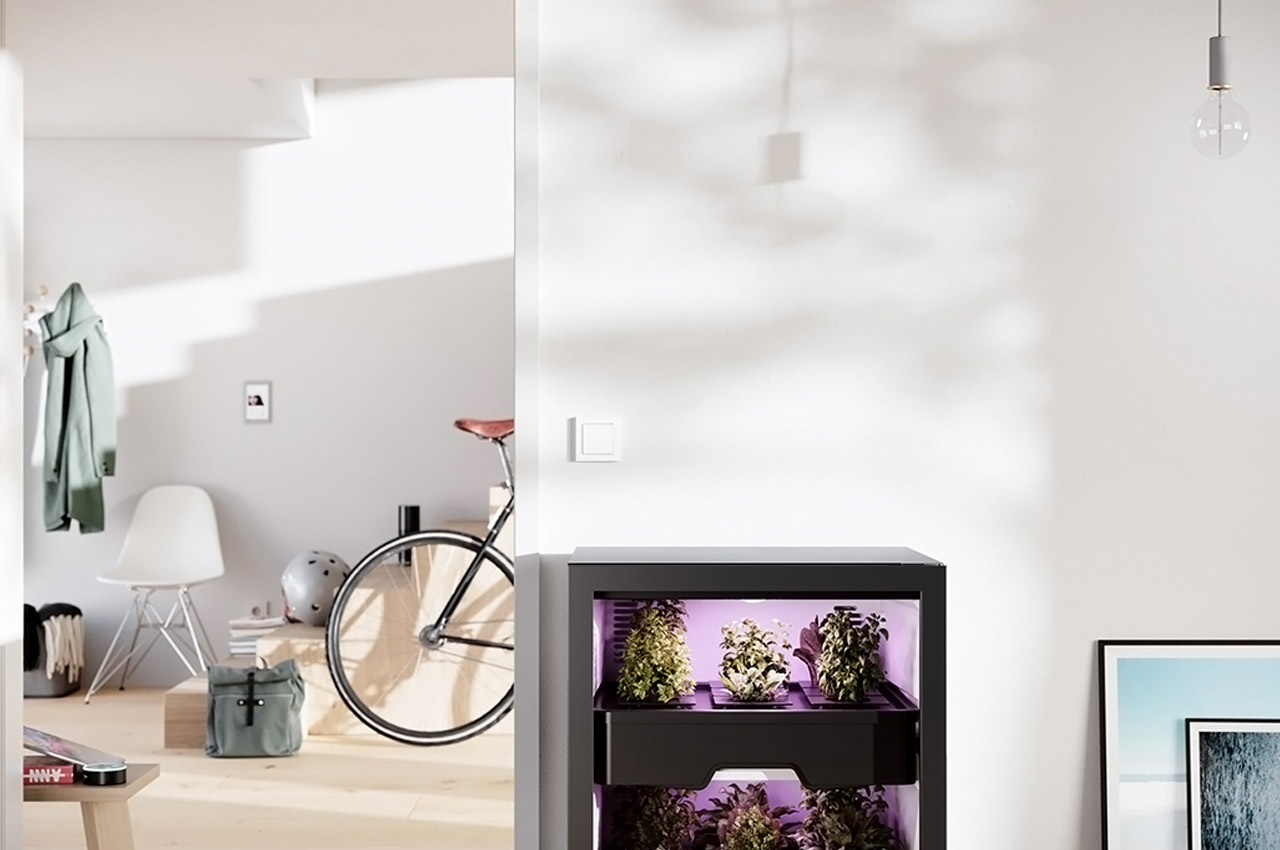
Based on the 3D visualizations developed by the team at The Subdivision, Agrilution operates like most indoor vertical farming products. Nicknamed Plantcube, Agrilution forms the shape of a small refrigerator, containing two sliding shelves that host the crops and soil planters. With interior LED grow lights, the crops inside of Agrilution are nourished with as much mock sunlight as they might need to thrive. In addition to the LED grow lights, Agrilution comes with an app that helps users control the caretaking of their plants. The app uses smart technology in conjunction with vertical farming techniques by indicating to users when their vertical garden might need more water or soil replenishment. Following today’s smart farming and gardening wave, Agrilution turns farming into an accessible and simpler task for those living in smaller spaces who would still like to develop sustainable lifestyle practices.
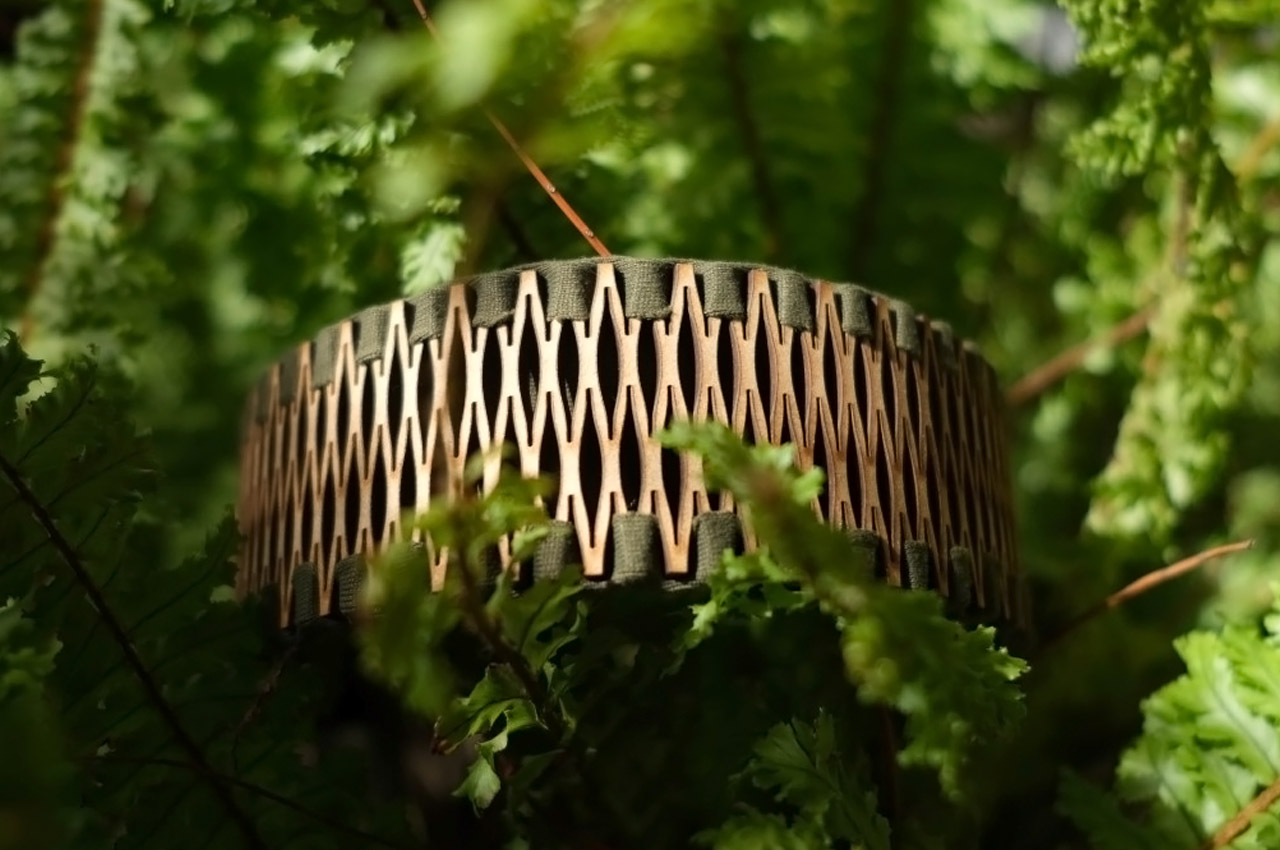

There are a lot of factors that contribute to a plant’s health – soil, water, sunlight, pests, etc. But there isn’t any easy way of knowing what your plant needs… the BioCollar is changing that. Designed by students at the Copenhagen Institute of Interaction Design, the BioCaller is a wearable that builds empathy between the wearer and the connected plant. When paired with a piece of hardware that goes into the planter, the collar helps you understand the plant’s needs through real-time feedback. It becomes moderately tighter when the plant needs water, gets warm when the plant has too much sunlight and vibrates when the plant has an infestation. In doing so, the wearable aims at letting the plant easily communicate its needs to you, and enables you to be a better plant parent.
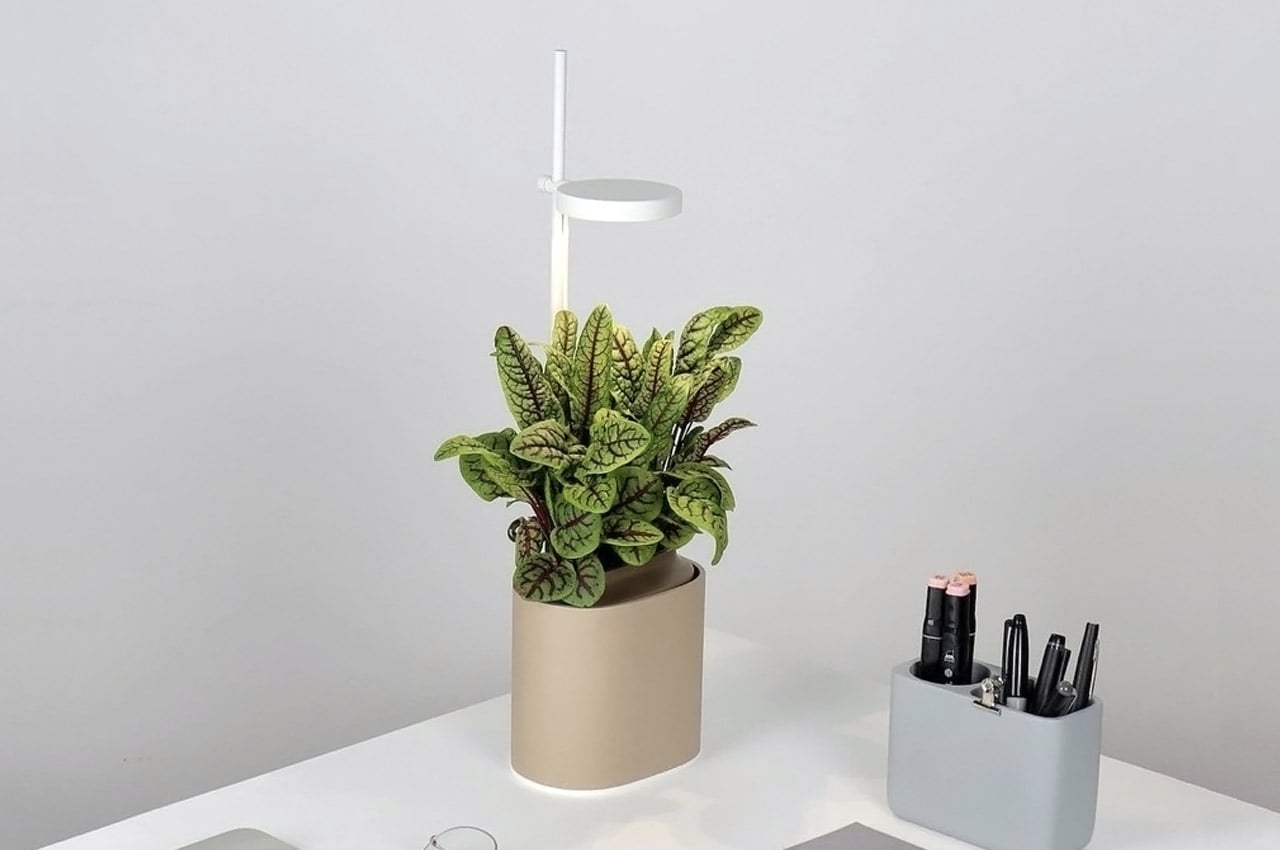
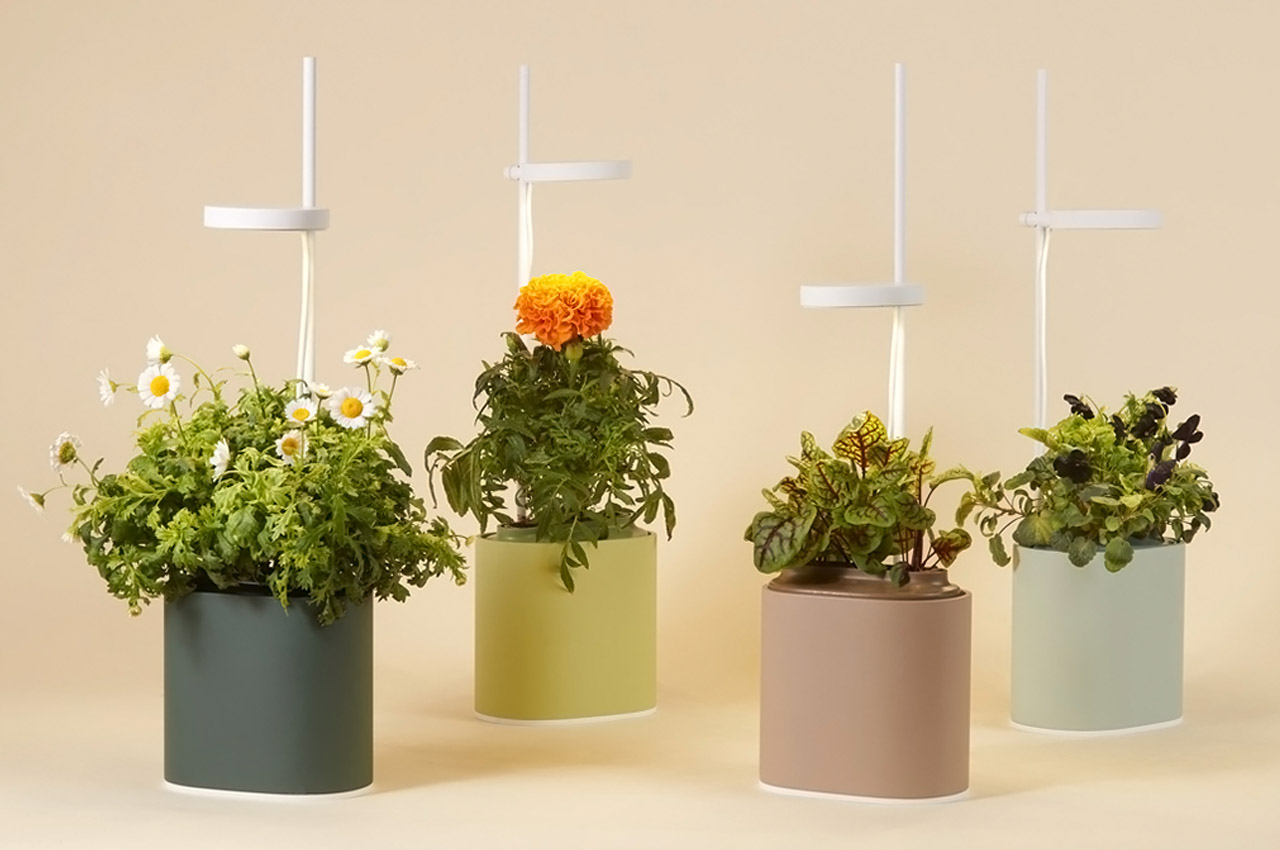
The Nano Garden features a two-part planter that waters and aerates itself thanks to its clever design. The pot itself holds water, while the floater inside houses the plant-pod – an all-in-one compostable pod that contains seeds and nutrients suspended within a growth medium. The pod floats on water, taking in as much as the plants need… and as the water level depletes, the floating pod descends downwards into the planter. This allows you to visually gauge how much water there is within your Nano Garden’s reservoir, allowing you to easily fill it up. A full water reservoir lasts anywhere from 2 weeks to a month (depending on the plant you grow), and the plant technically waters itself – so you never need to worry about over or under-watering your plants. The planter is accompanied by a neat light that sits on a telescopic arm that you can height-adjust as your plant grows.
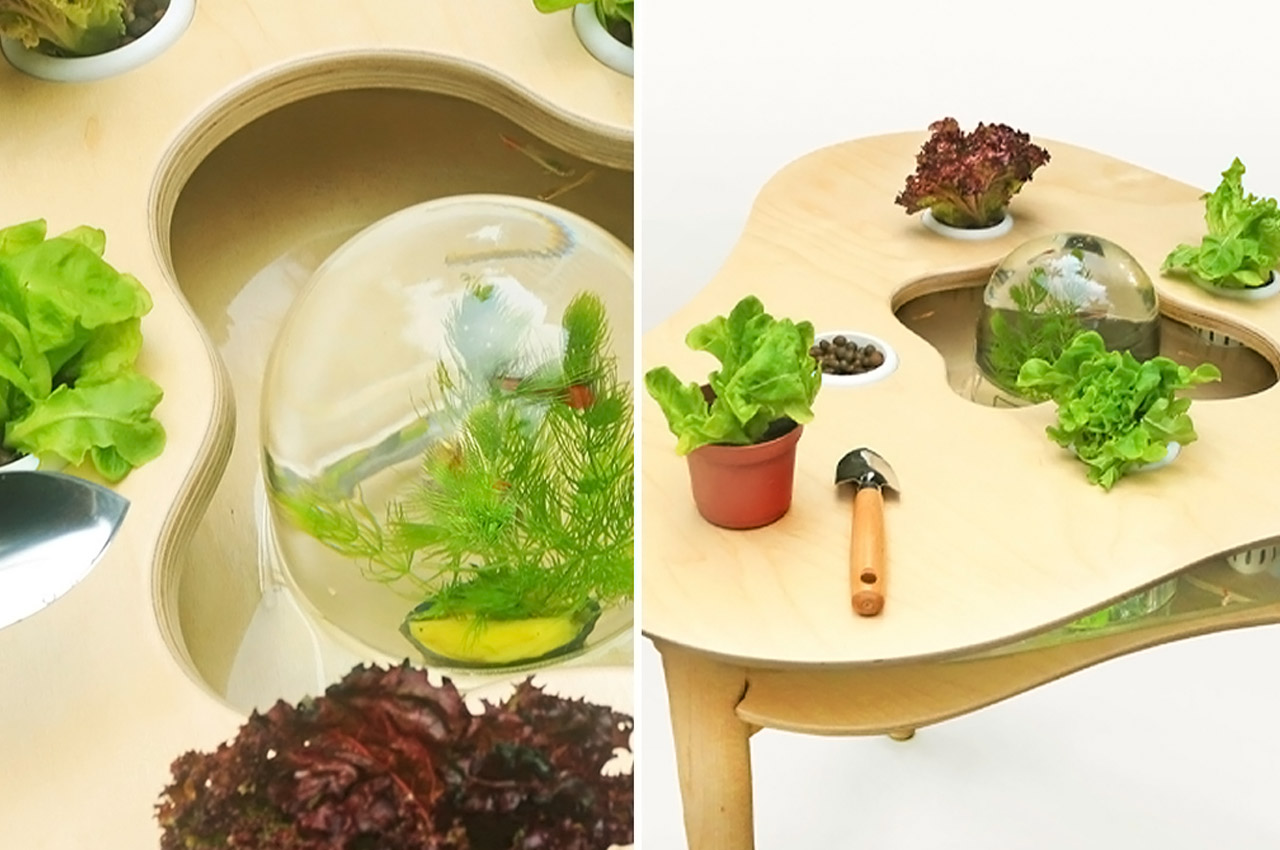
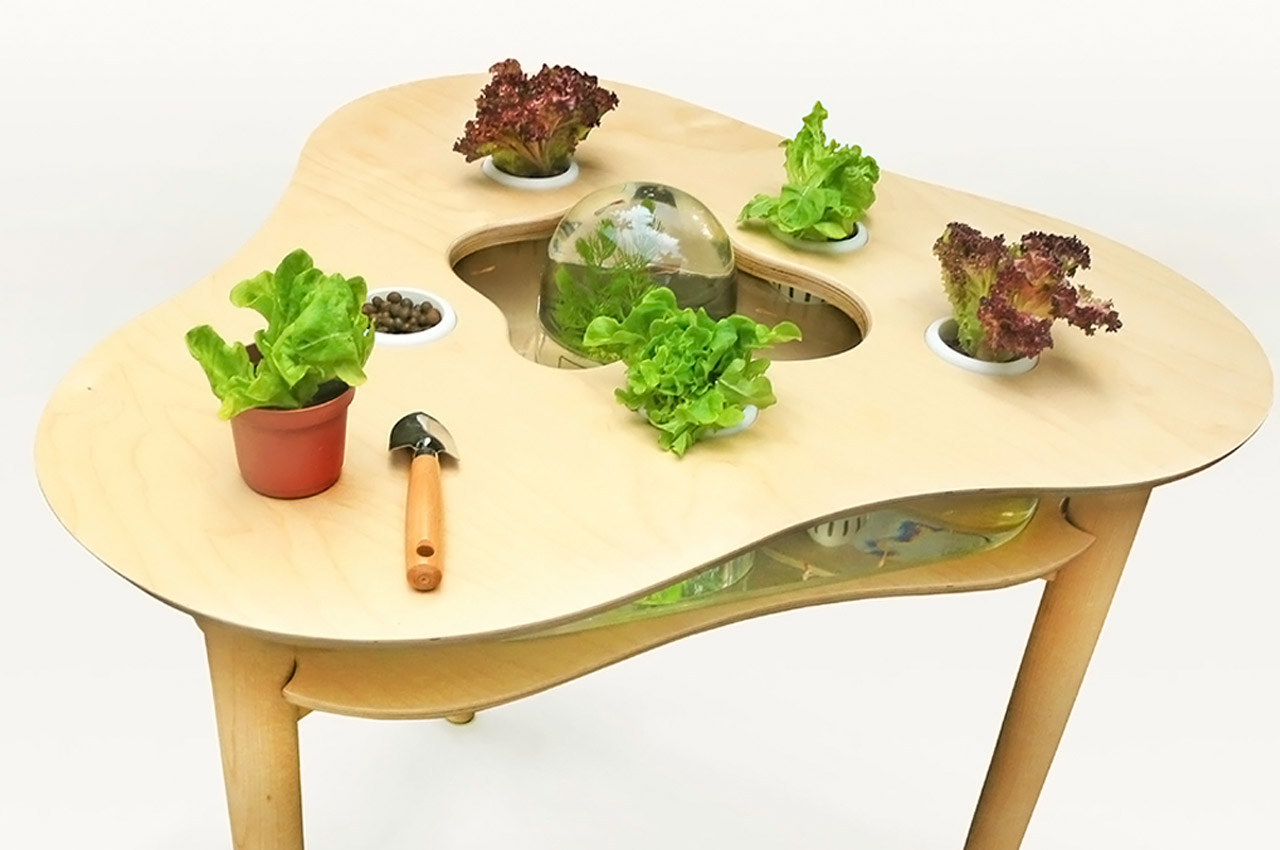
Lively Greens is essentially a horticultural therapy table that uses aquaponics, a combination of aquaculture and hydroponics, to grow plant life. Lively Greens is comprised of a fish tank and a cluster of five pots for growing plants. As the fish in the tank swim and grow, the water turns rich in nutrients, which feeds the hydroponic plant system, allowing the plant life above to thrive and eventually be harvested. Those who help cultivate Lively Greens only have to do the initial planting and watch the fish take care of the rest. Once the plant life and soil have merged with the water in the fish tank, nutrients from the effluent-rich water, as a result of the presence of marine life, help nourish the plants and sustain a healthy growth cycle.
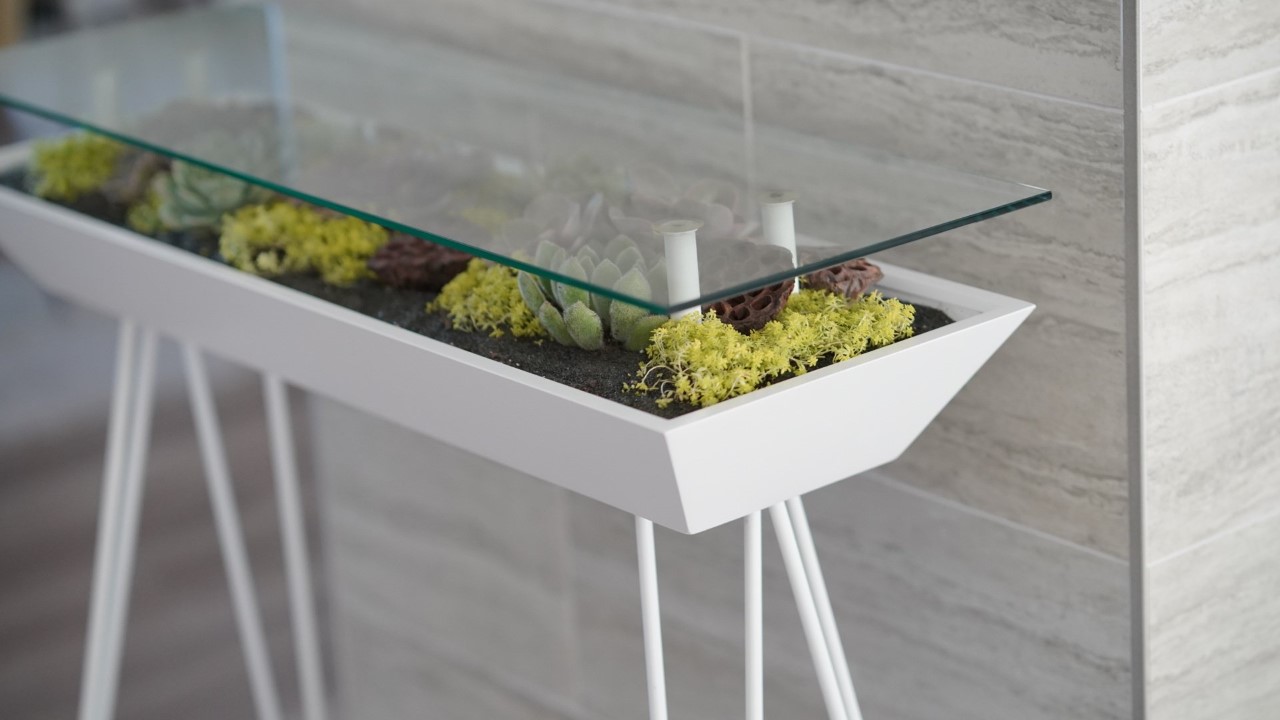
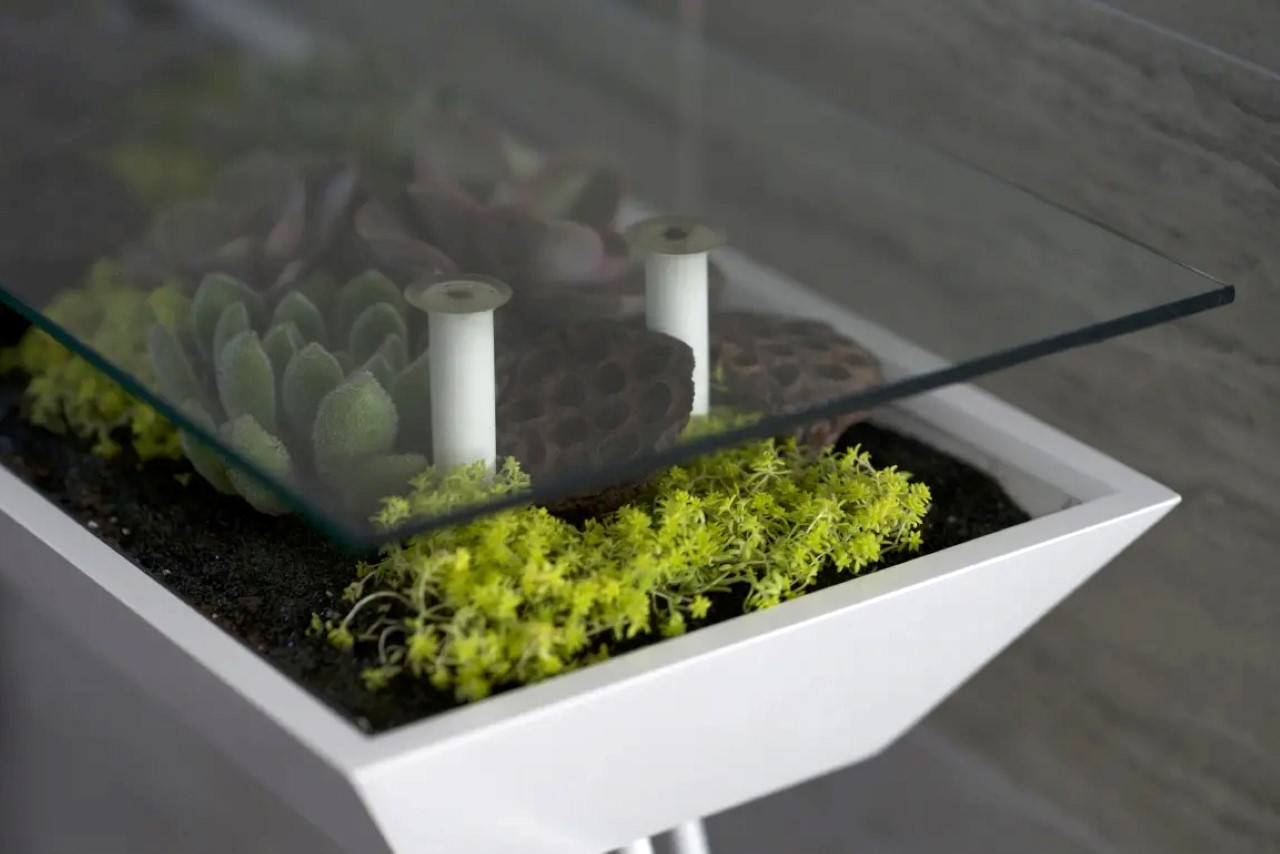
Designed to be the world’s first ‘living furniture series’, the patent-pending BloomingTables allow you to grow herbs and vegetables, cultivate microgreens, or enjoy the beauty of succulents and vining plants in the comfort of your home. With homes and apartments growing smaller and balconies becoming more of a luxury, the BloomingTables provide a unique aesthetic compromise – giving you a table along with the added benefit of a tiny terrarium for your house plants. The BloomingTables come in 4 sizes – a desk, coffee table, entryway table, and a side table – all featuring a waterproof acrylic trough-shaped base and a flat glass panel on top. Each table is equipped with a drain valve at the bottom (just in case you want to drain out any excess water from your planter’s soil), and the glass panel on top is removable too, allowing you to easily water, prune, and tend to your plants!
The post Plant-friendly products designed to fulfill your indoor gardening aspirations + cultivate a sustainable lifestyle! first appeared on Yanko Design.

